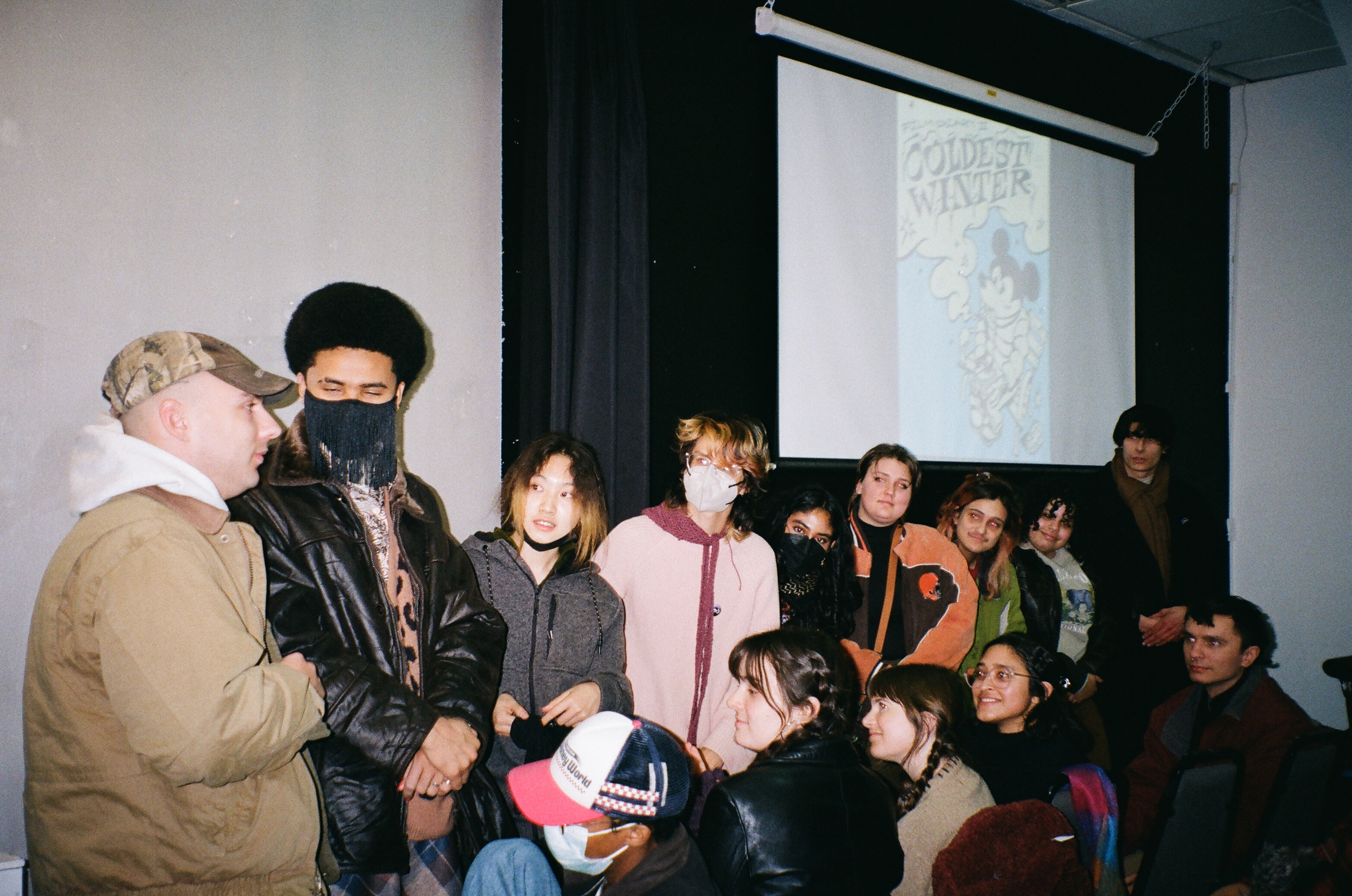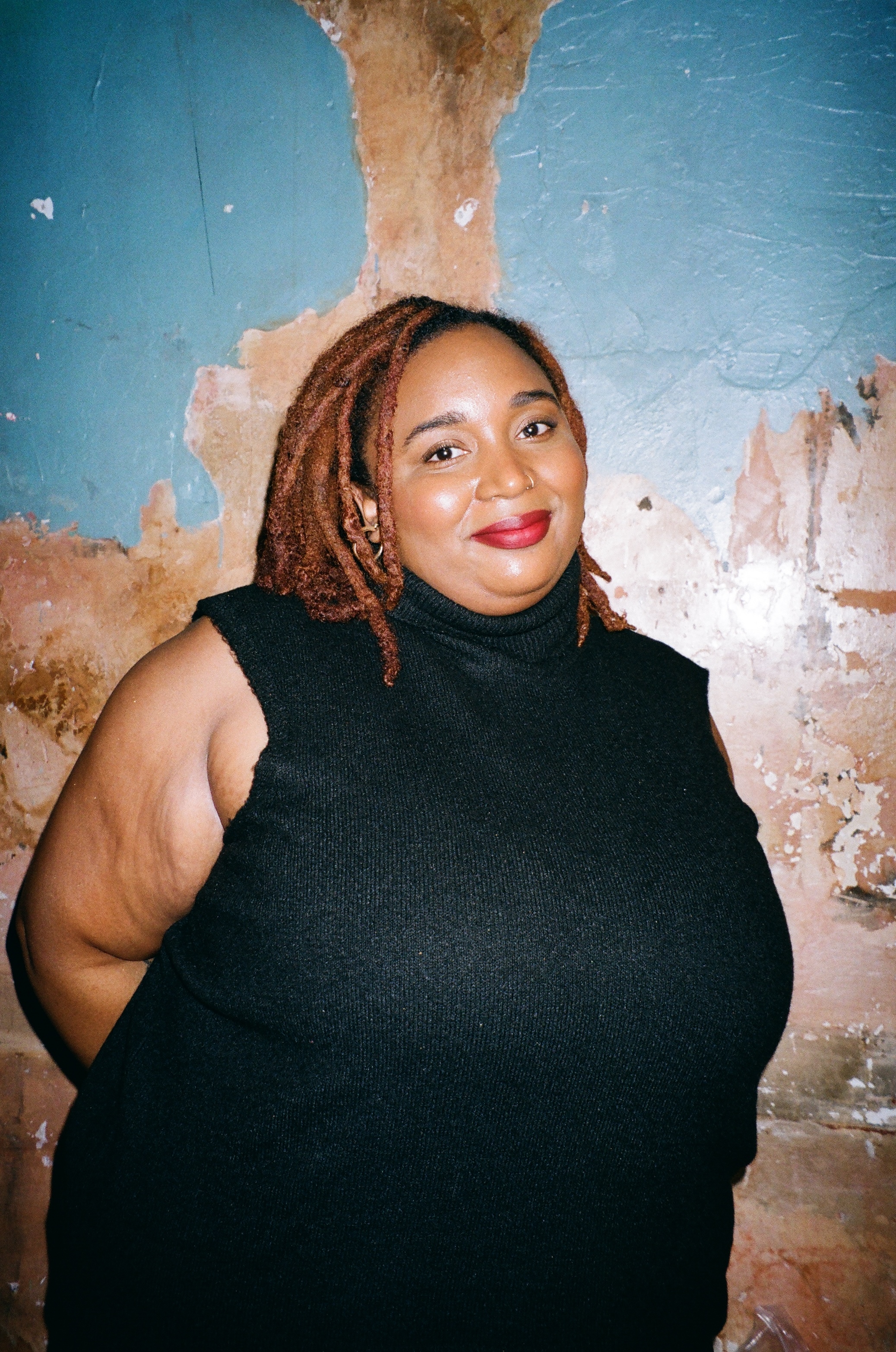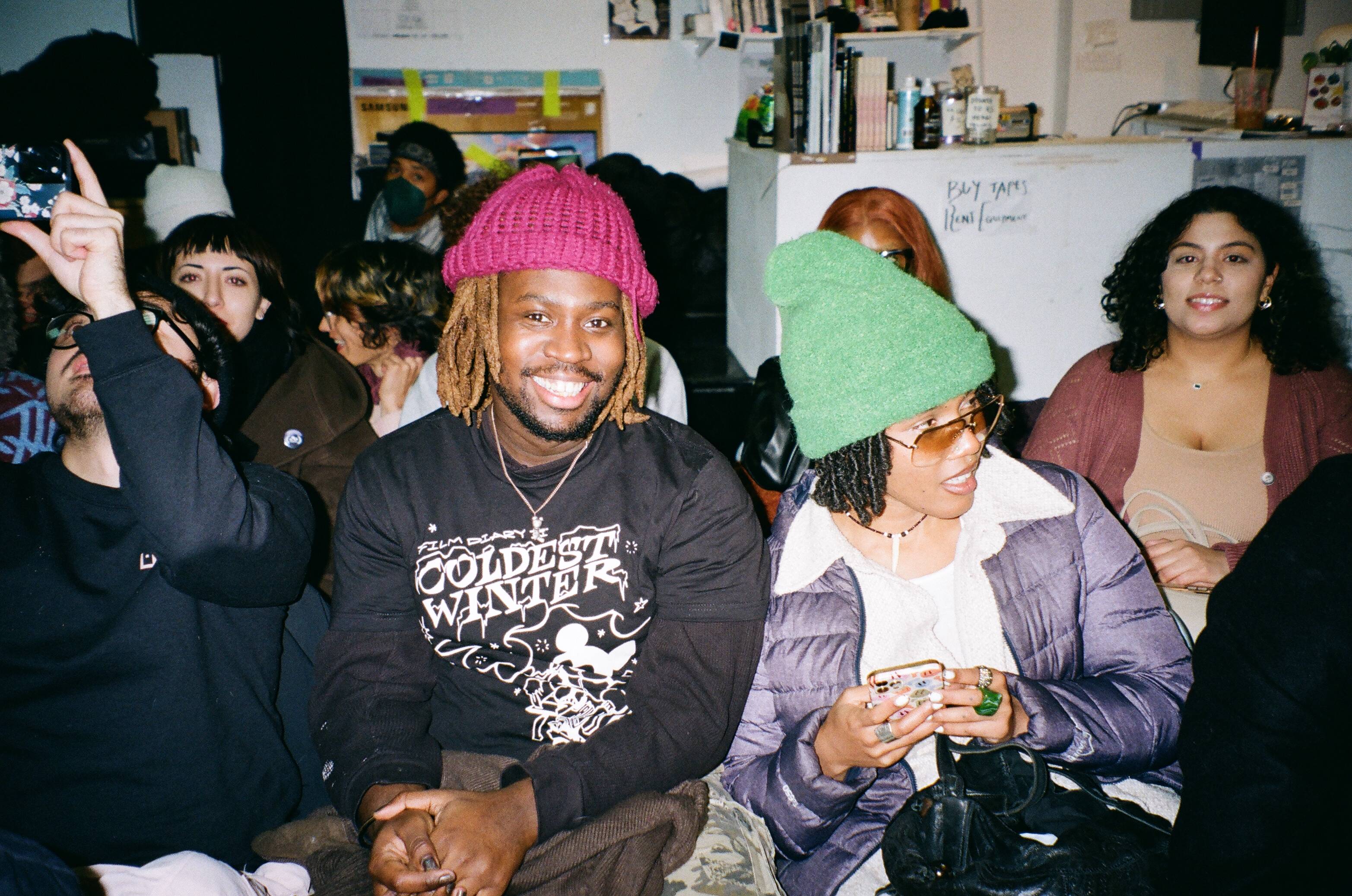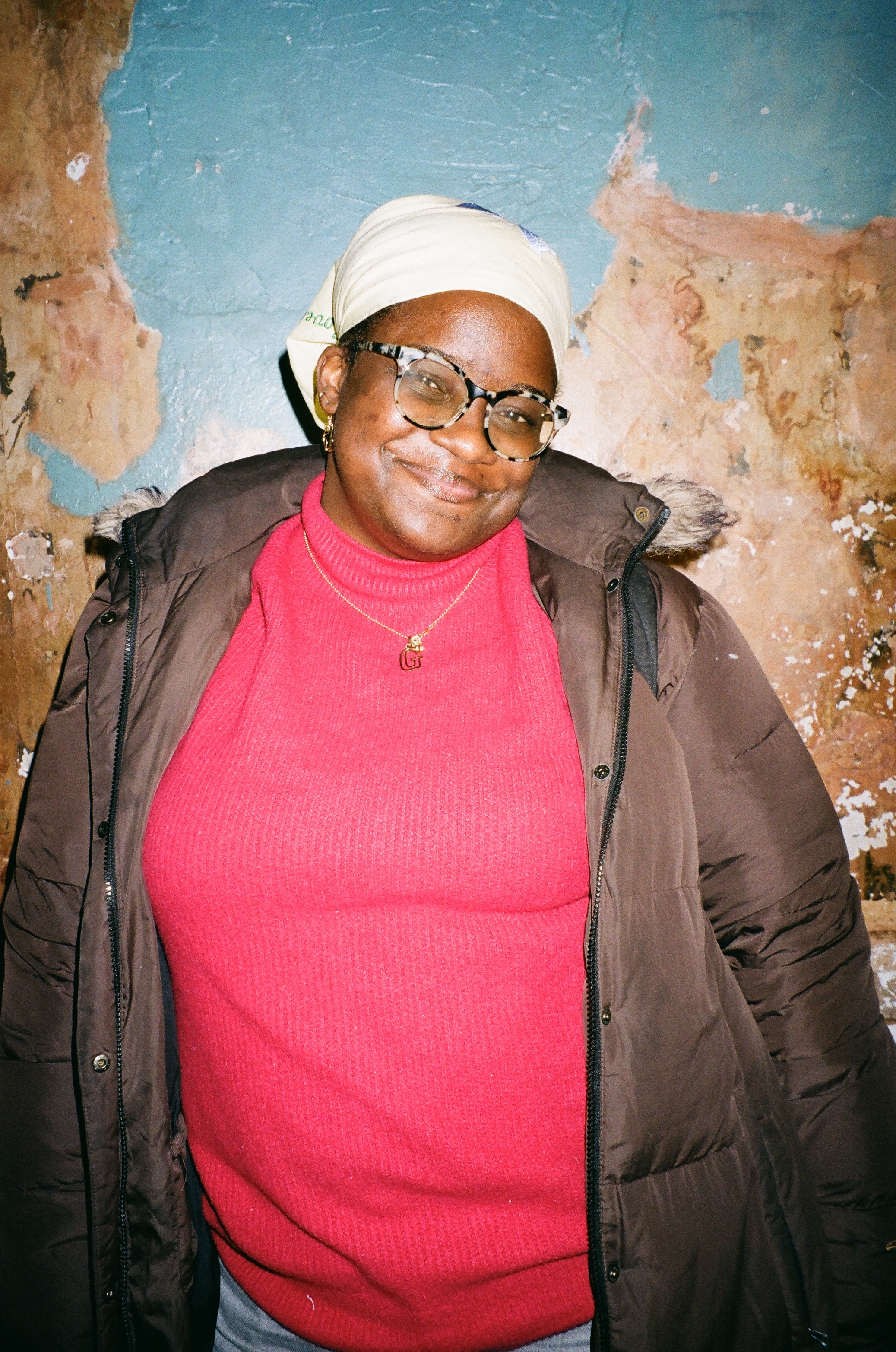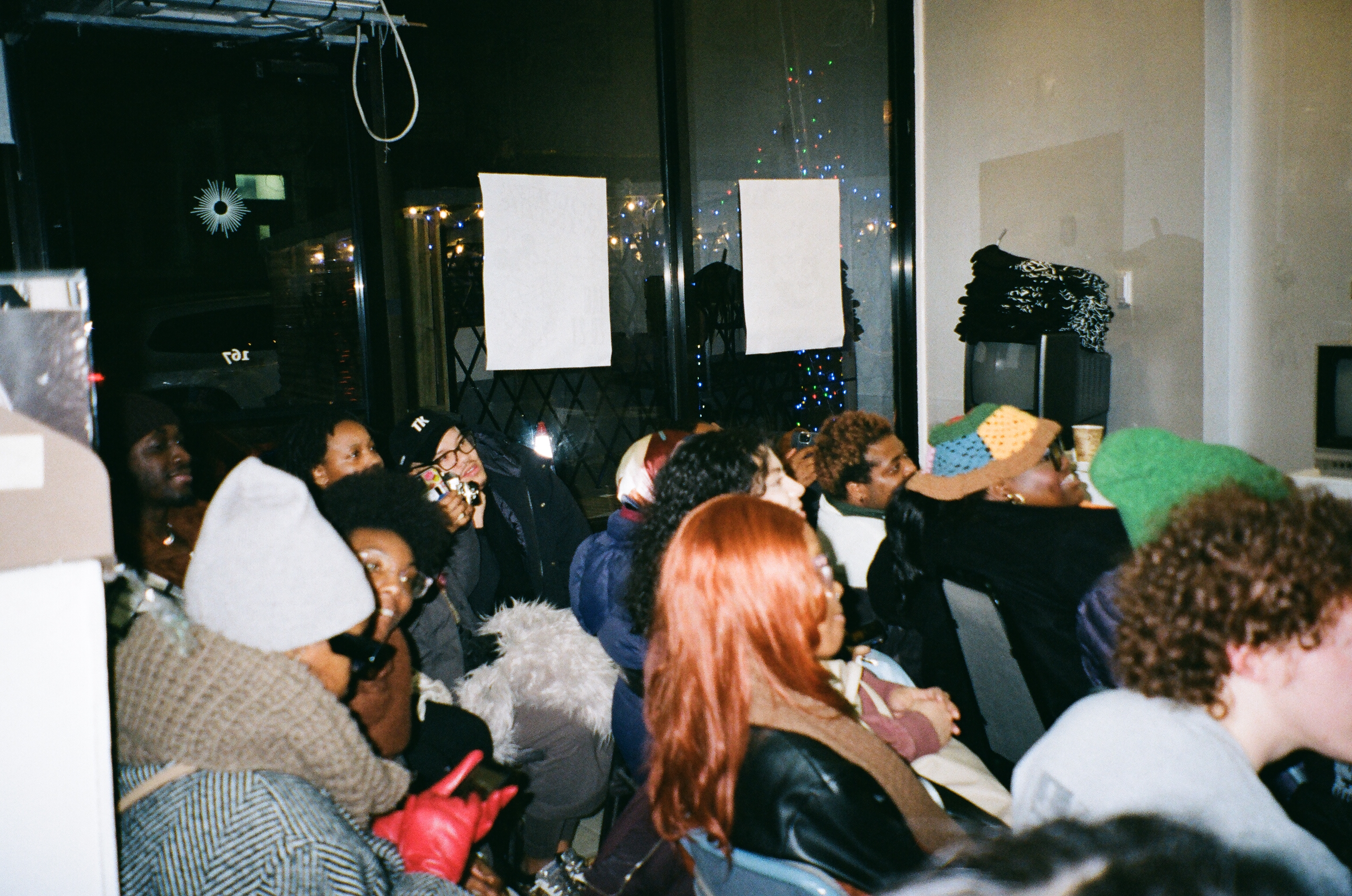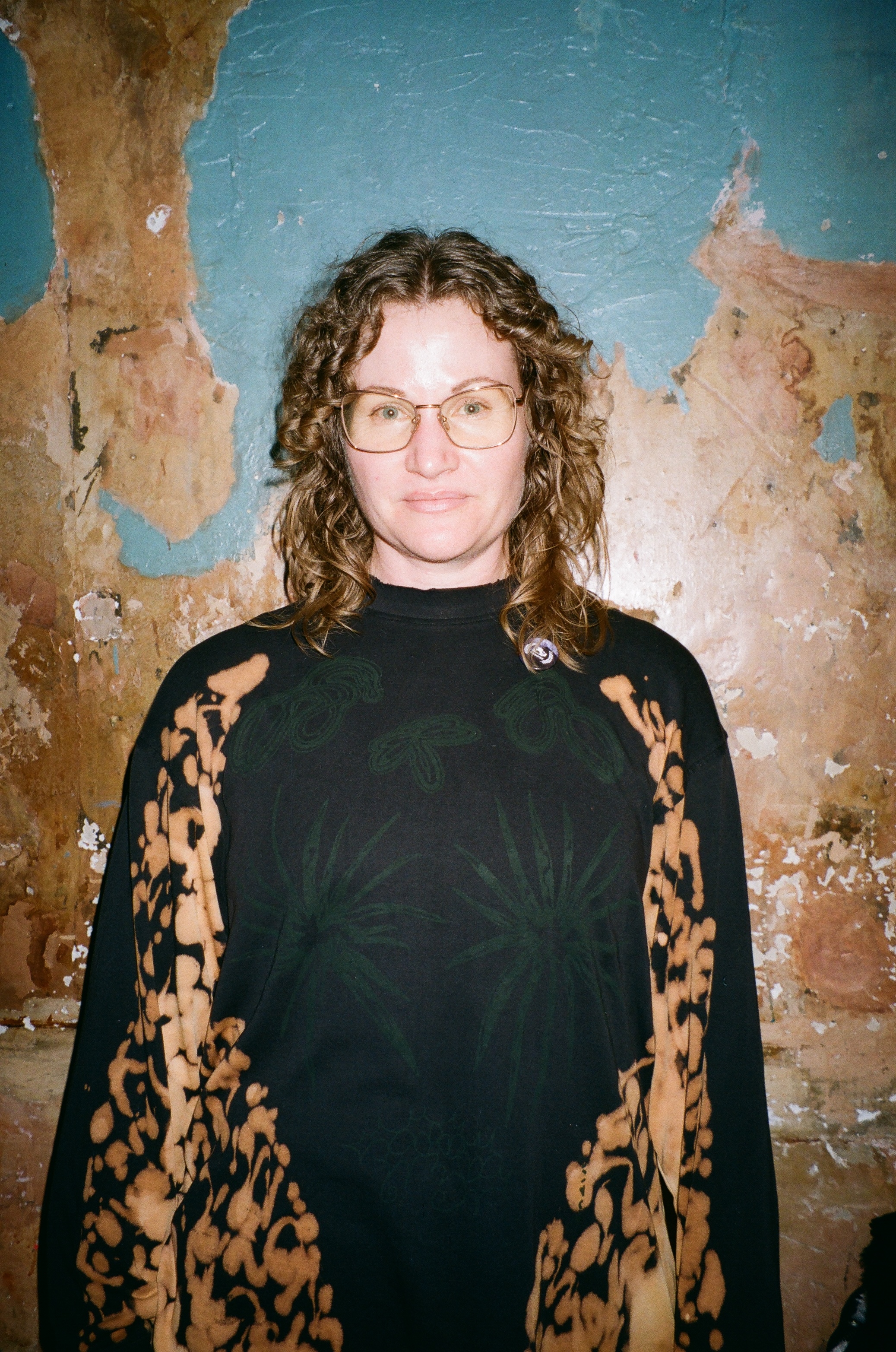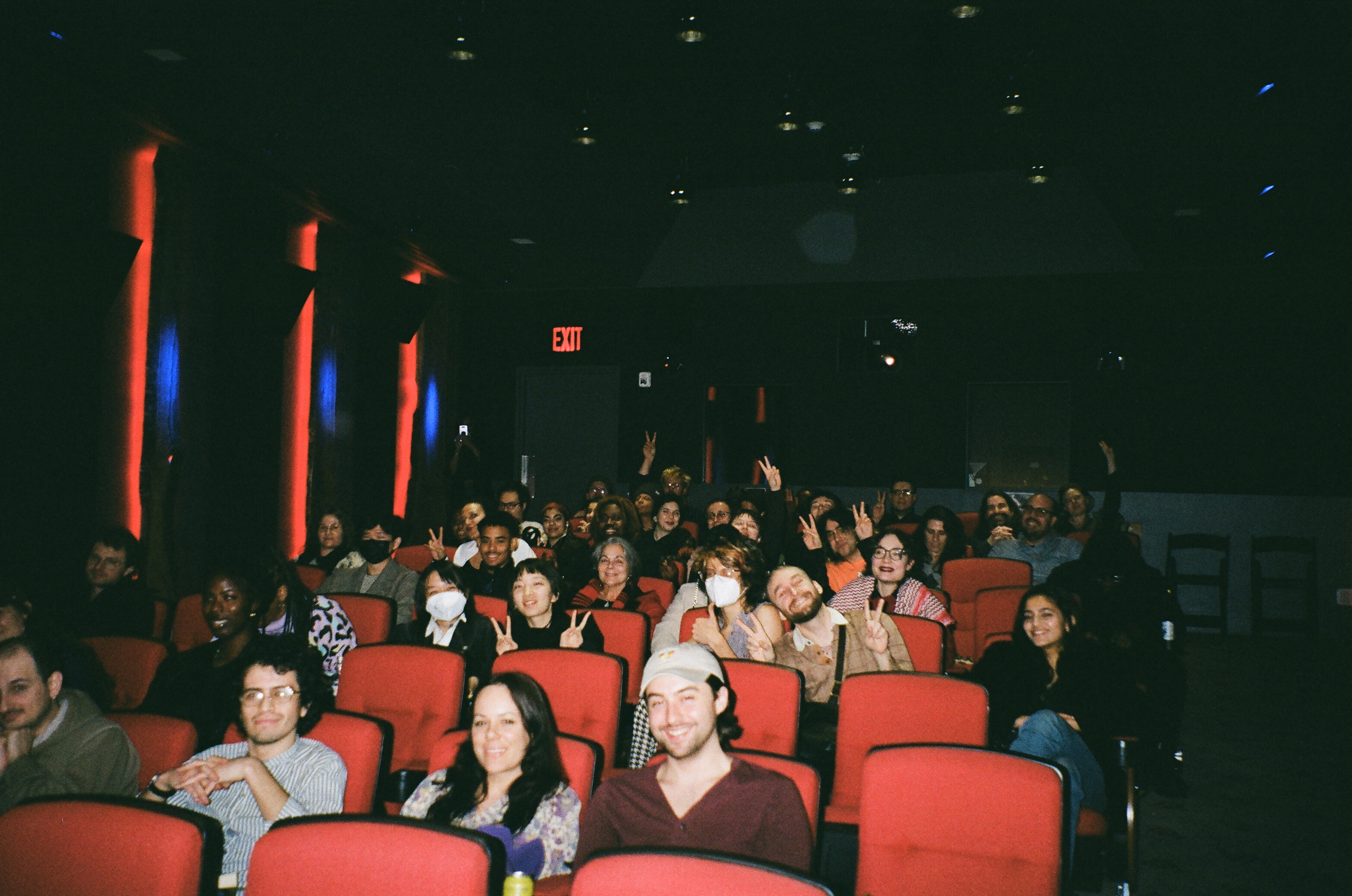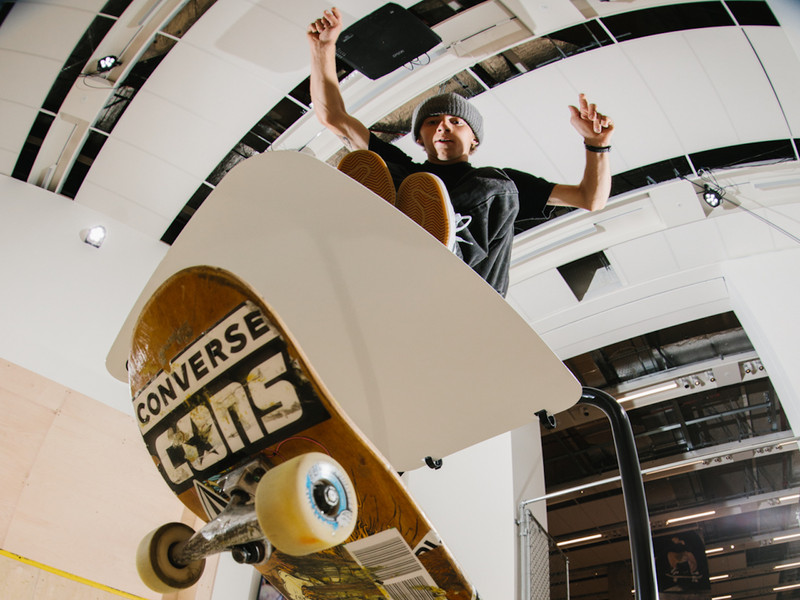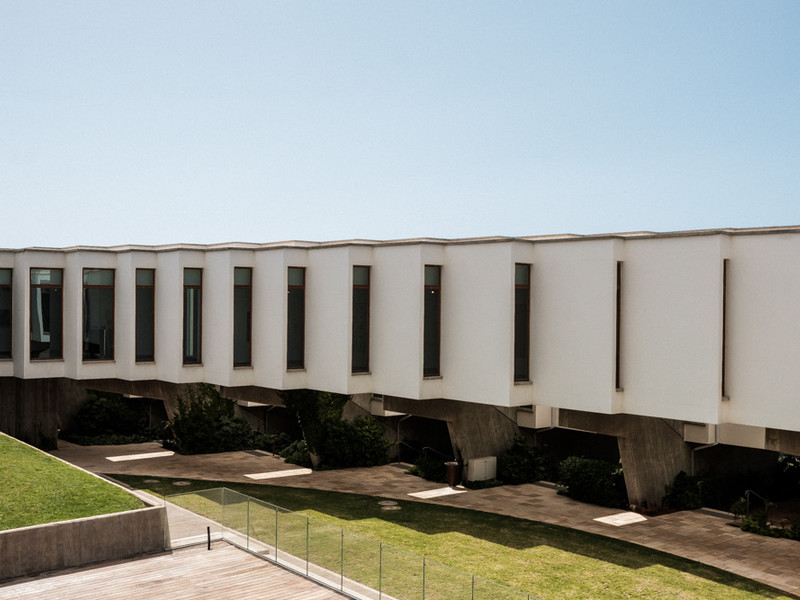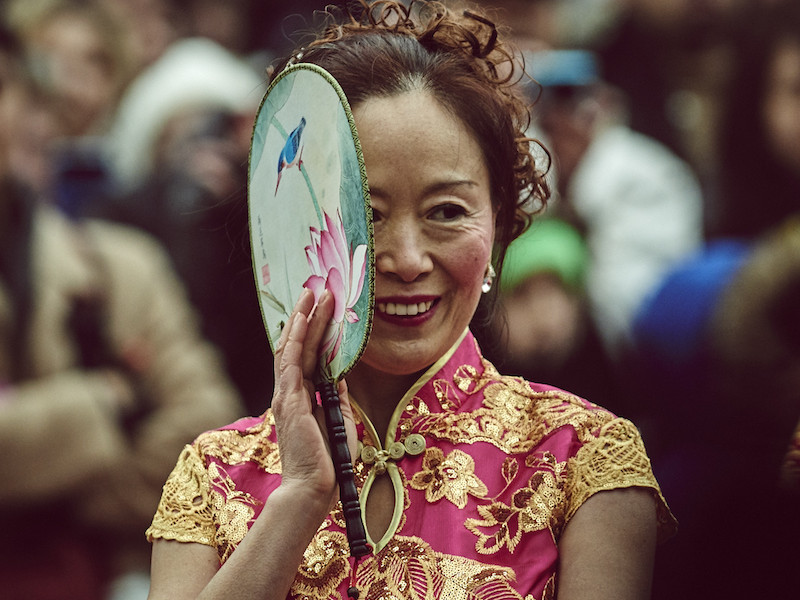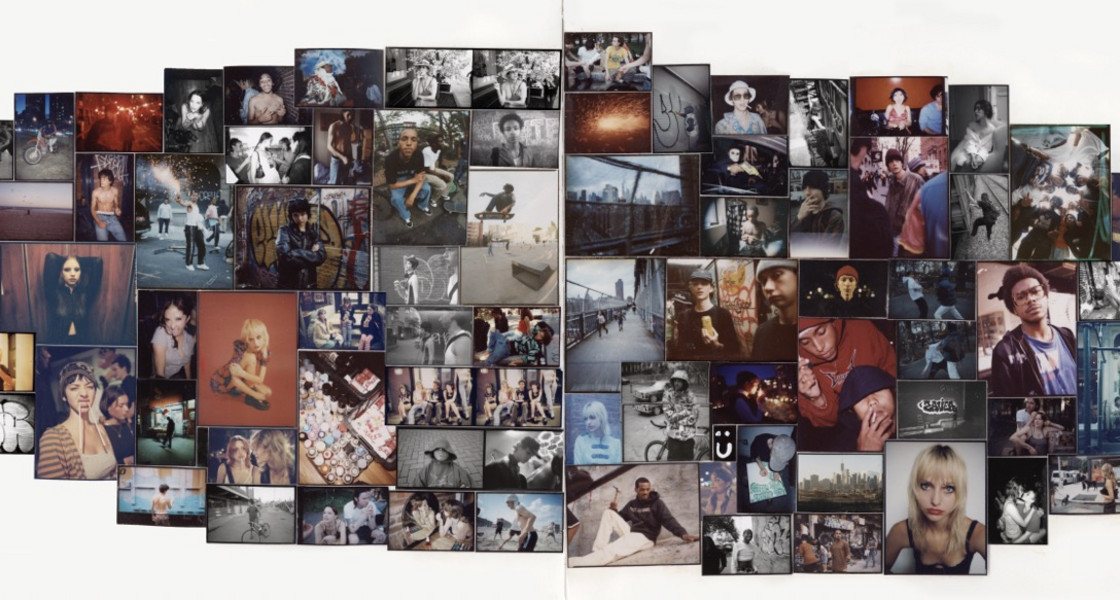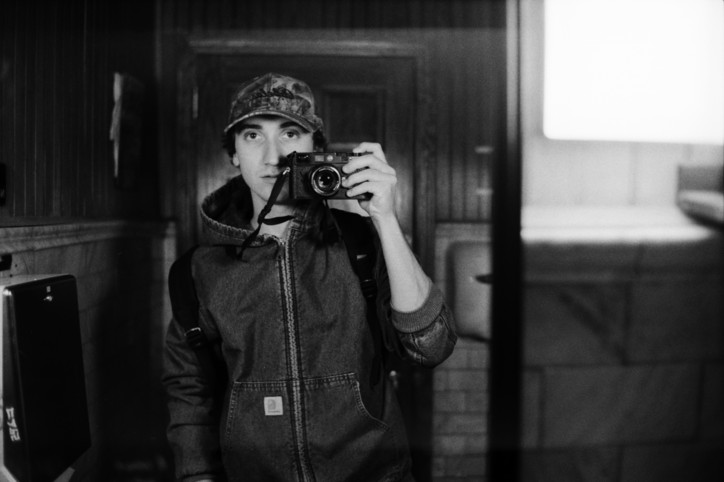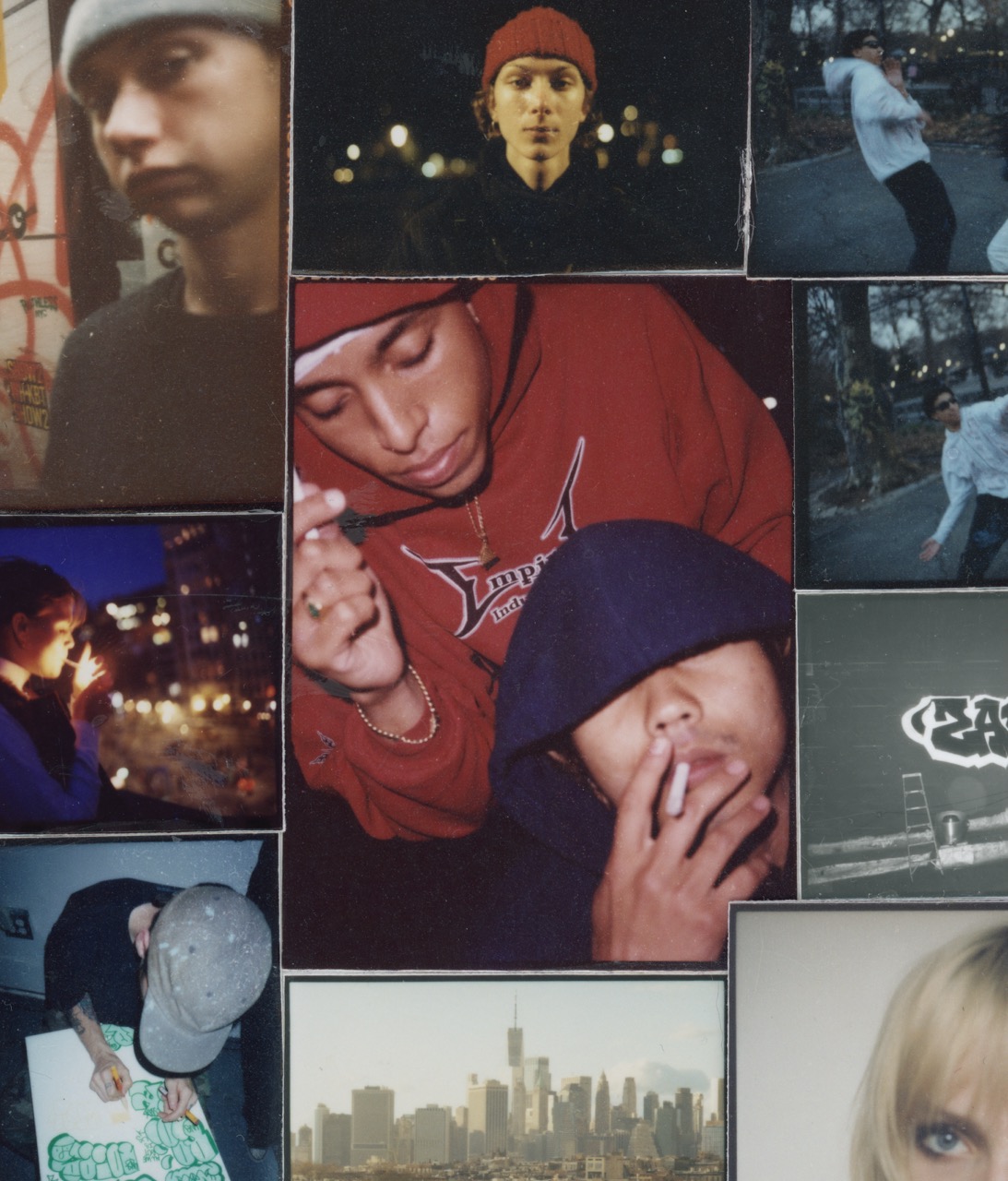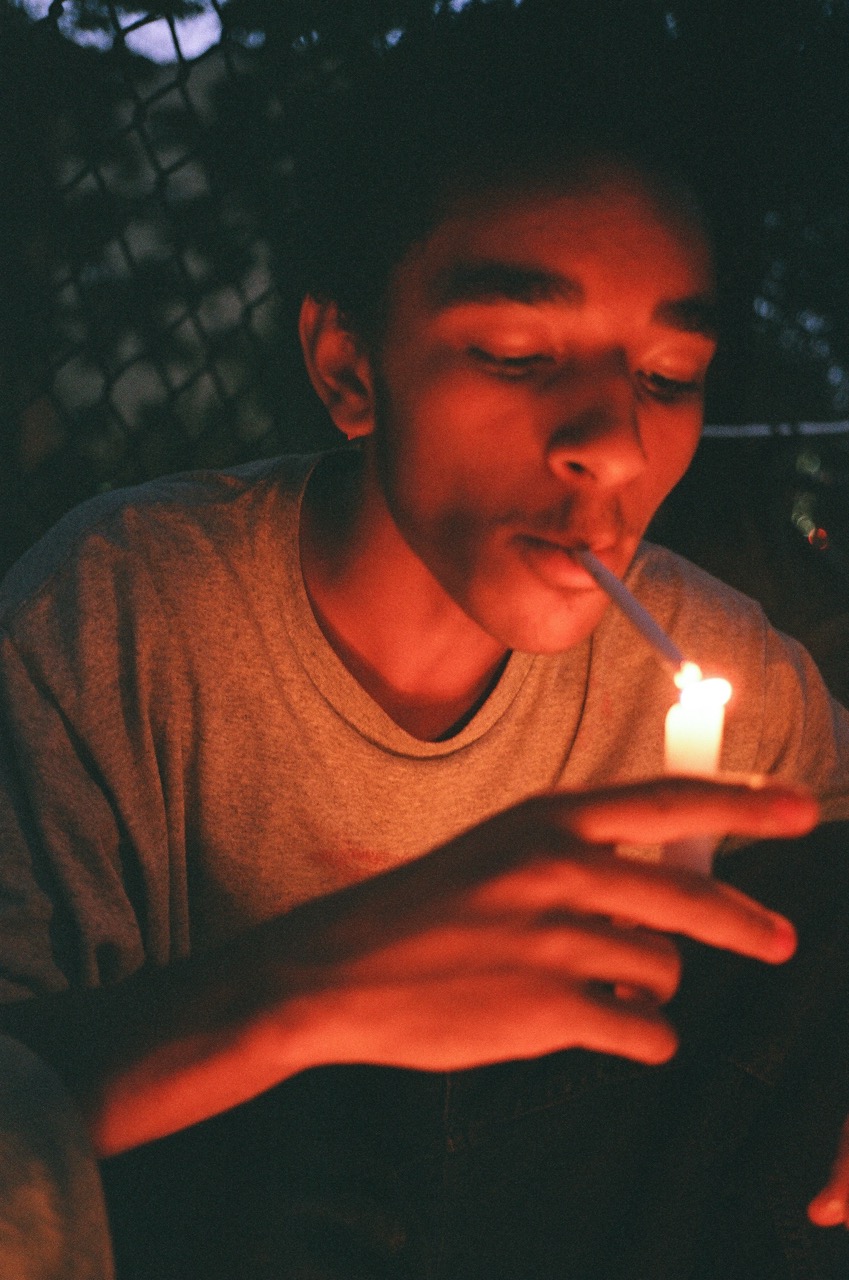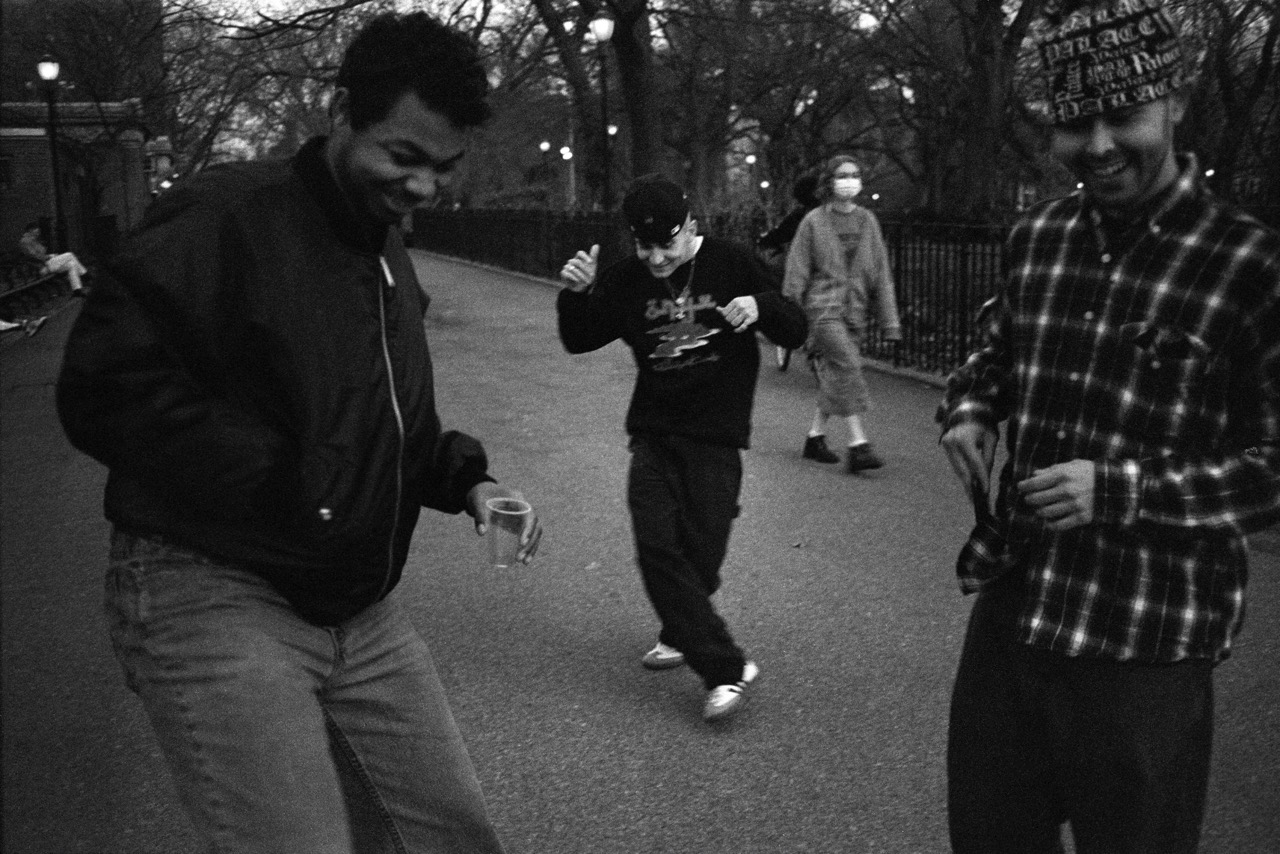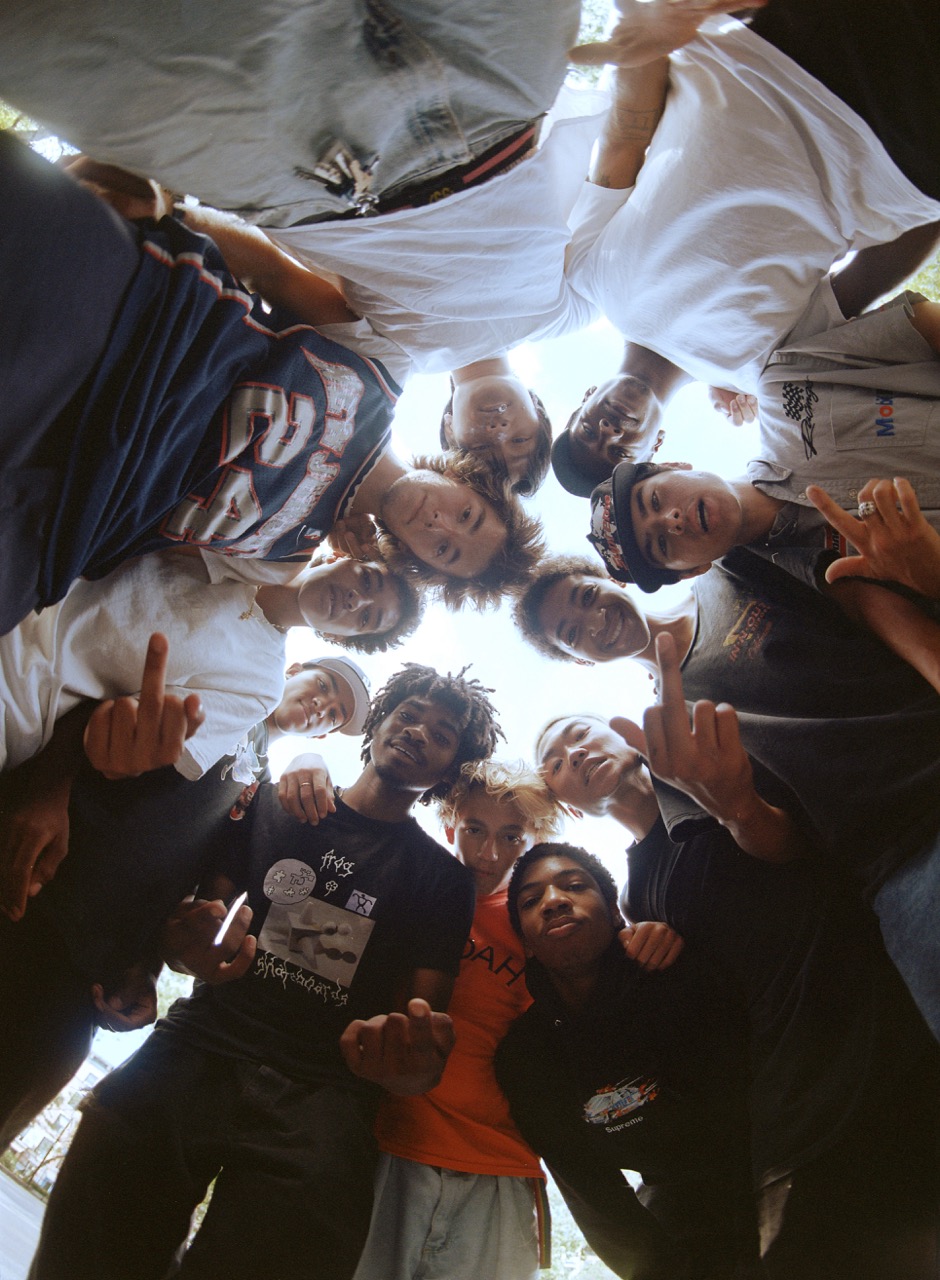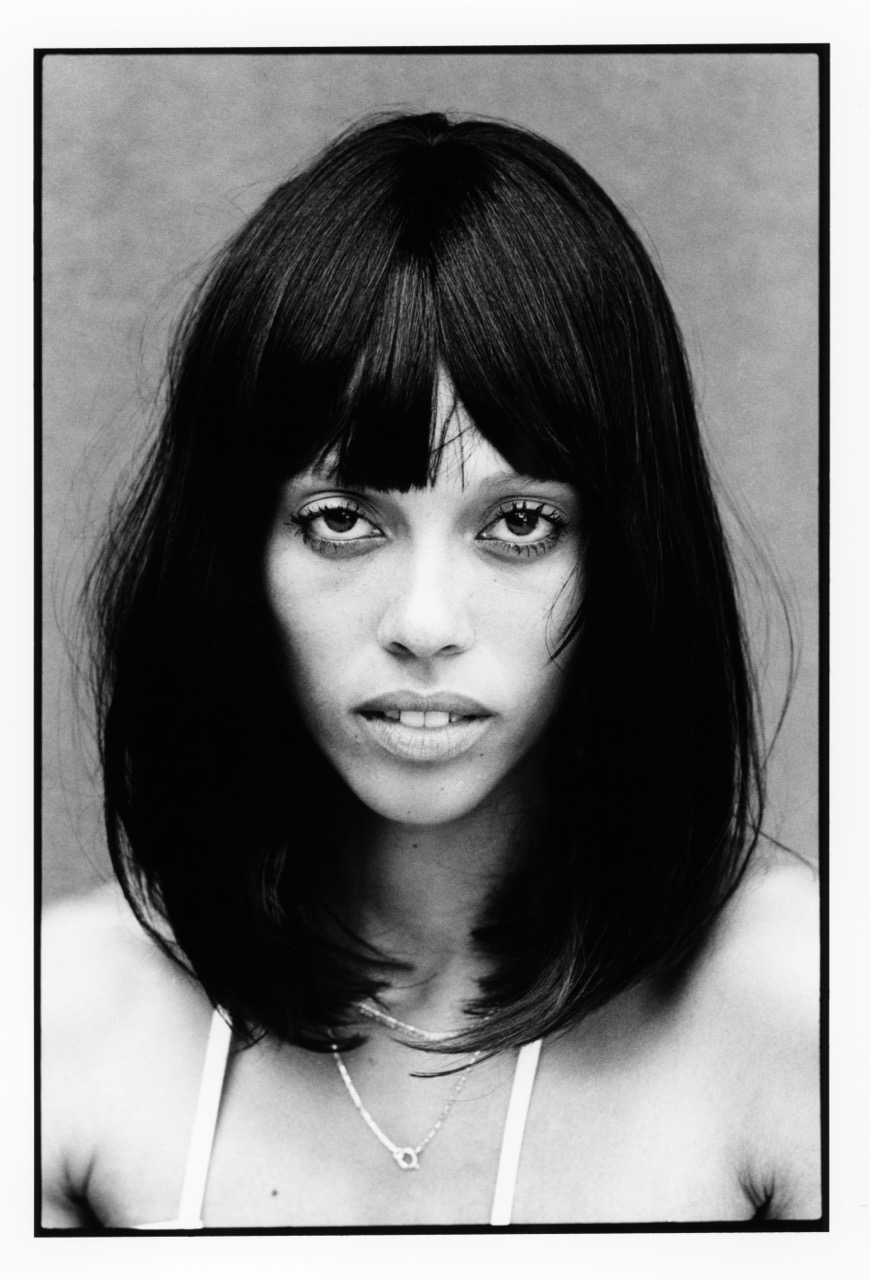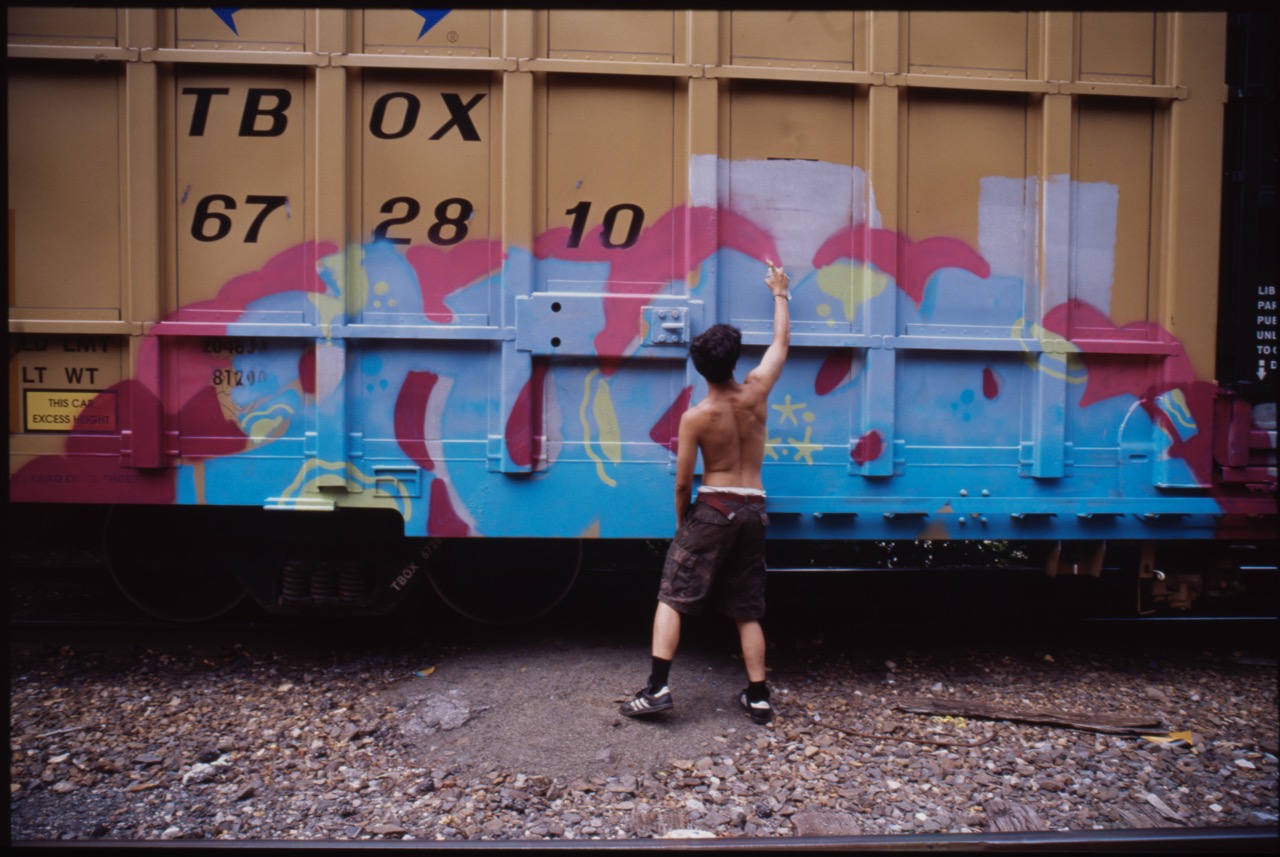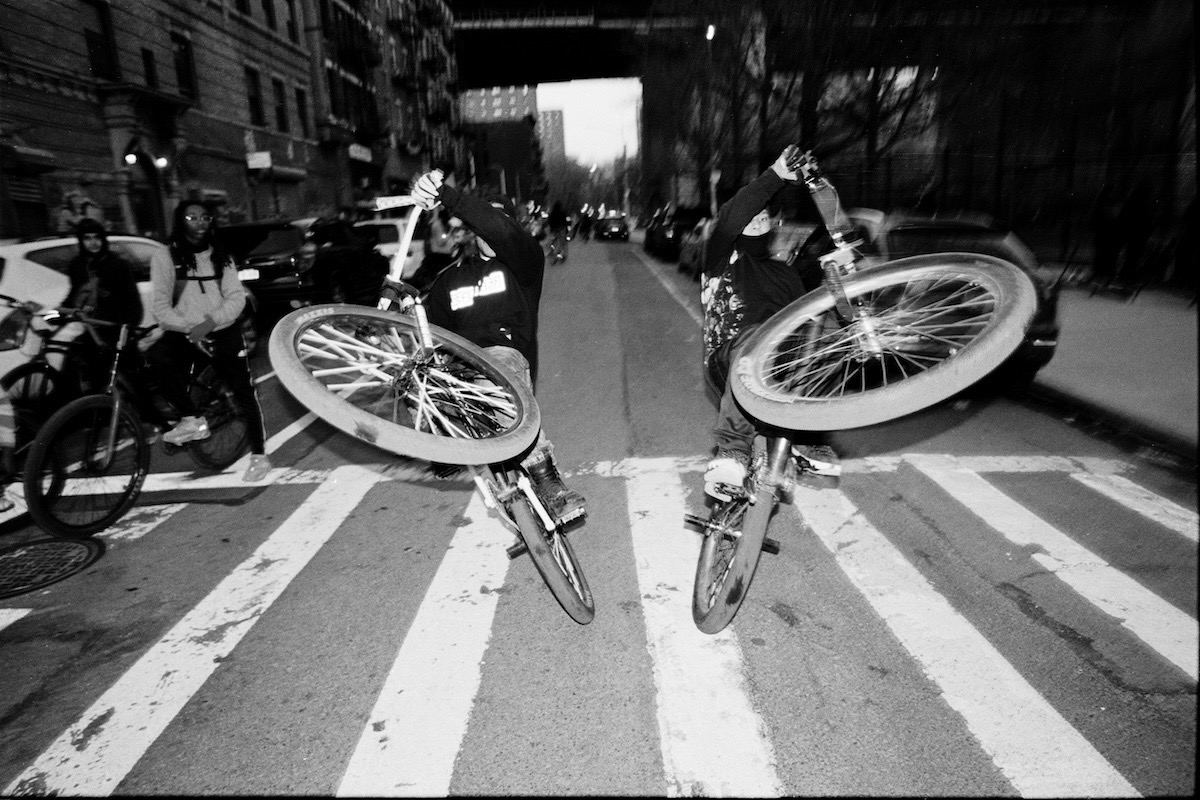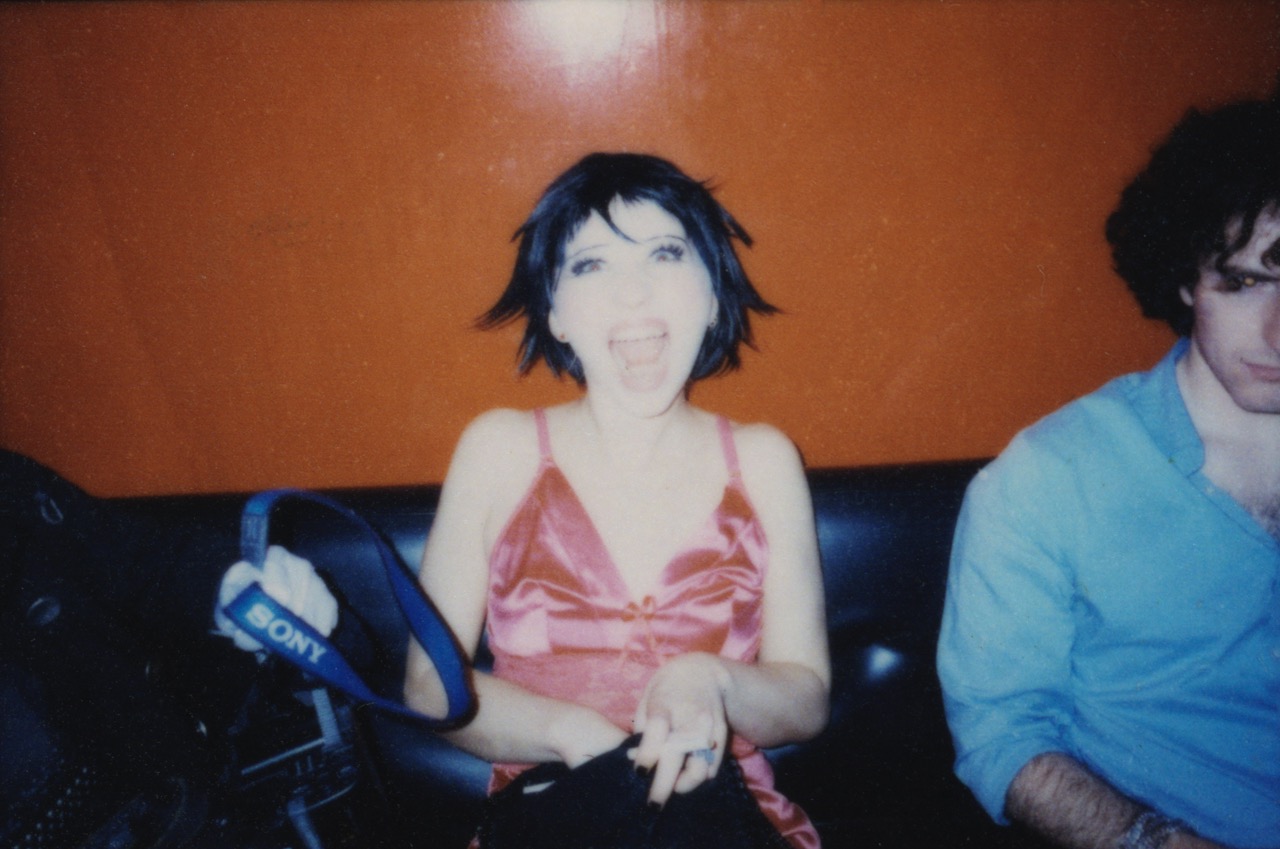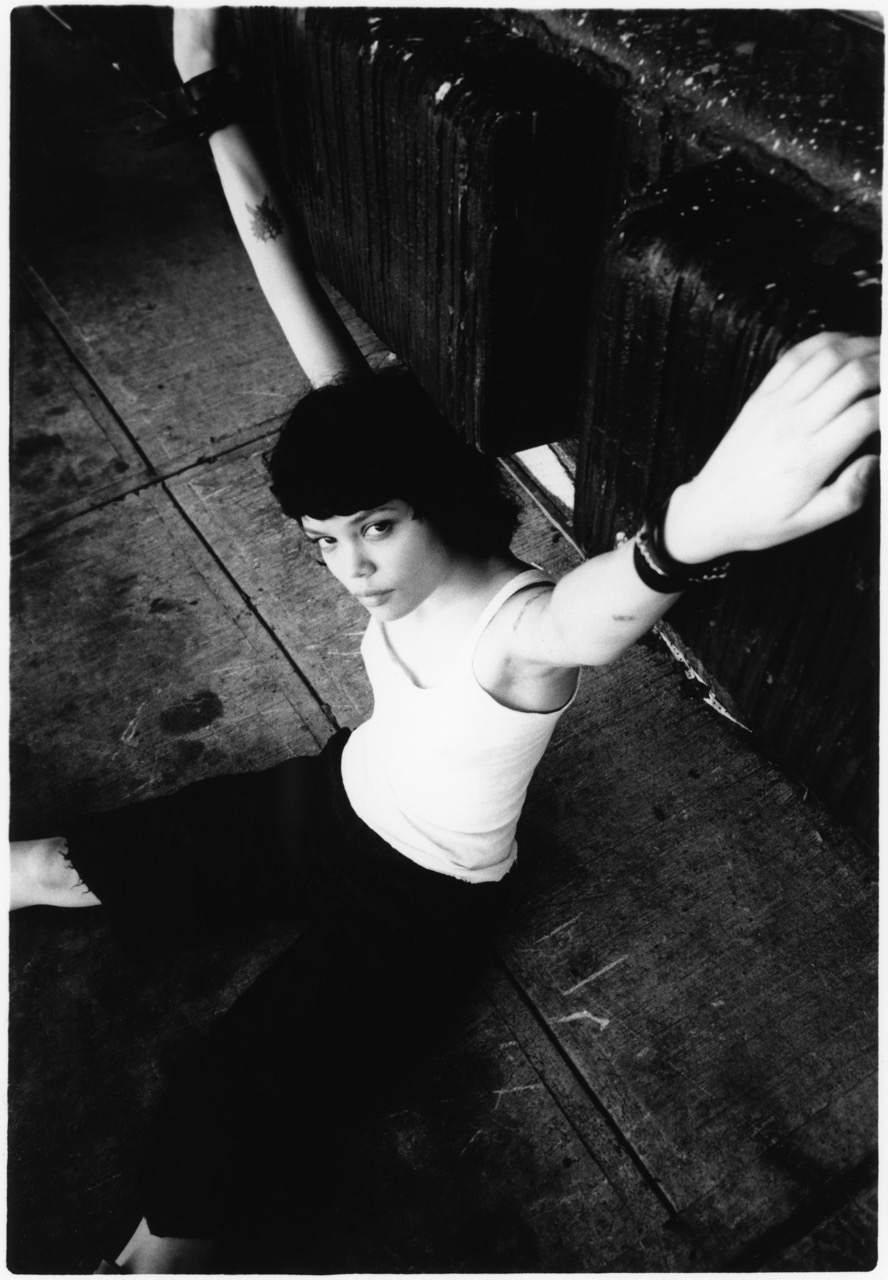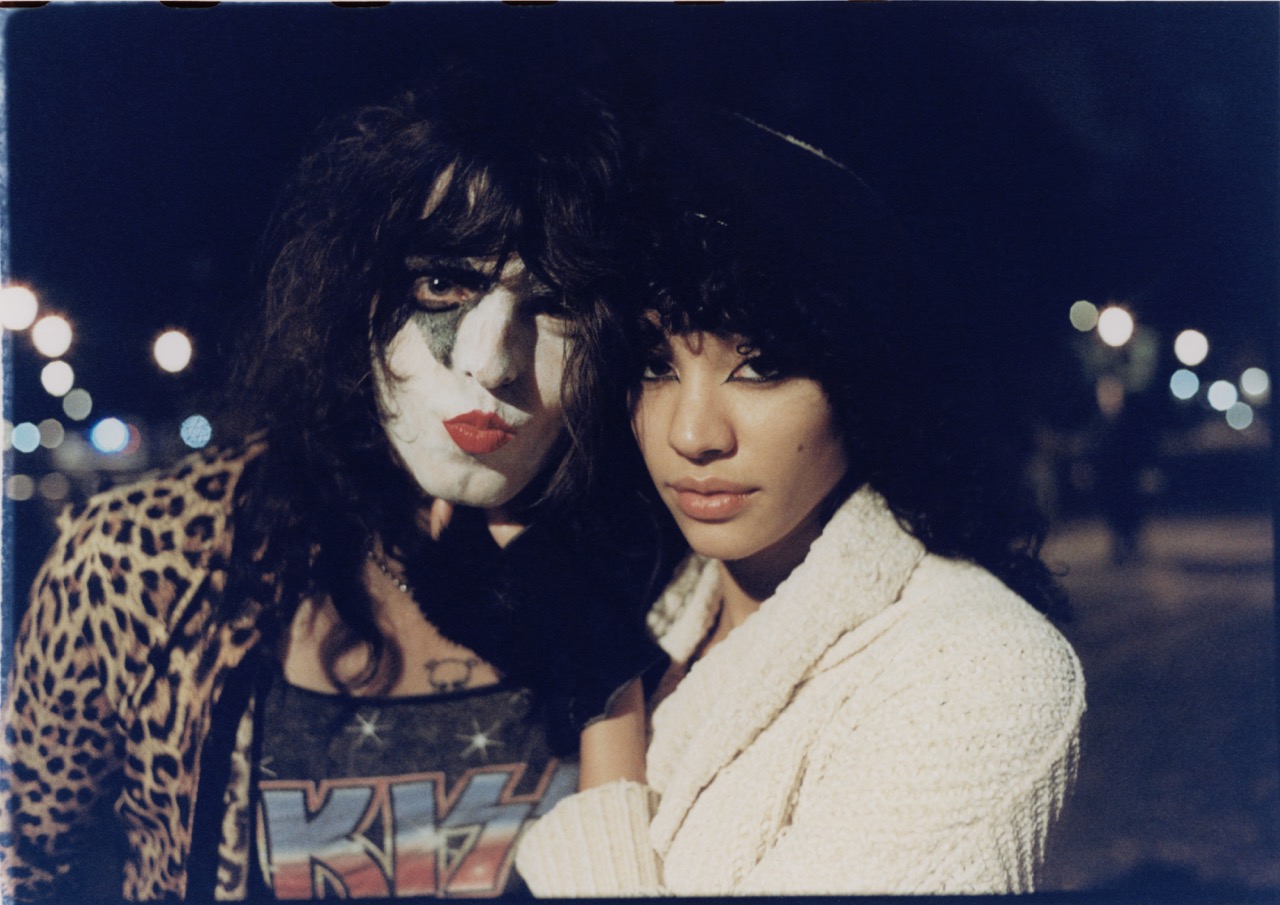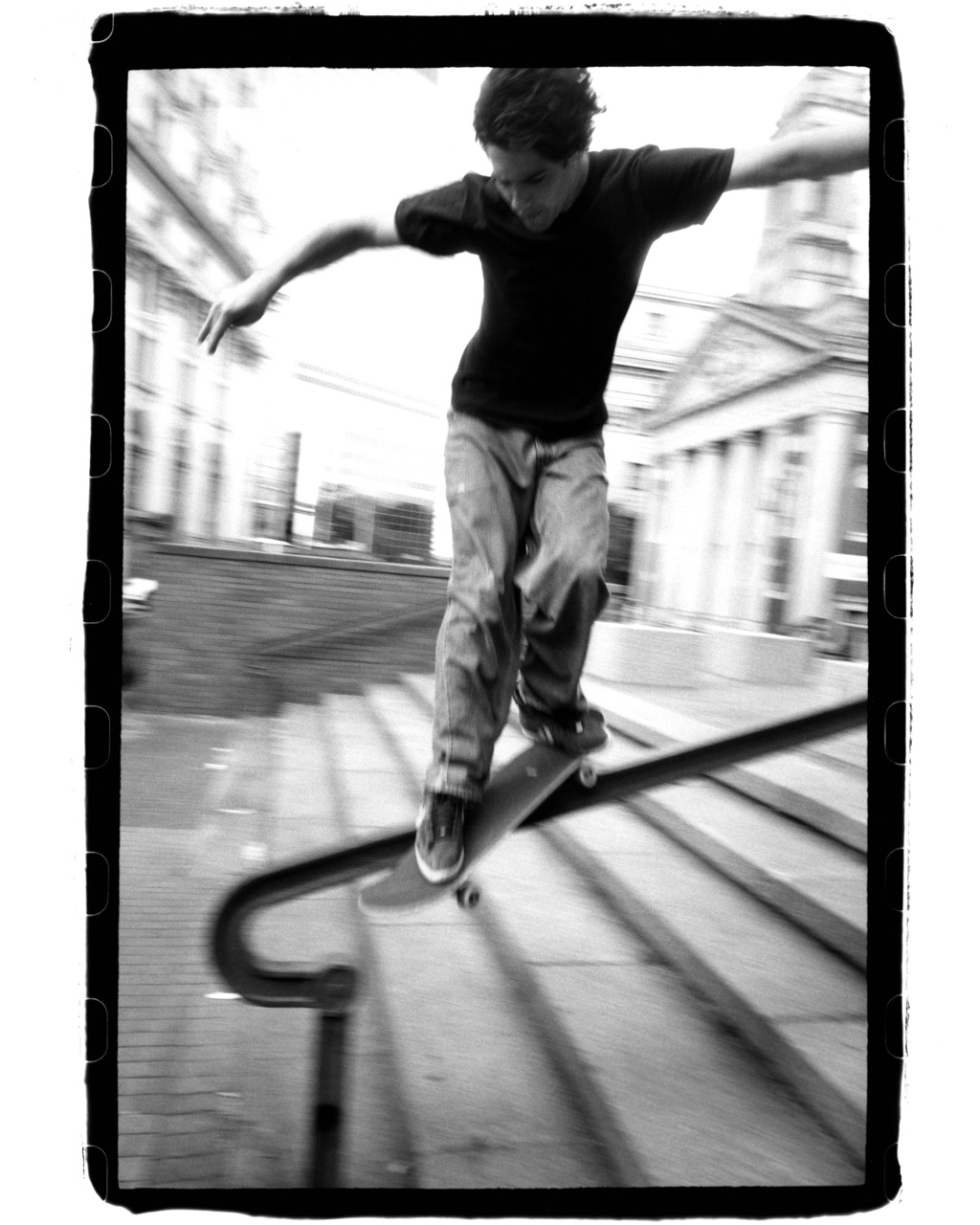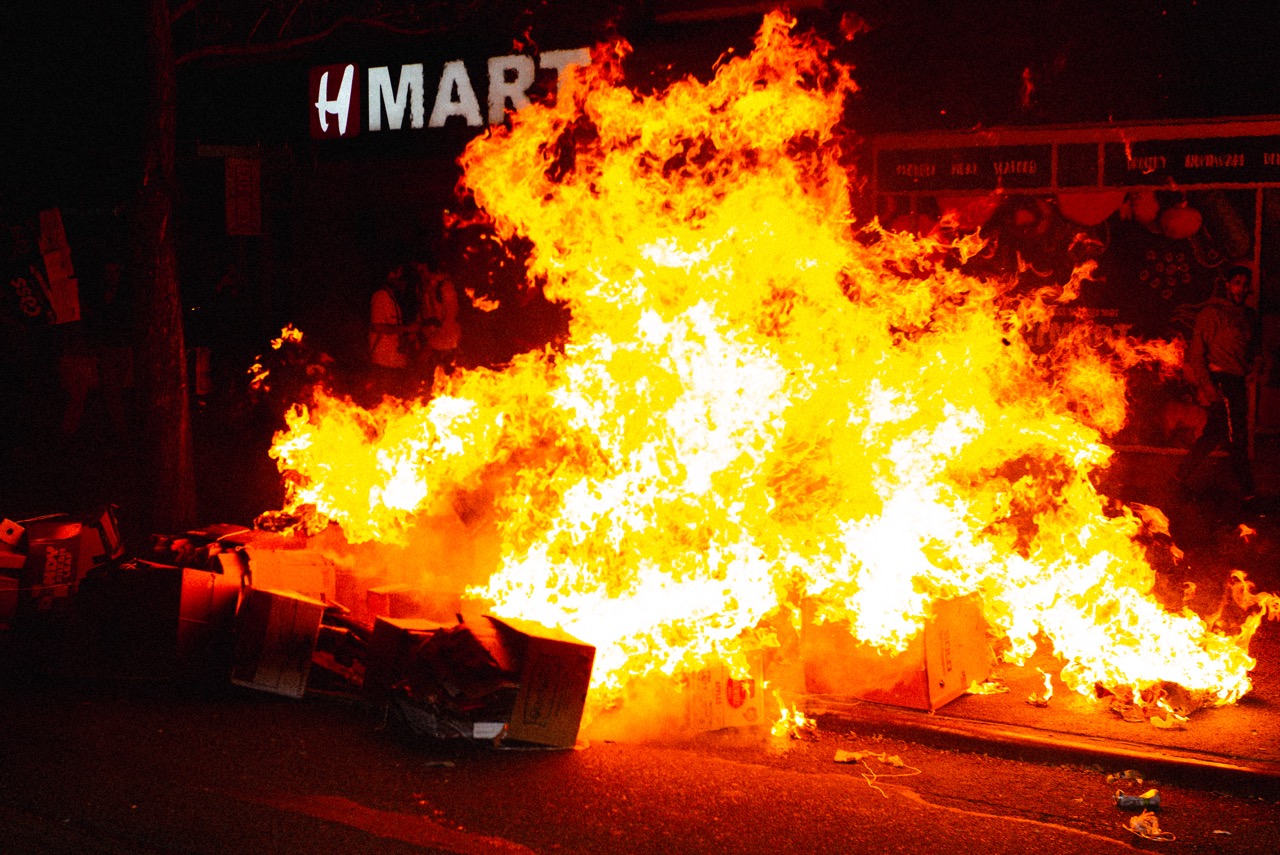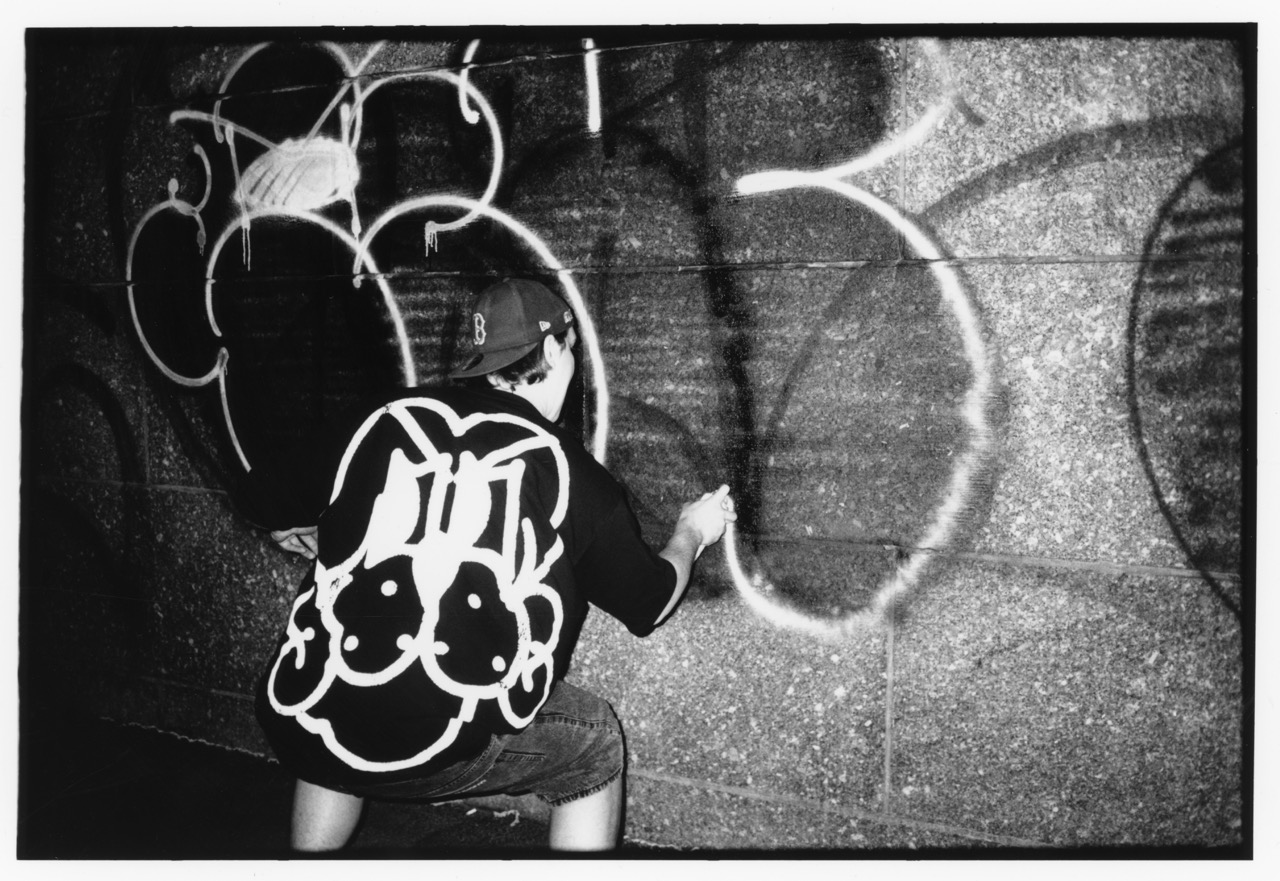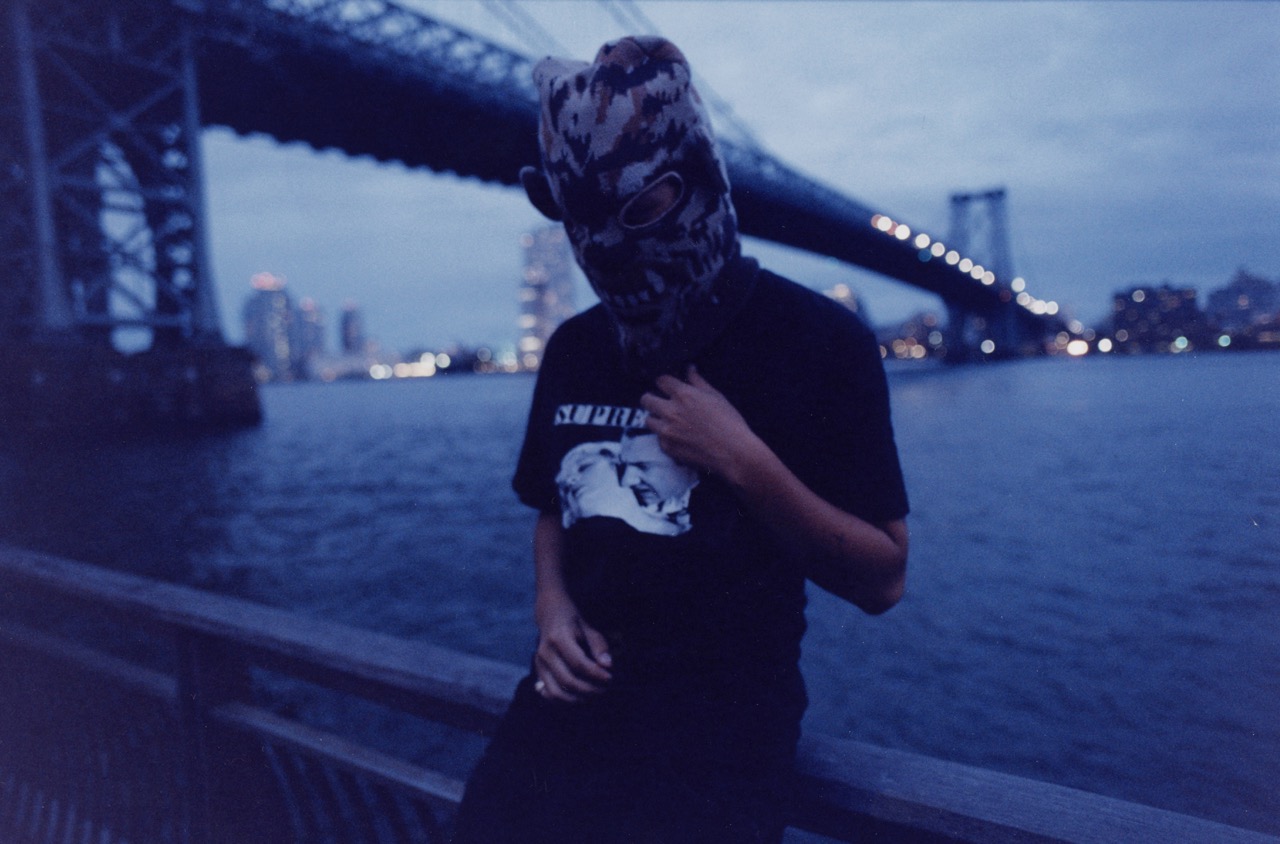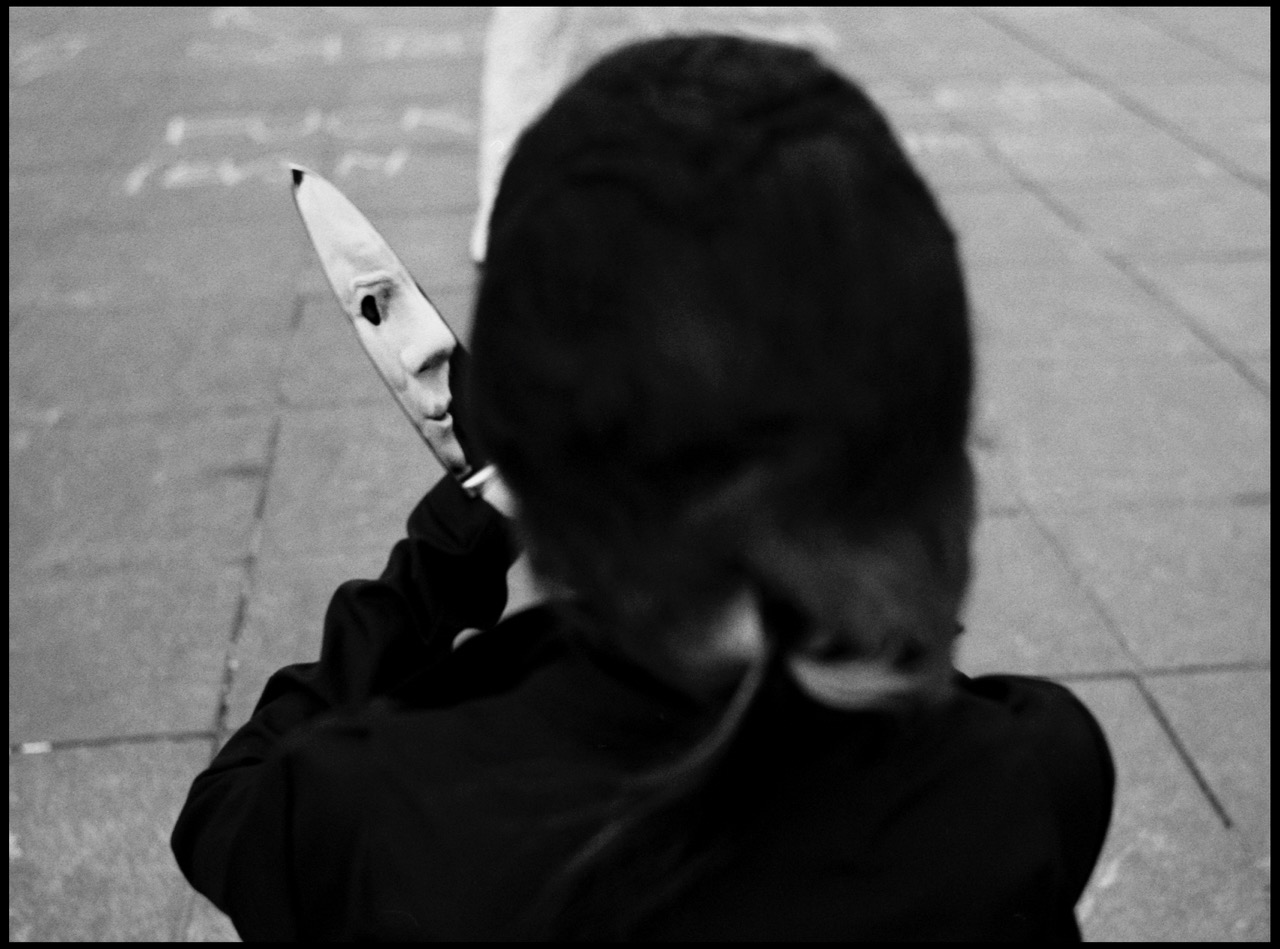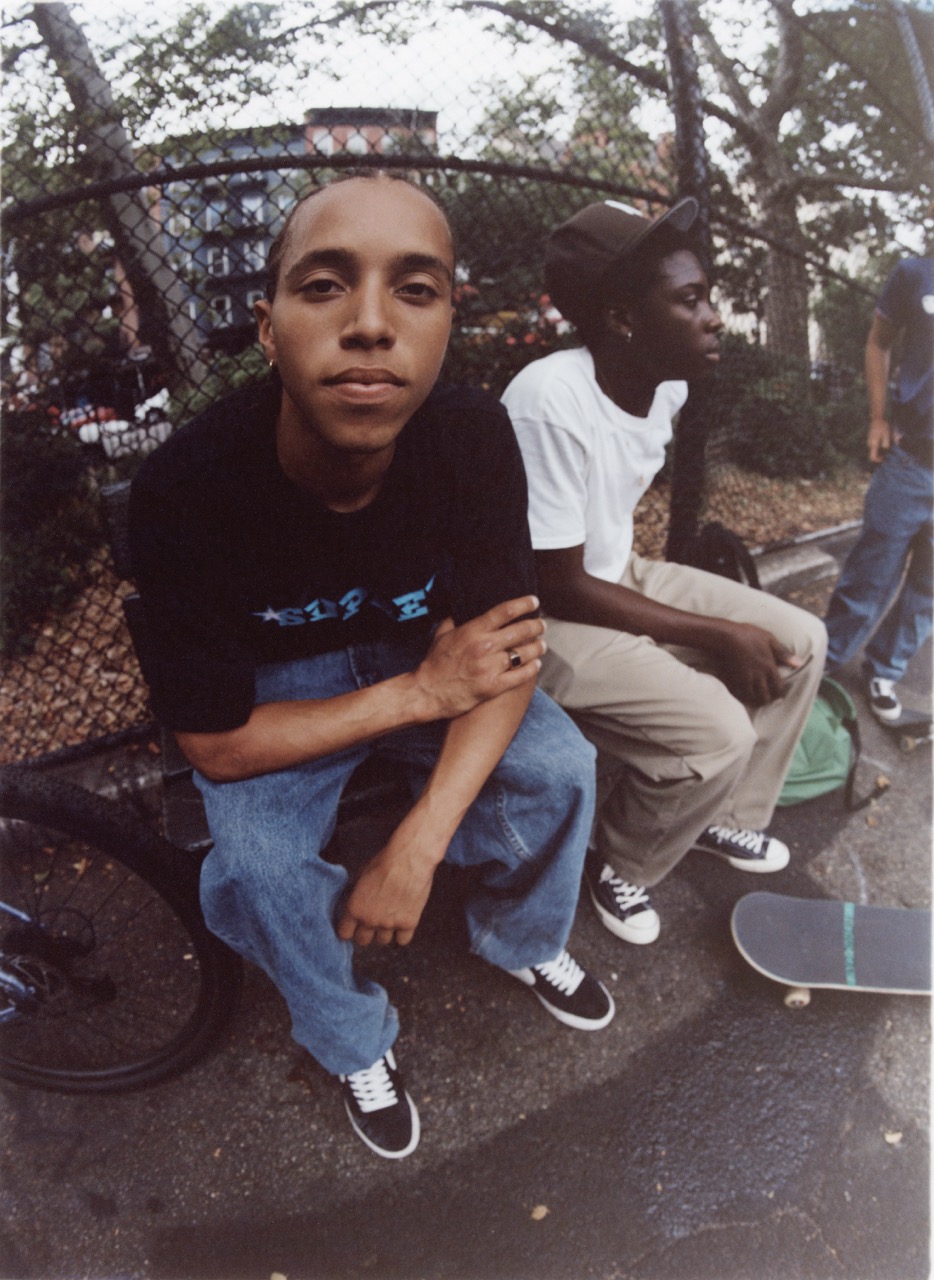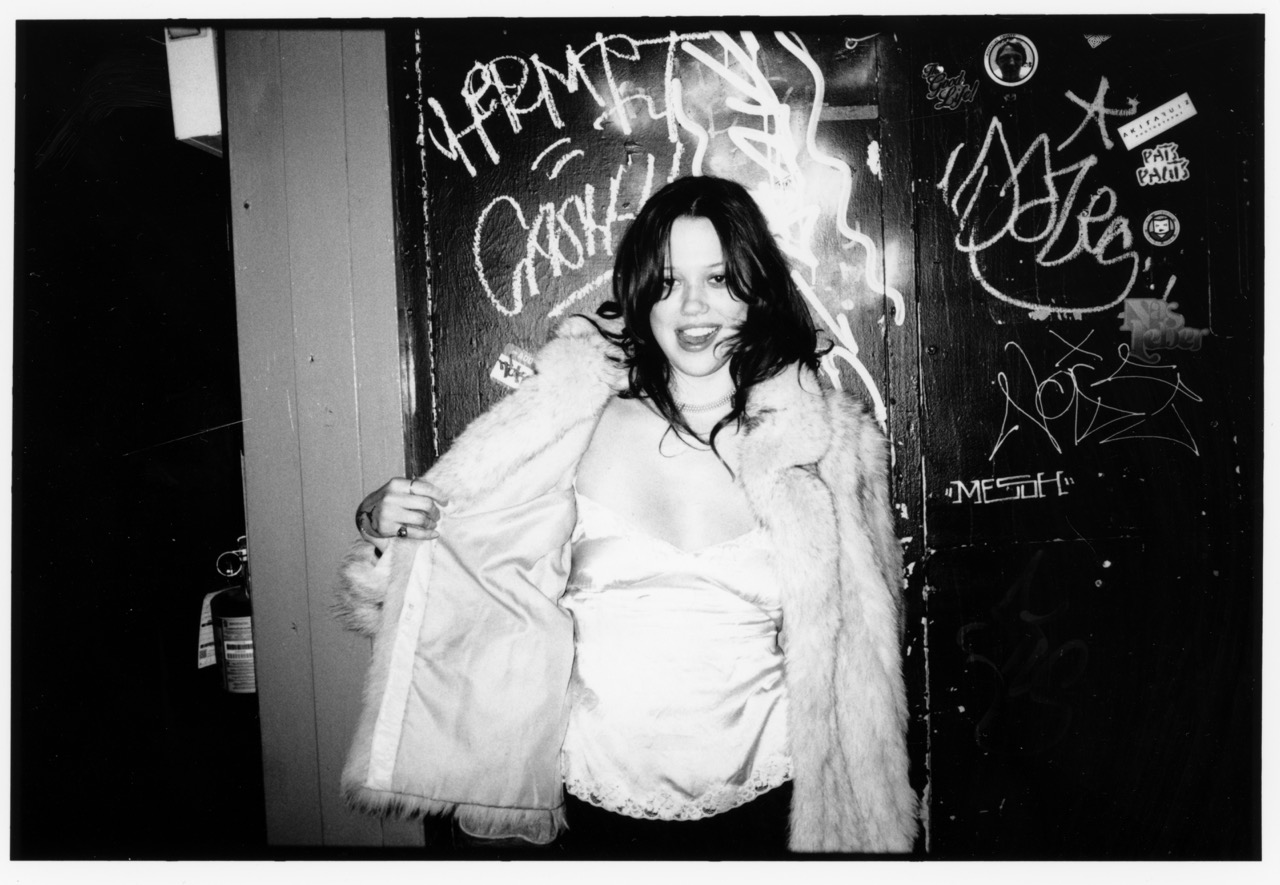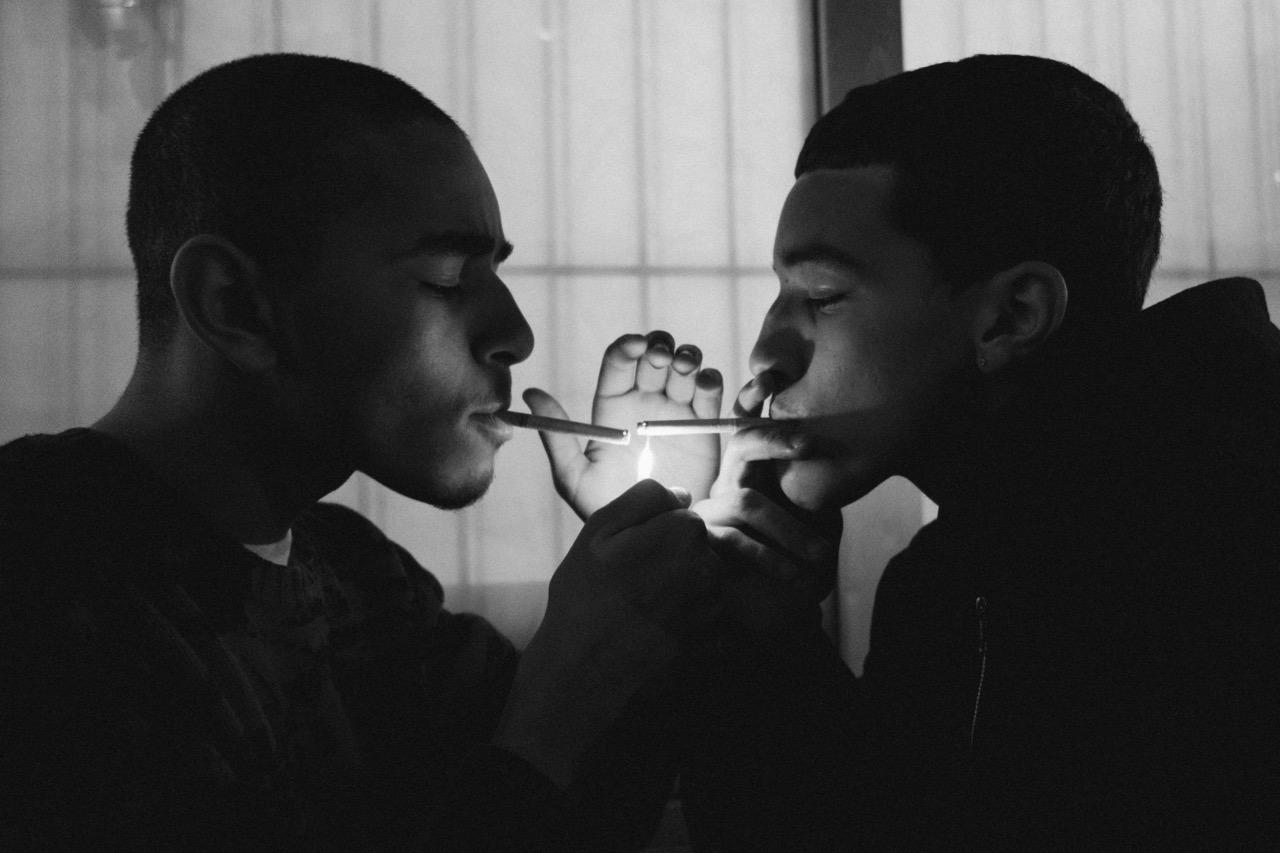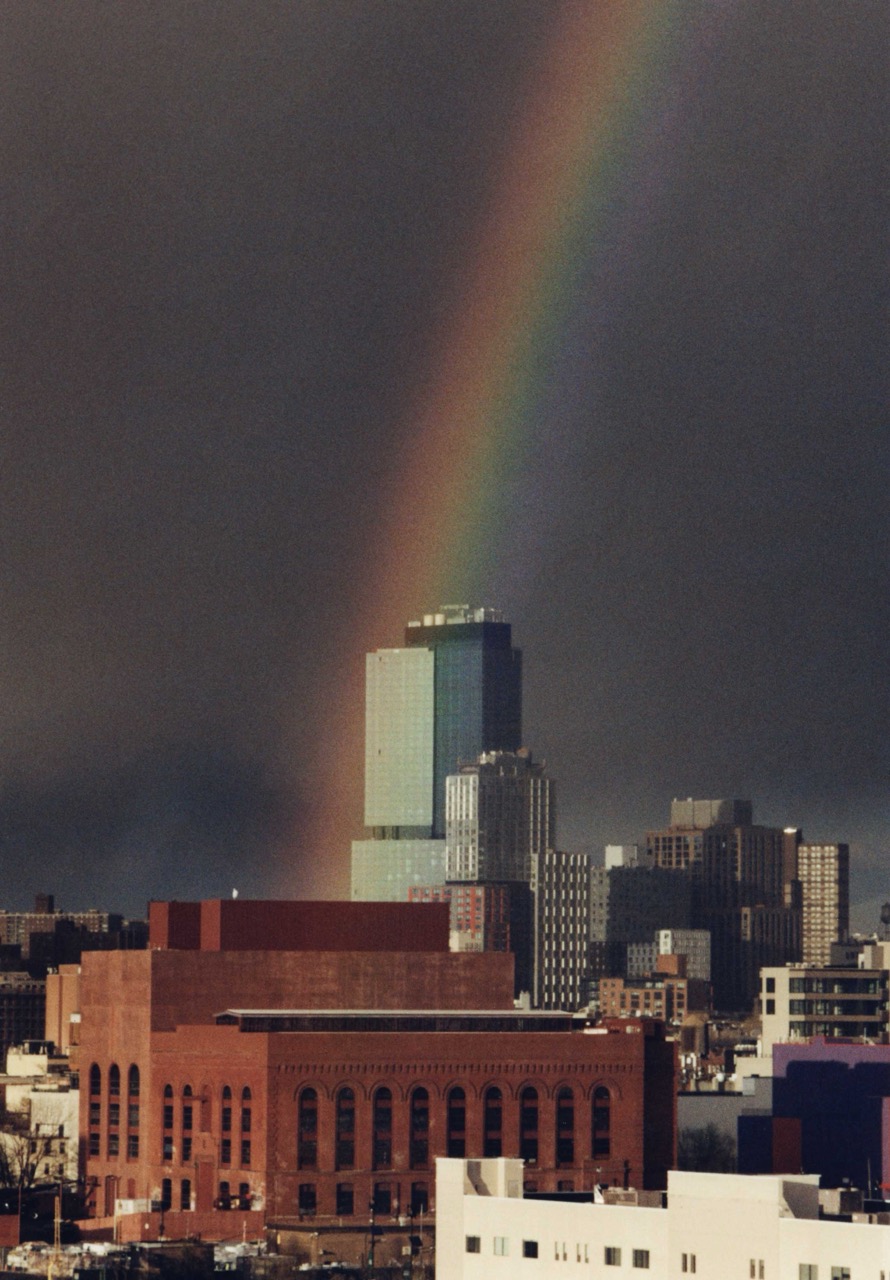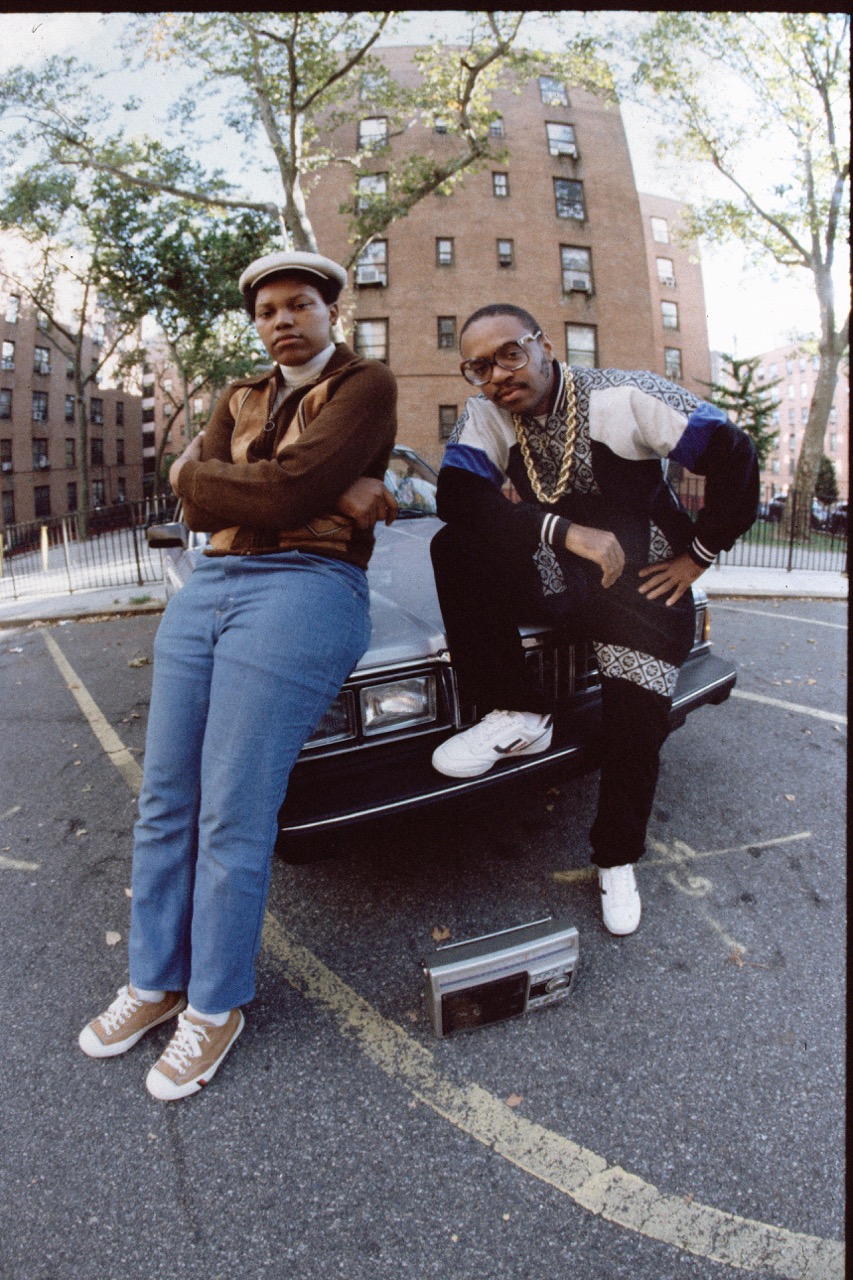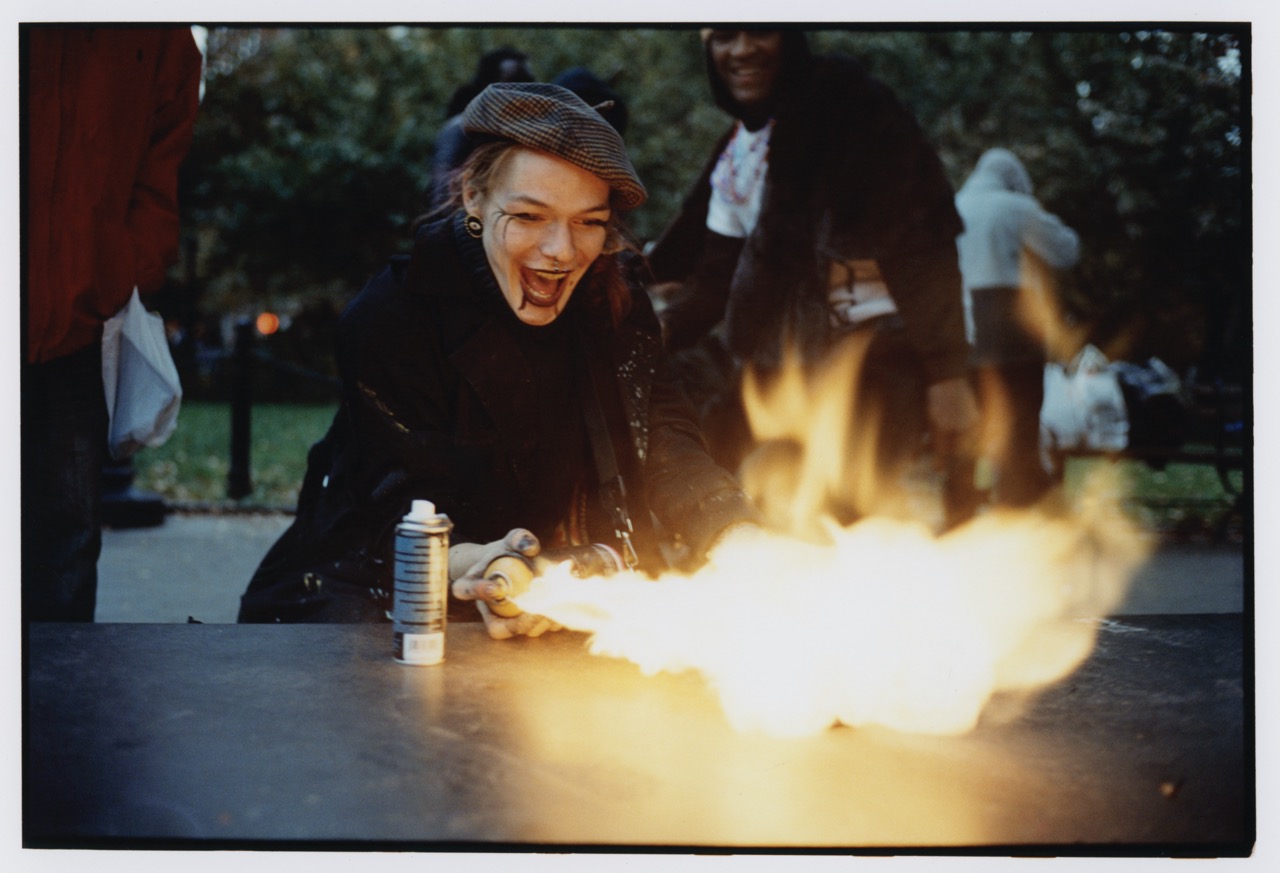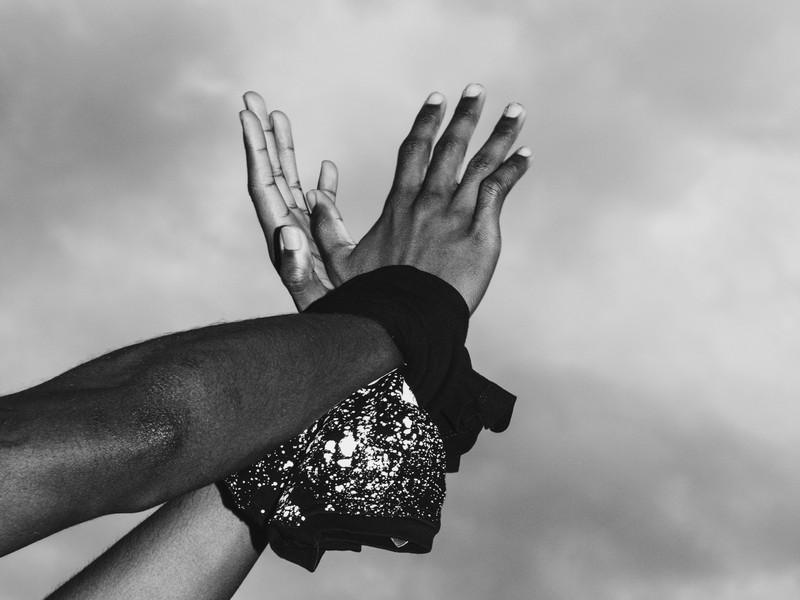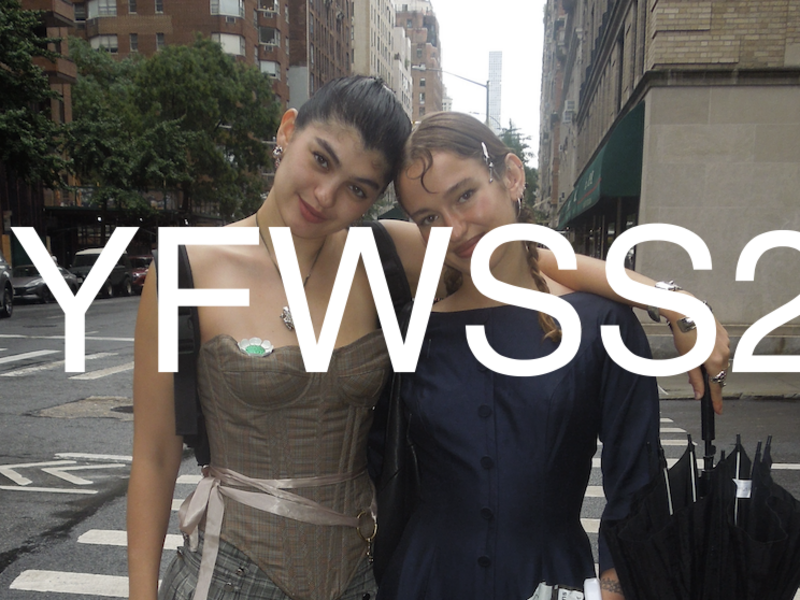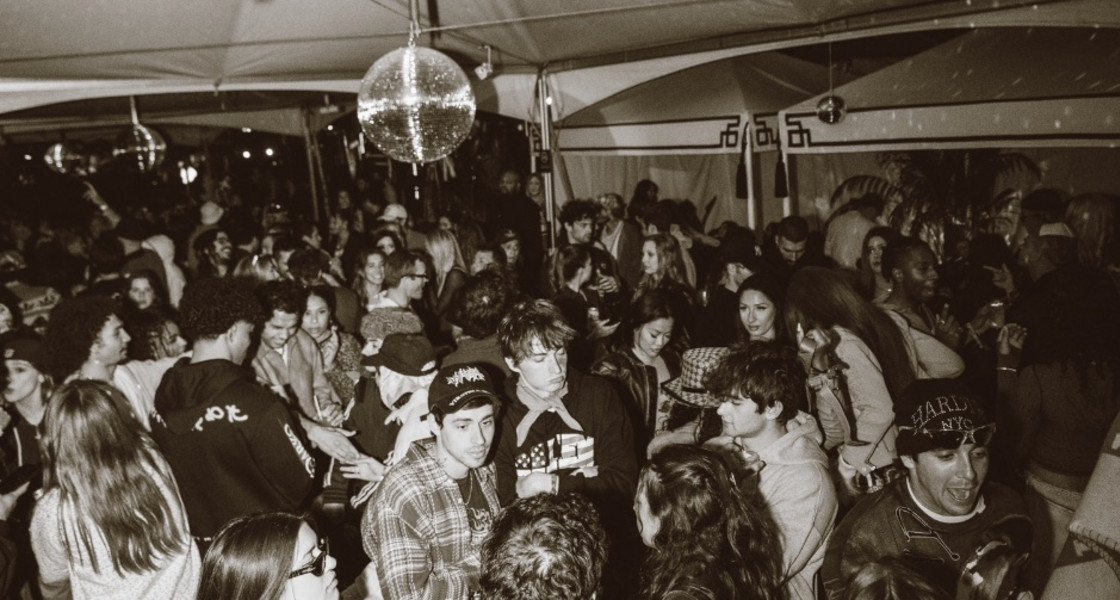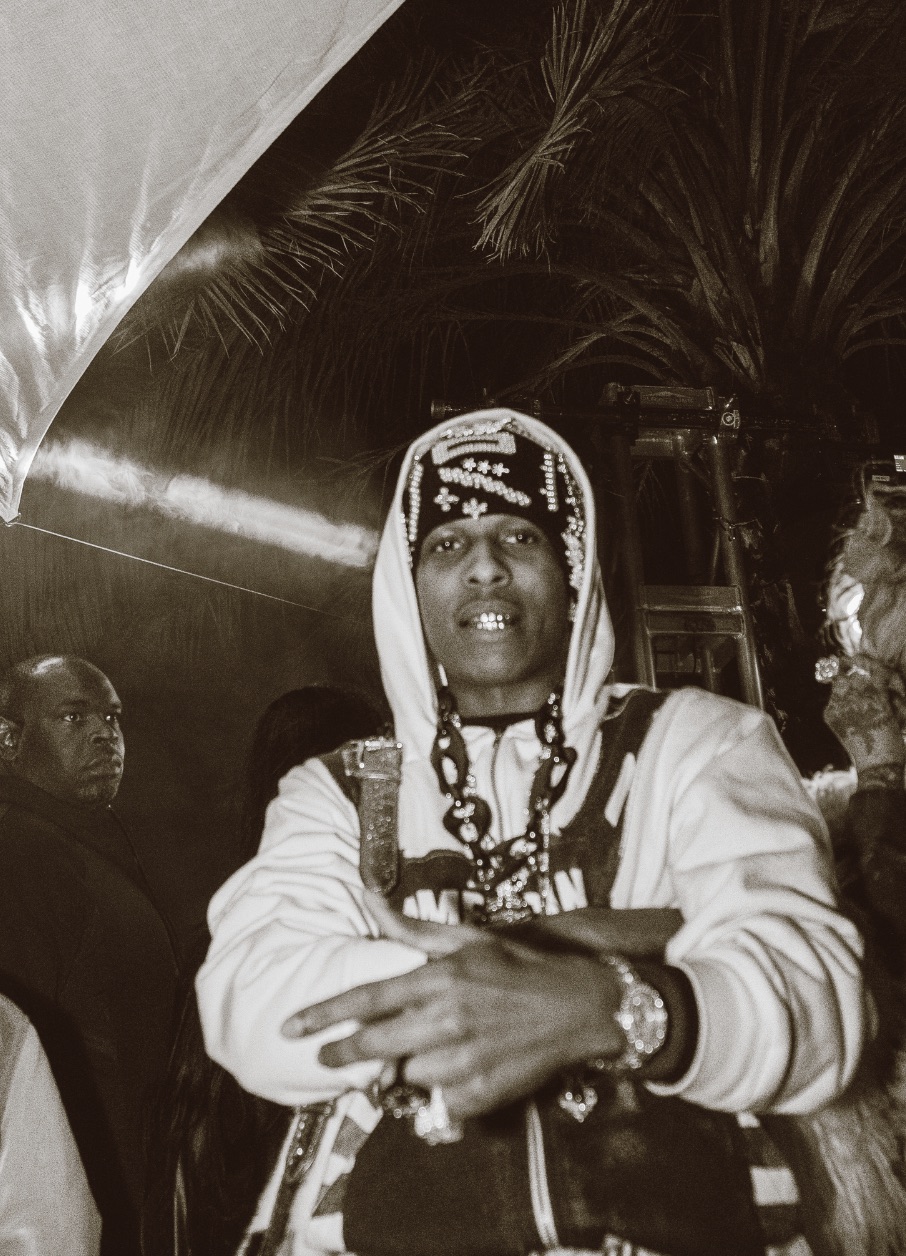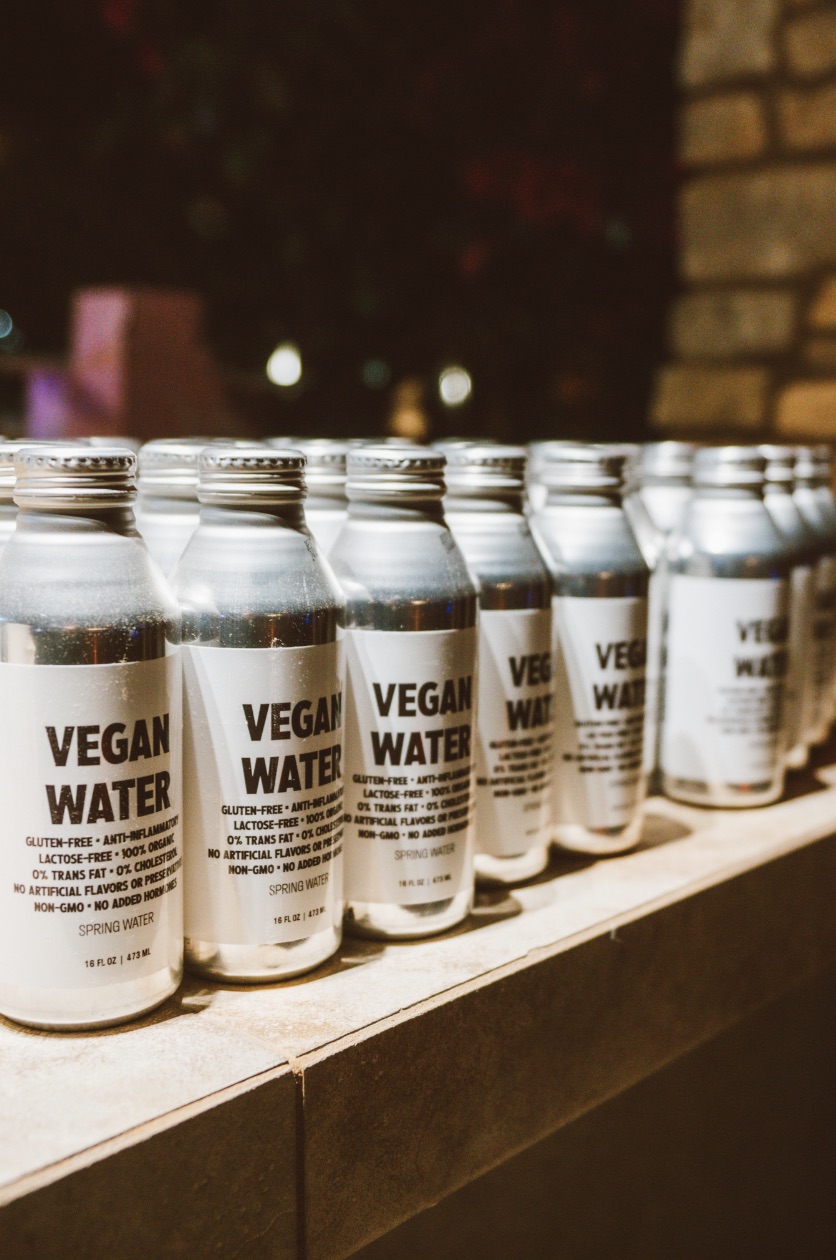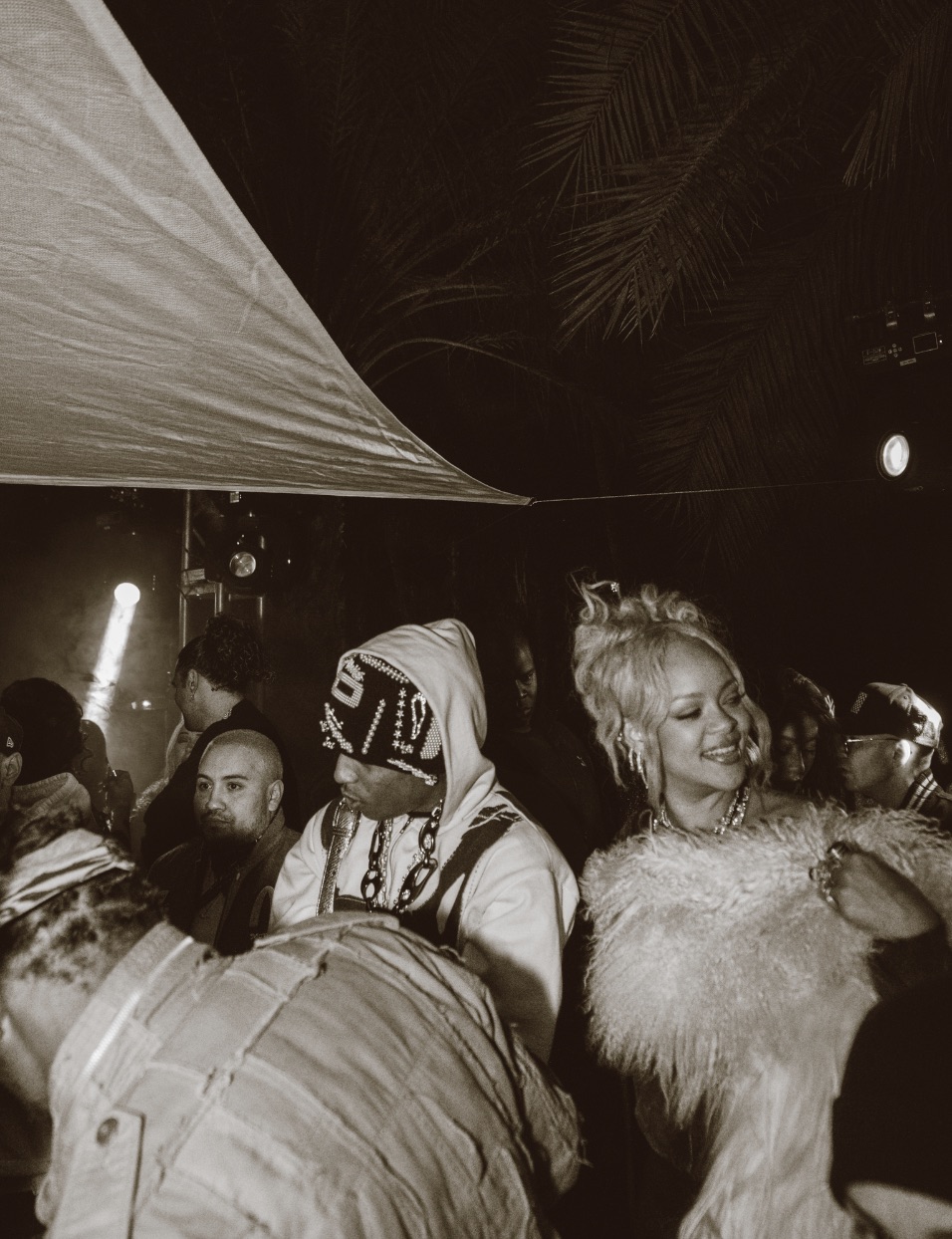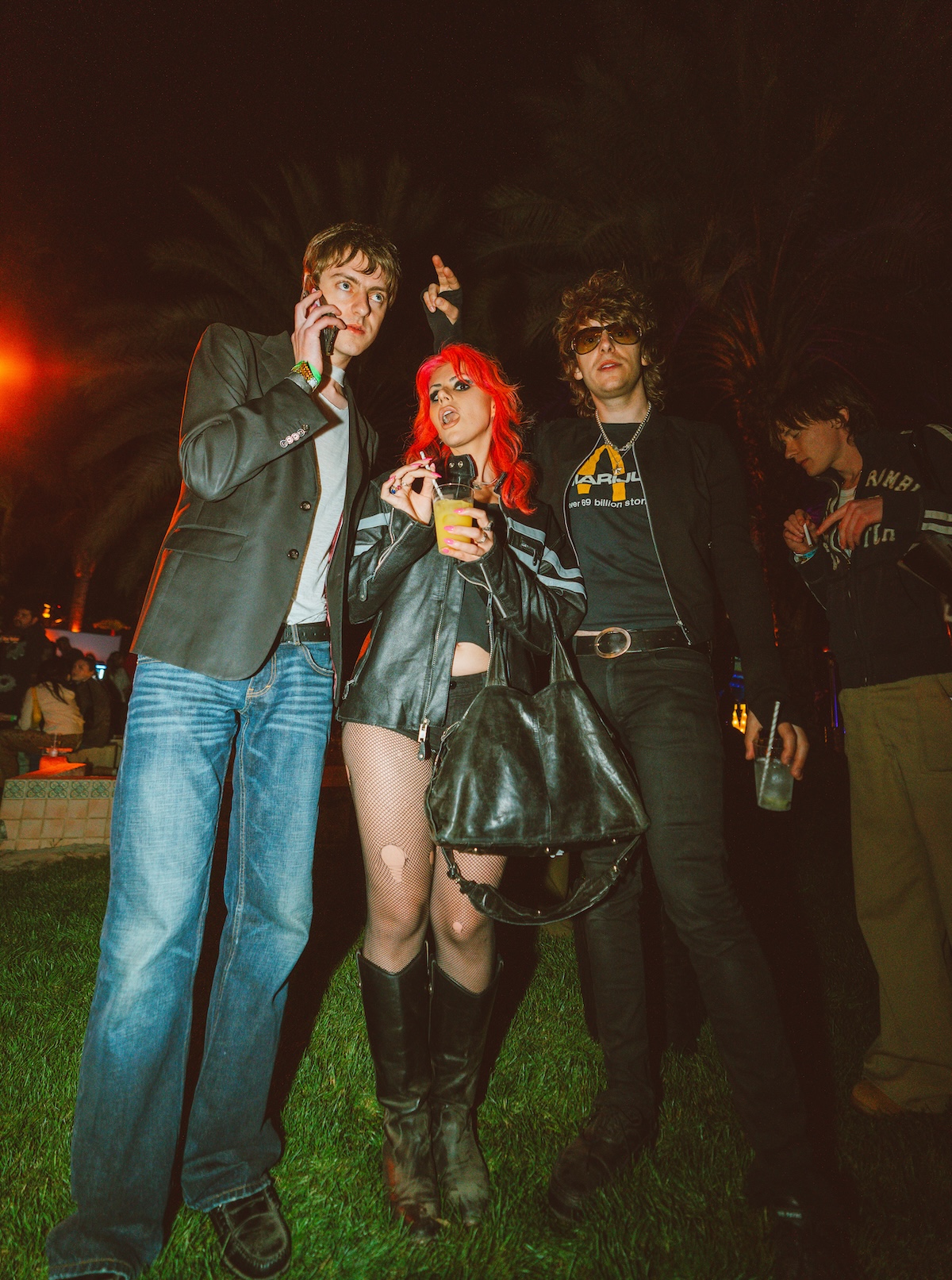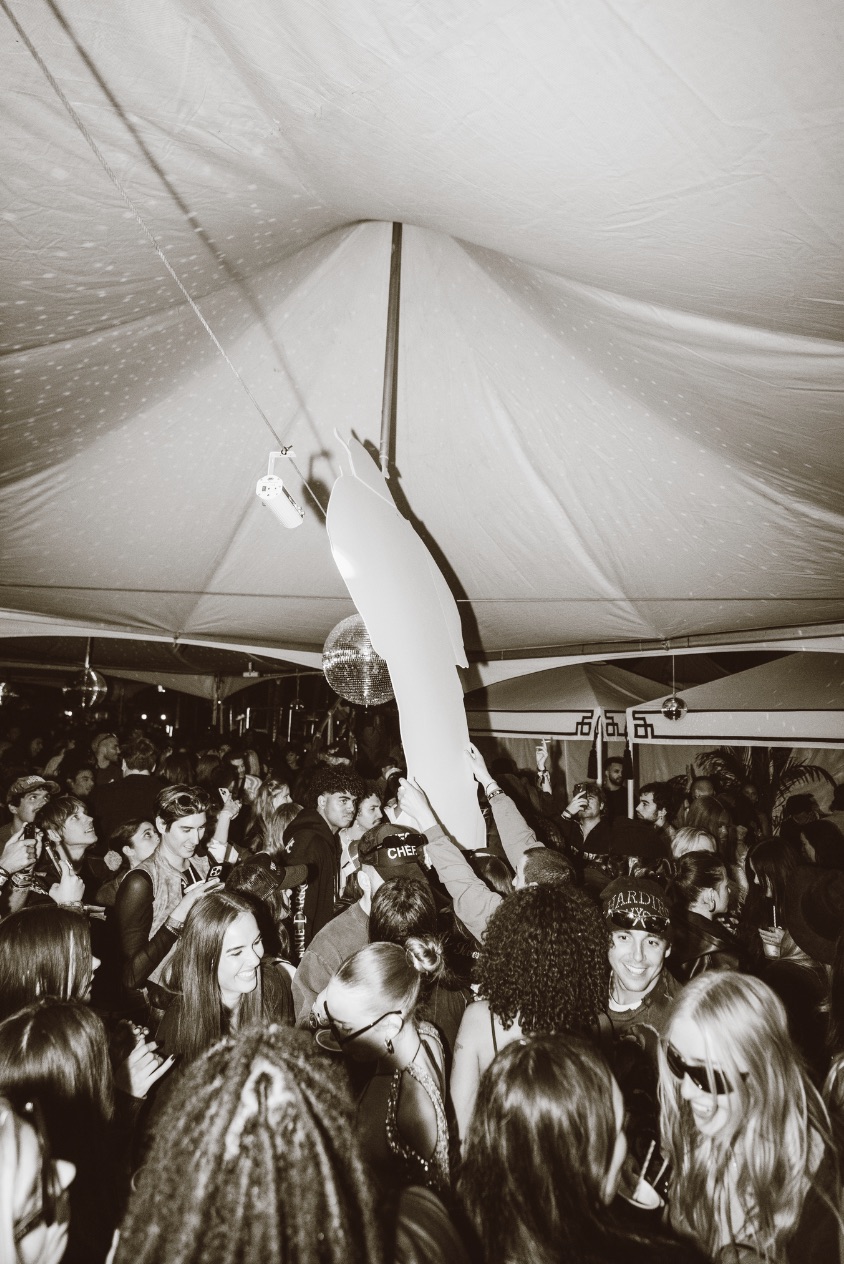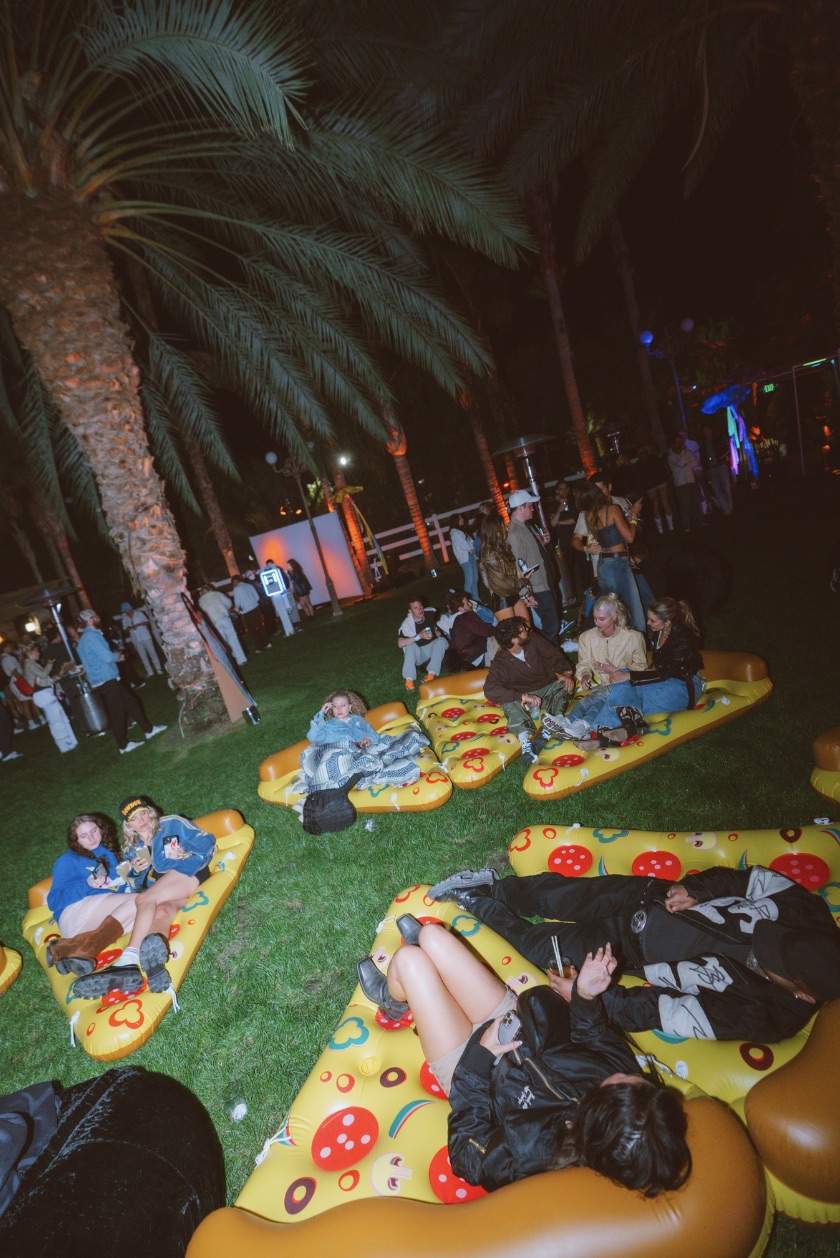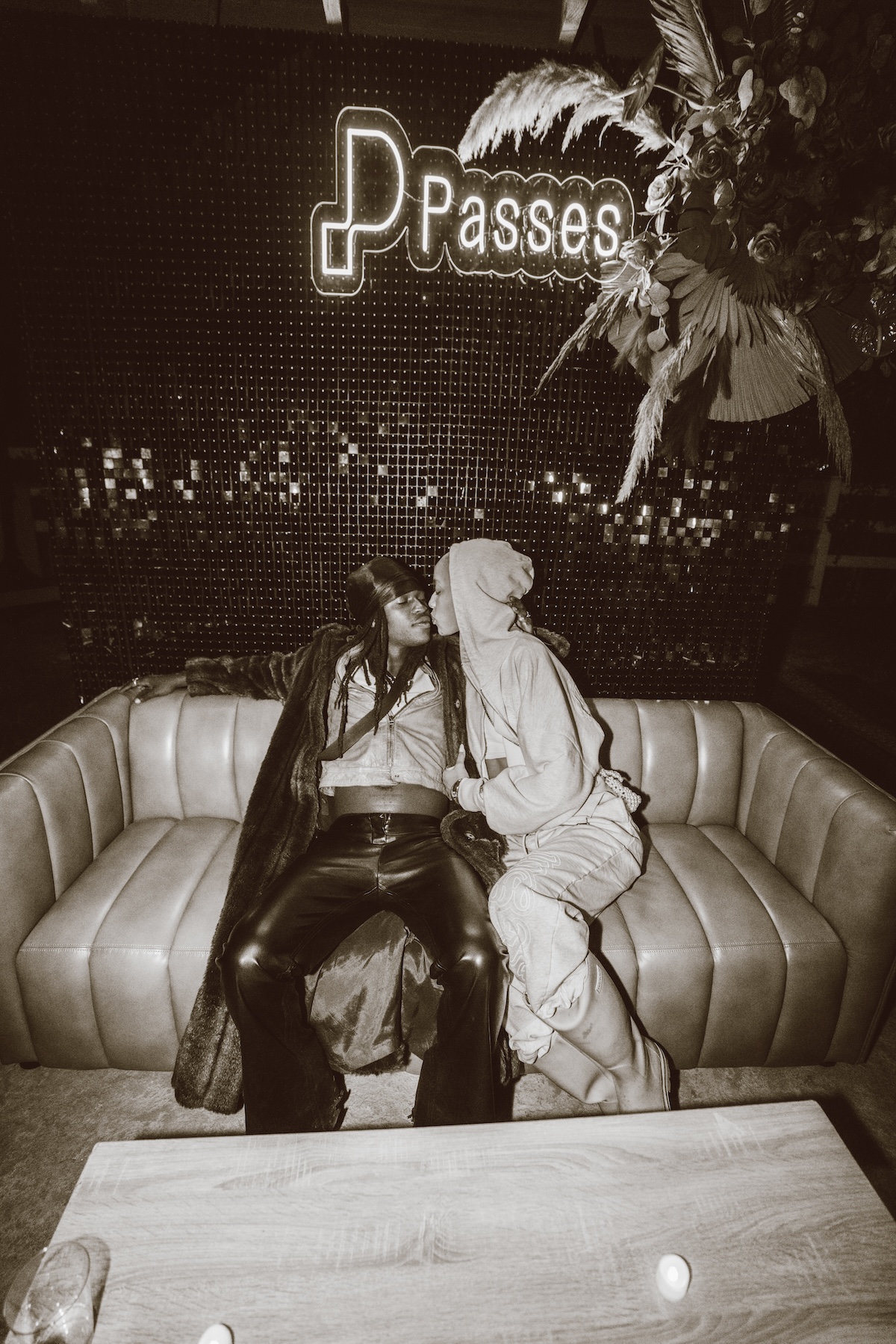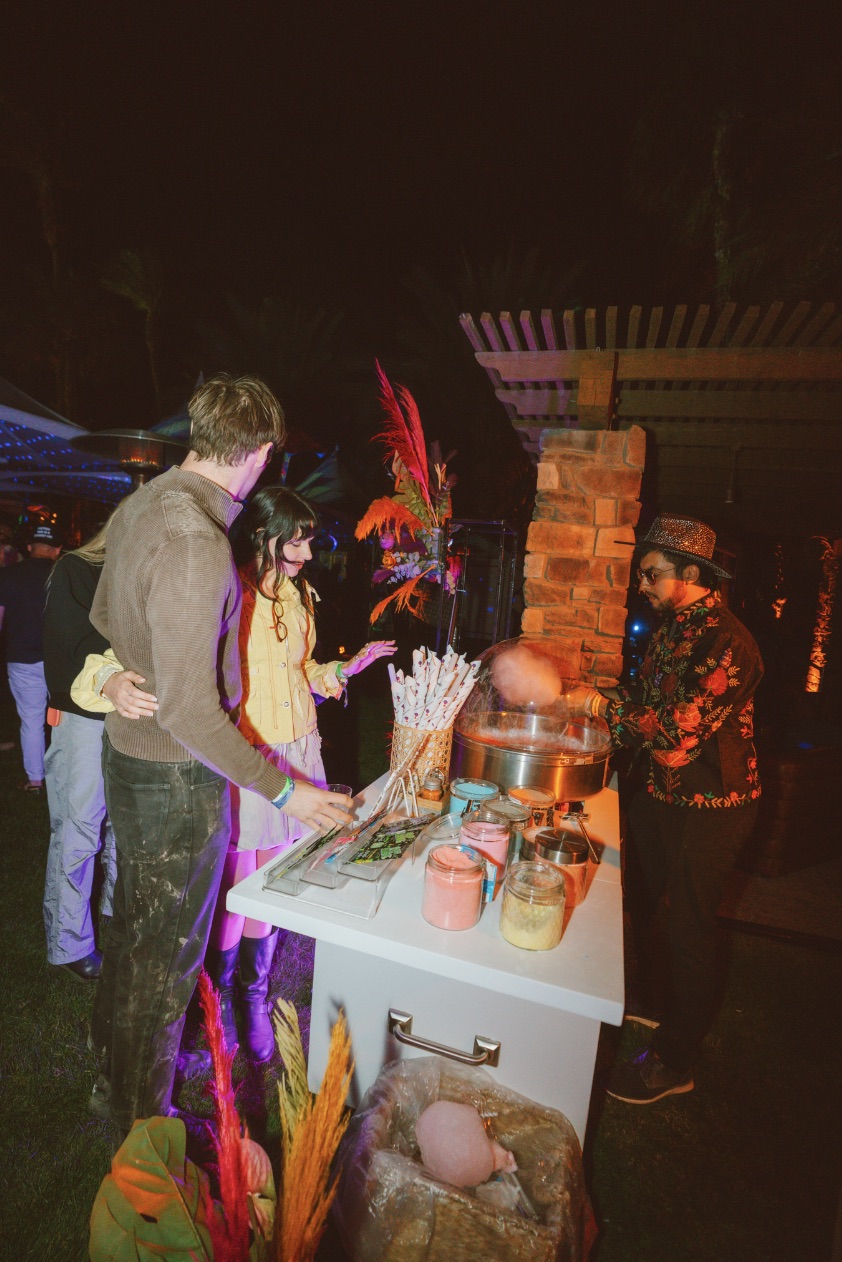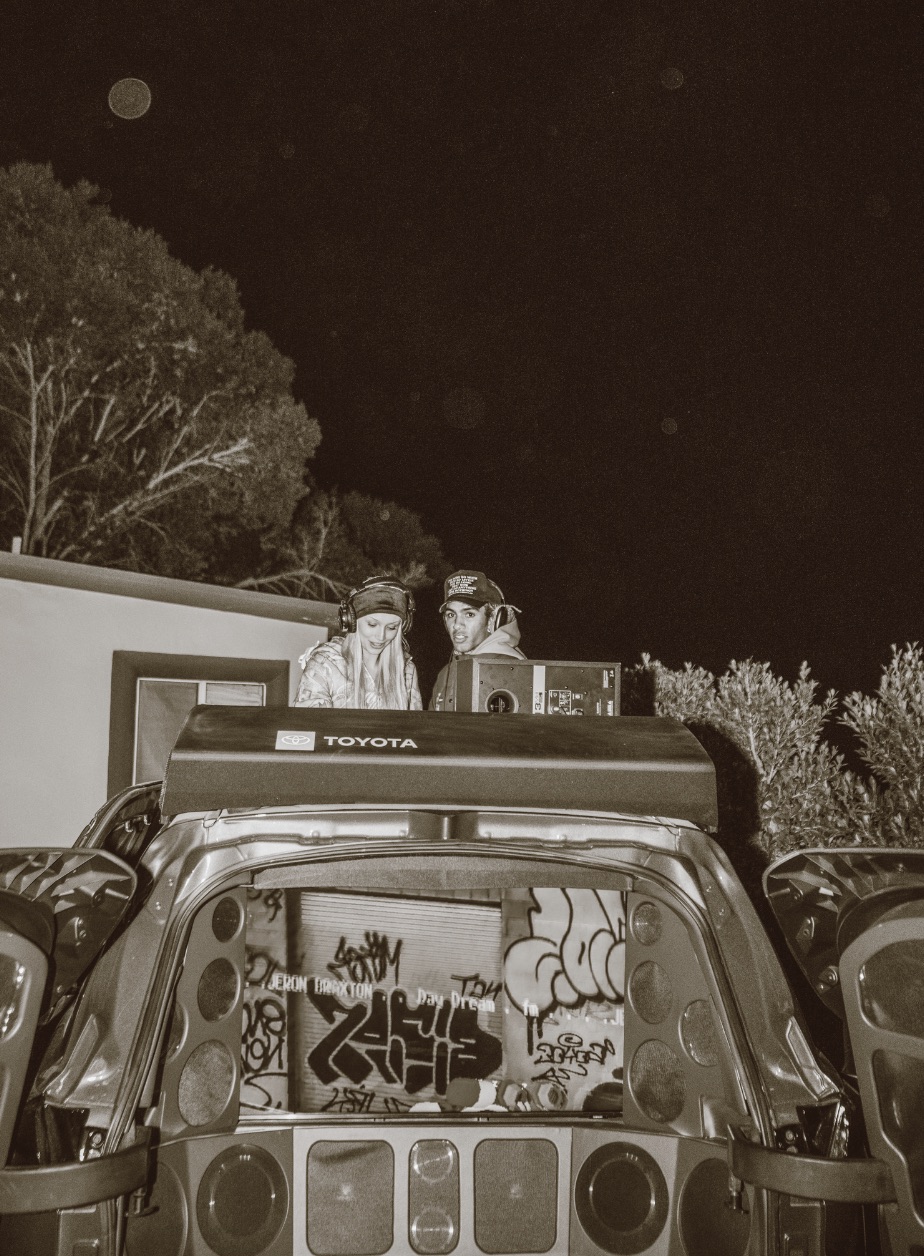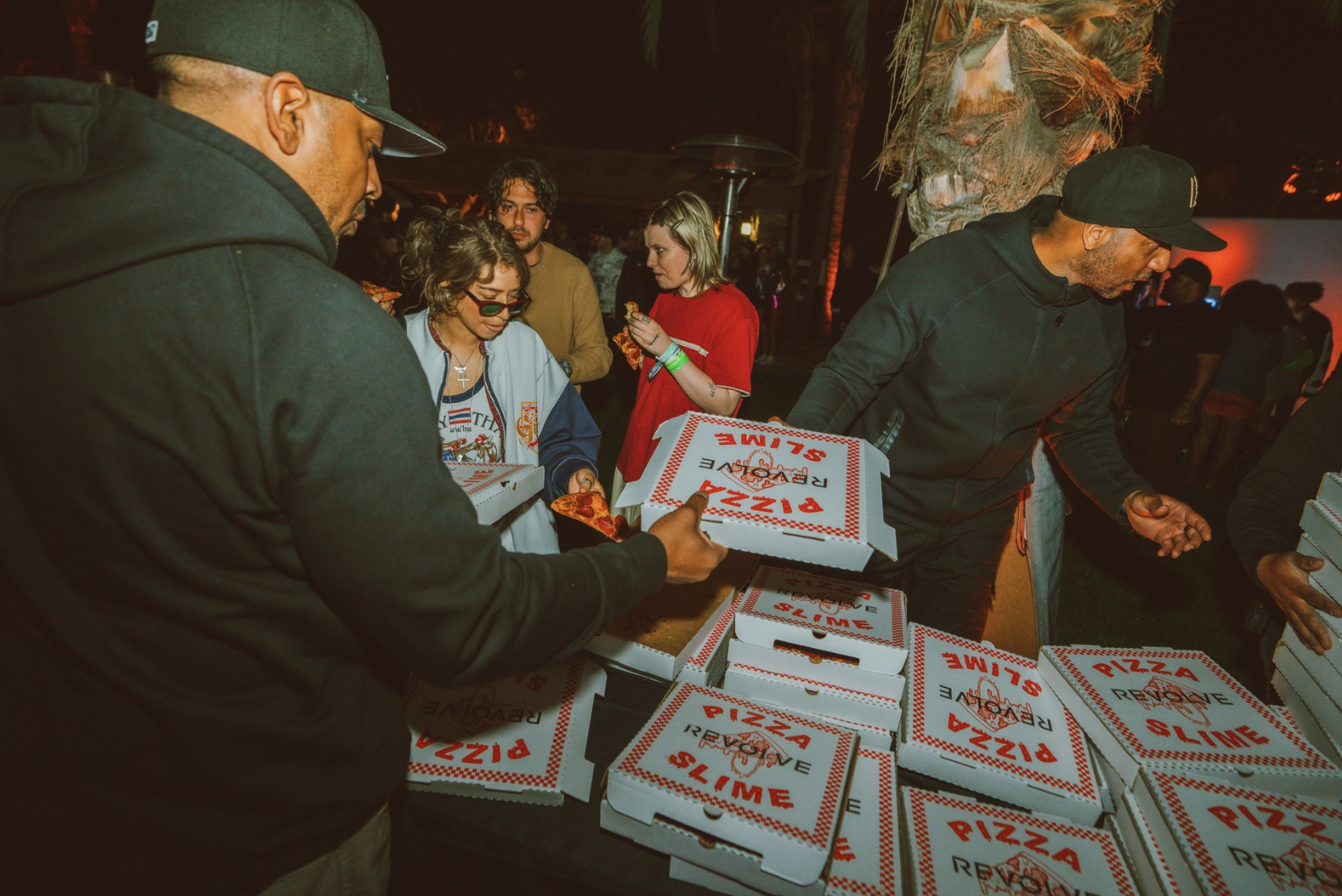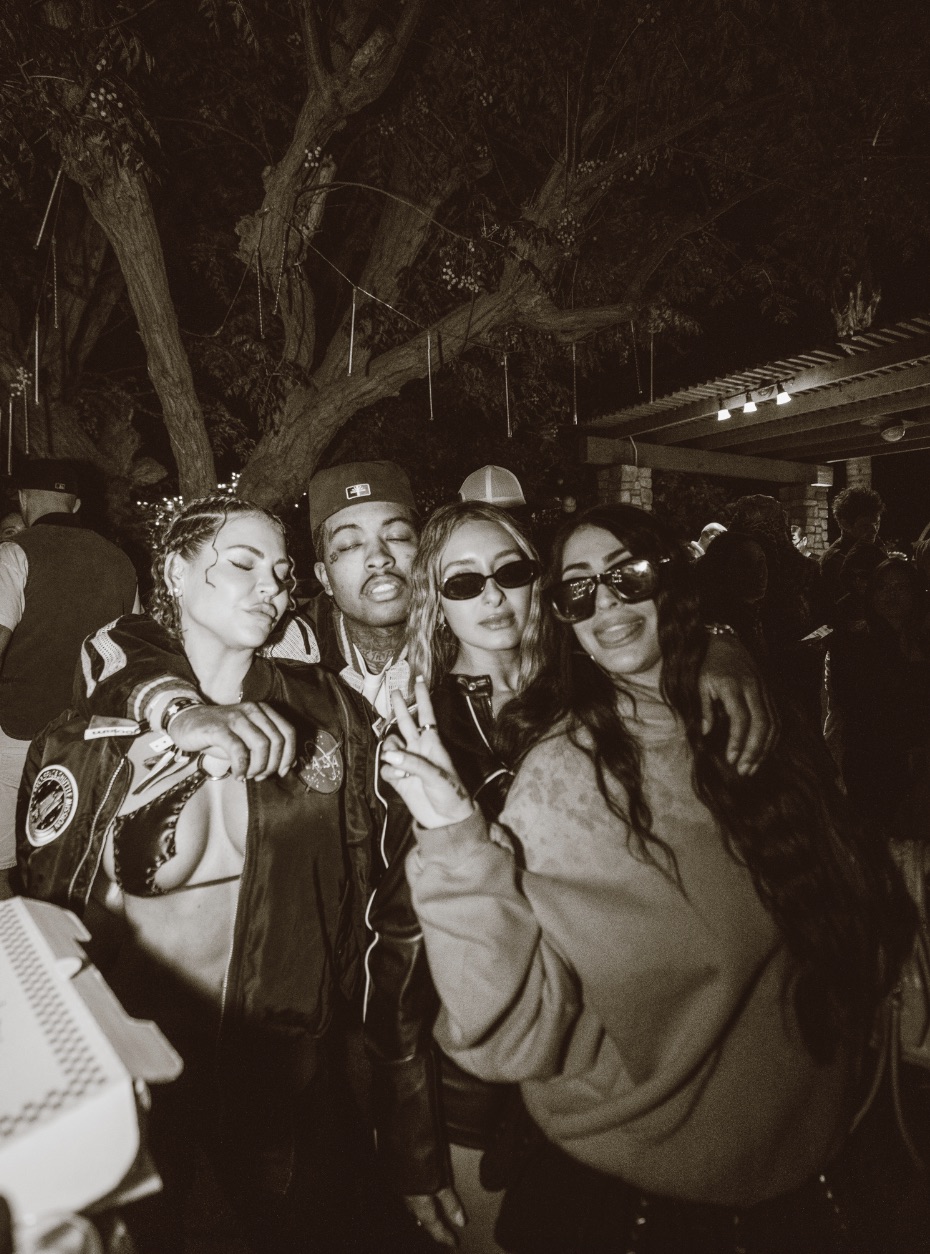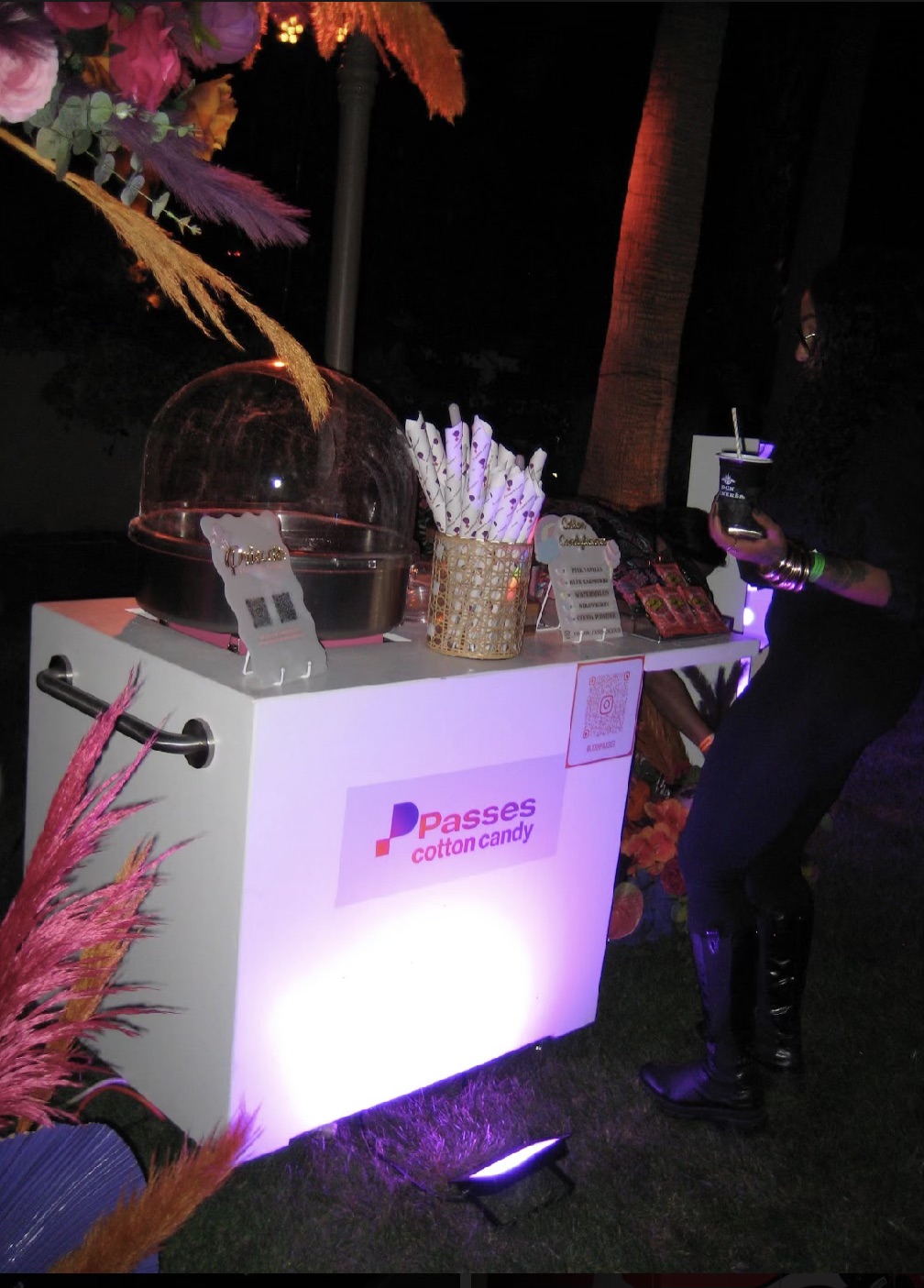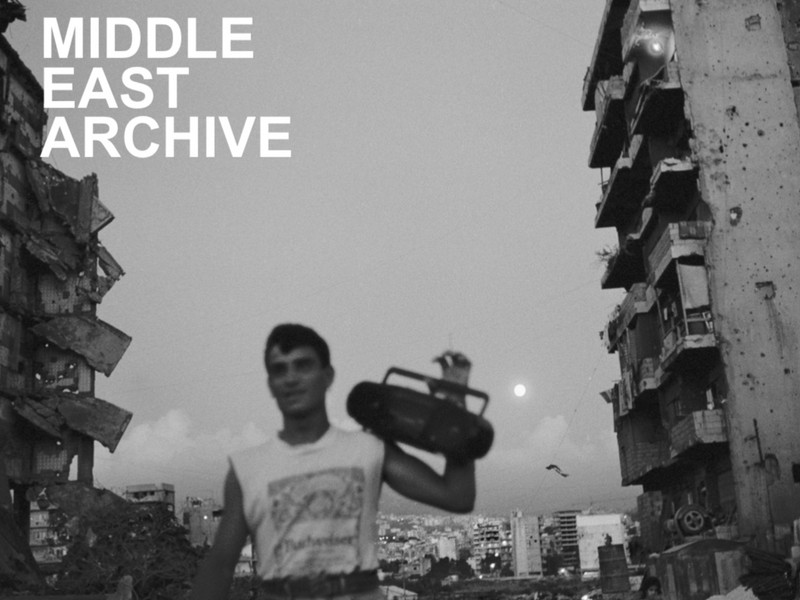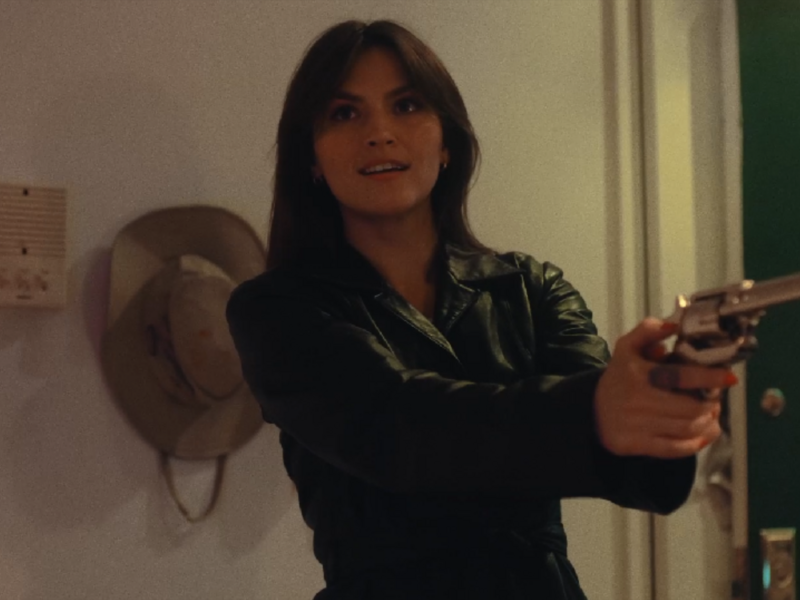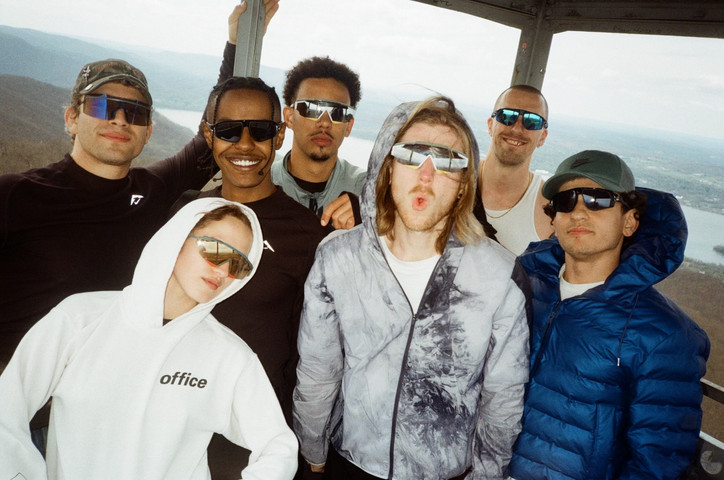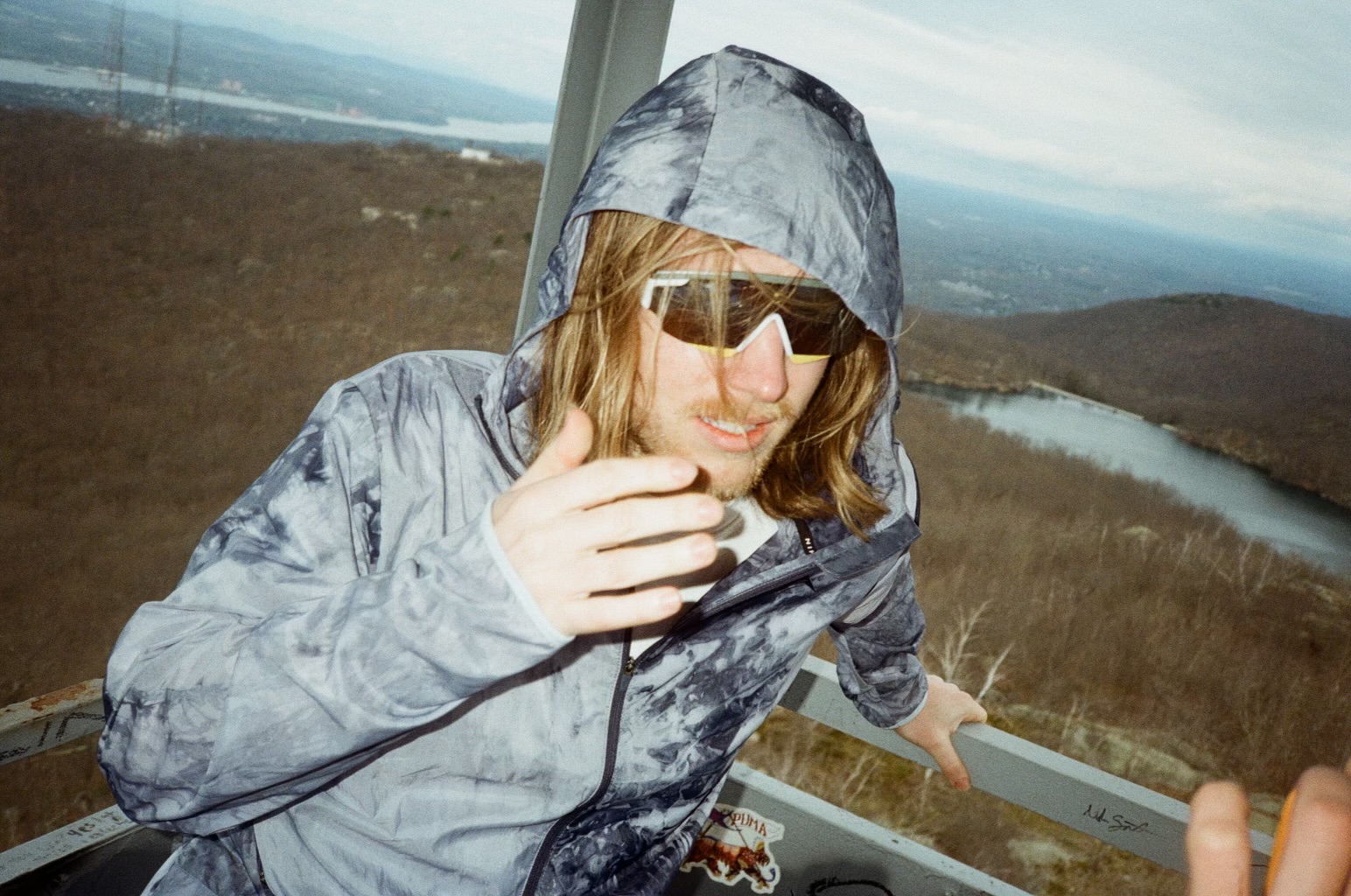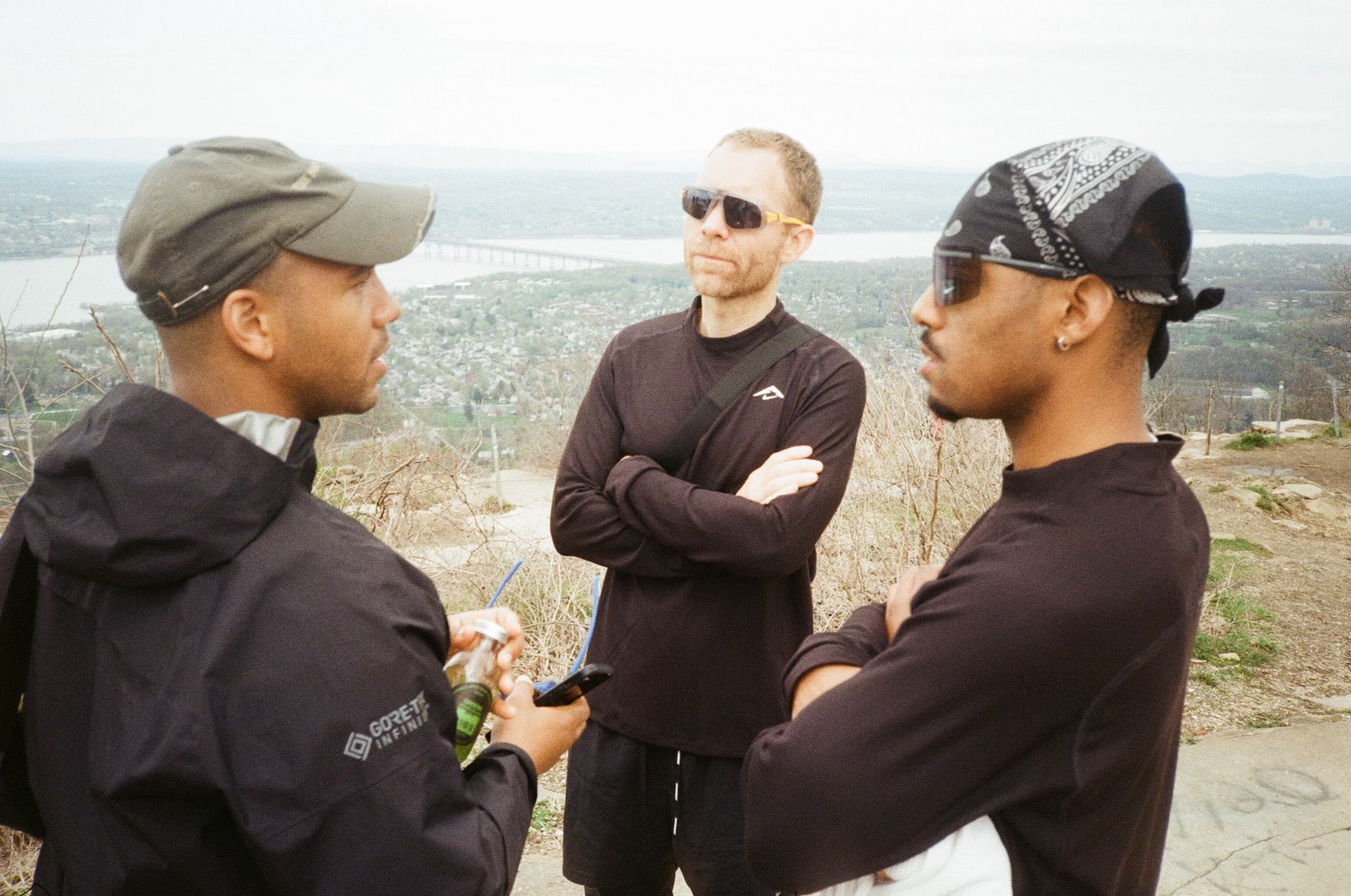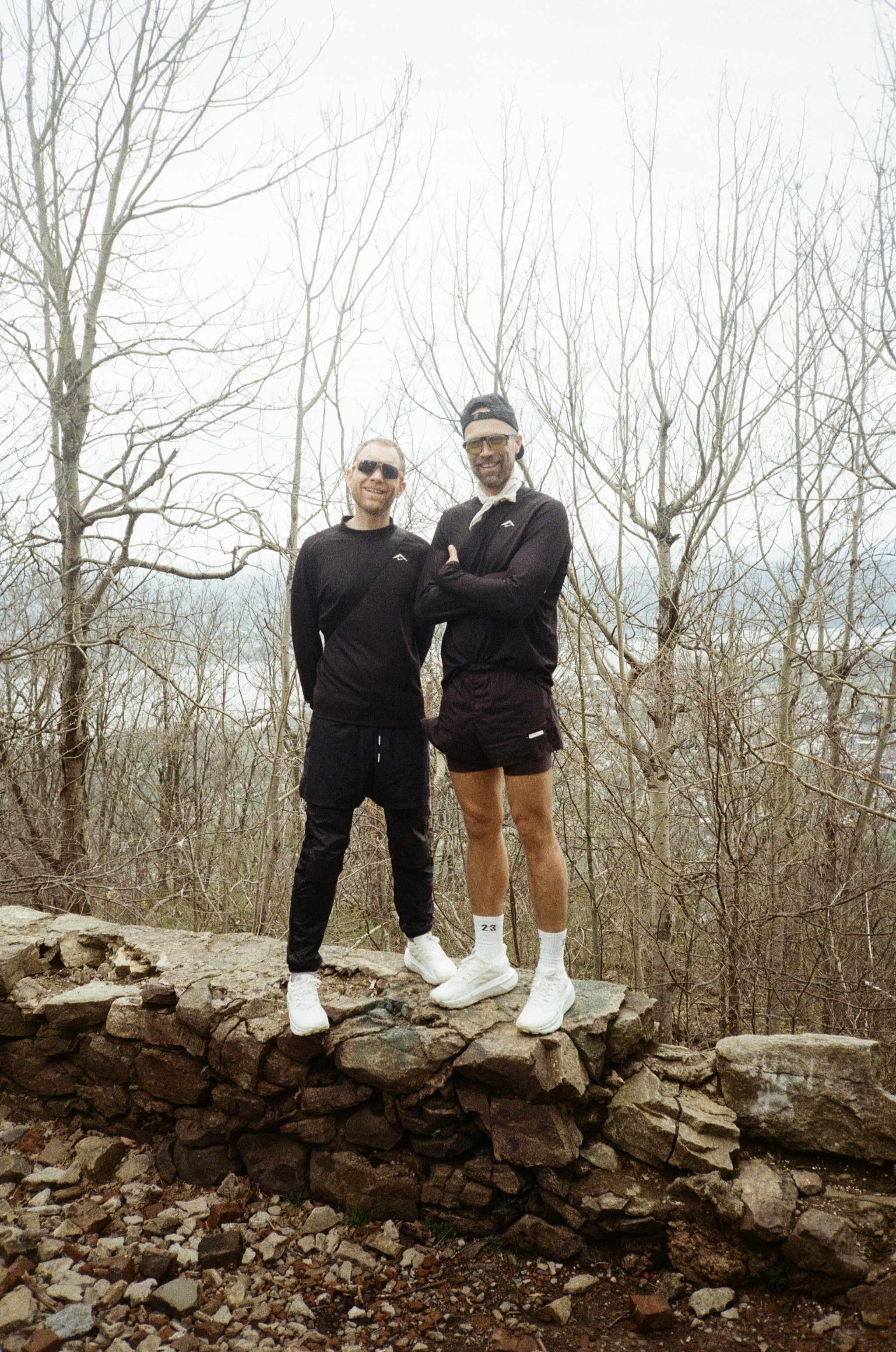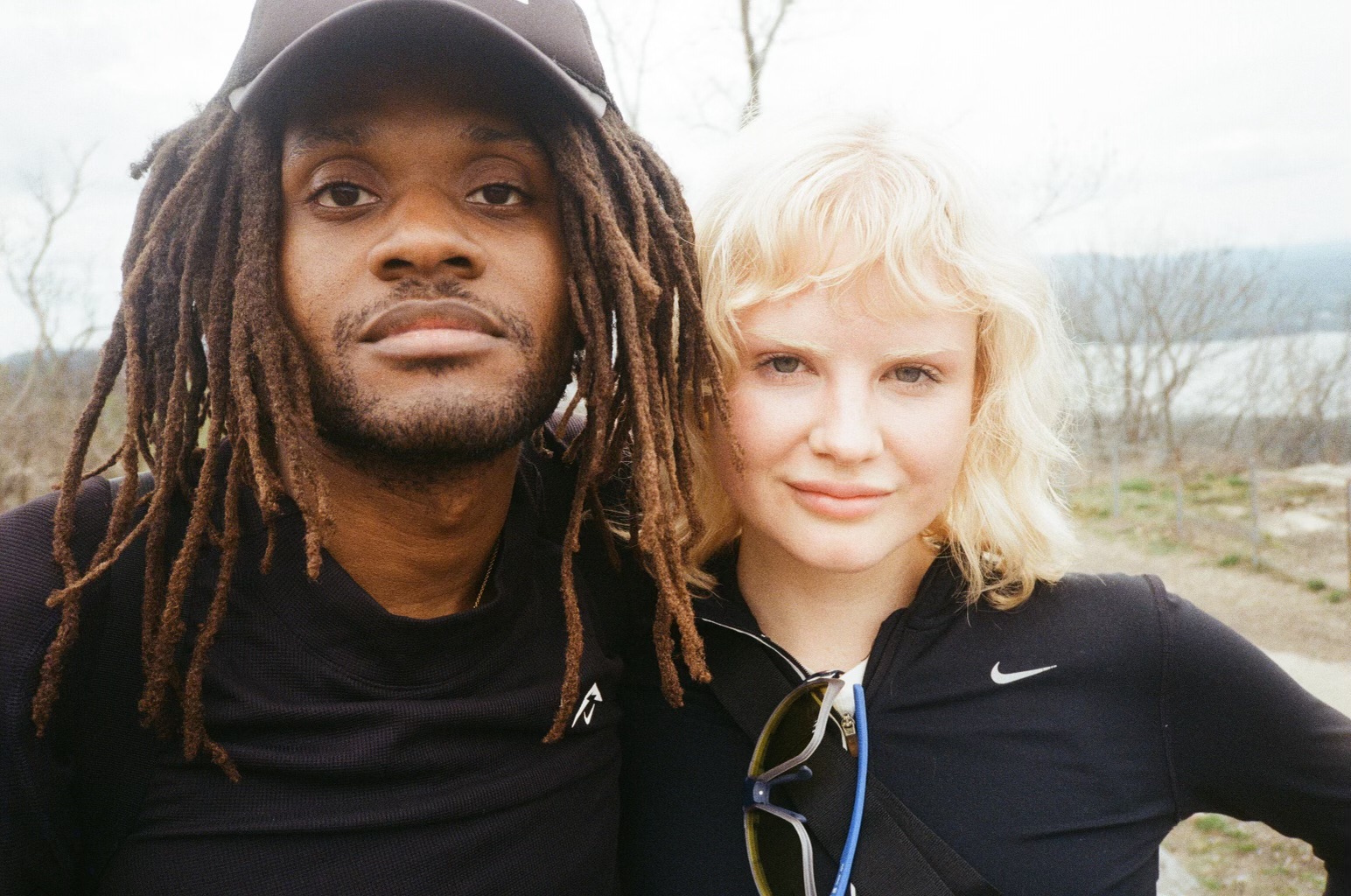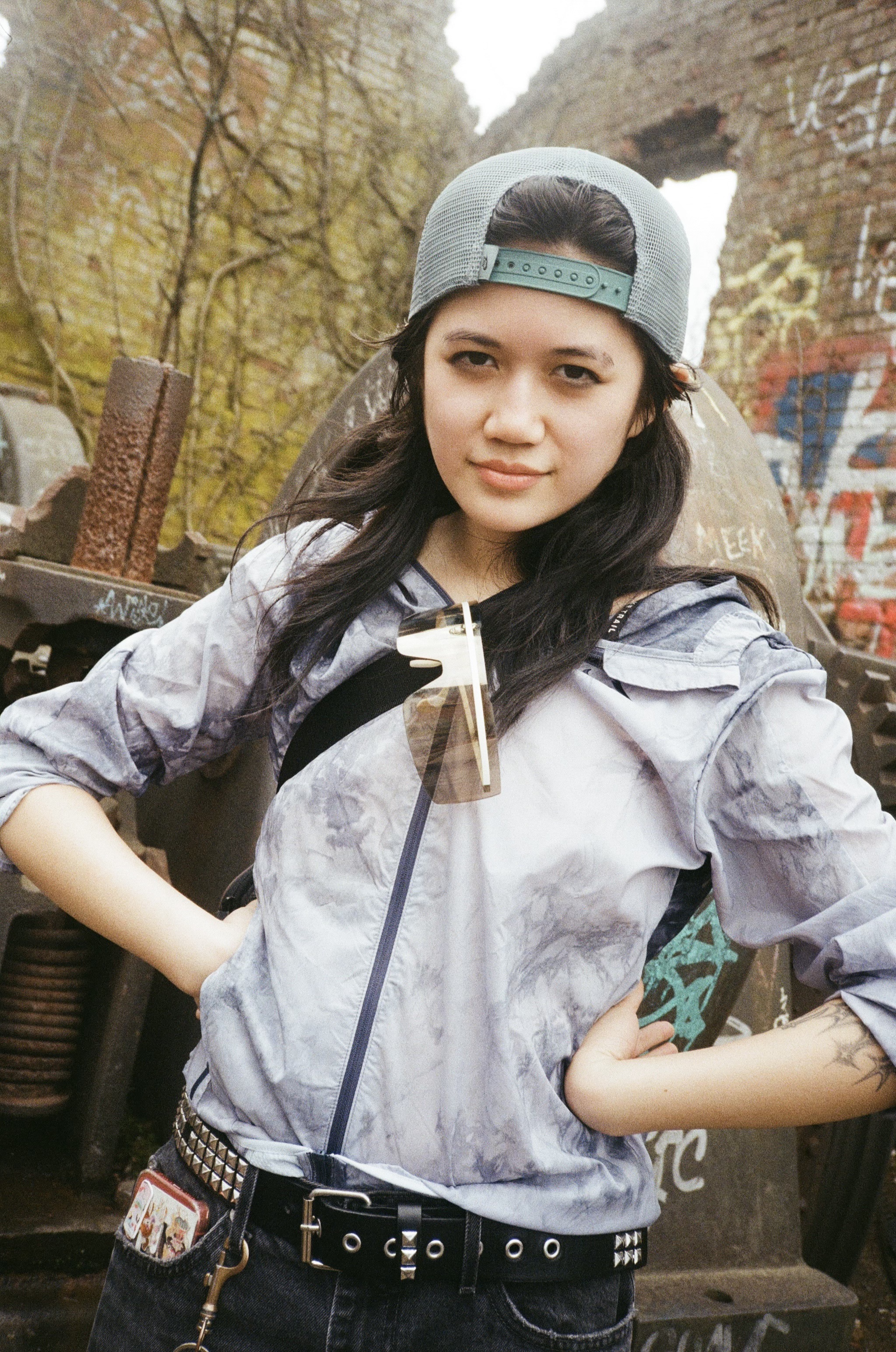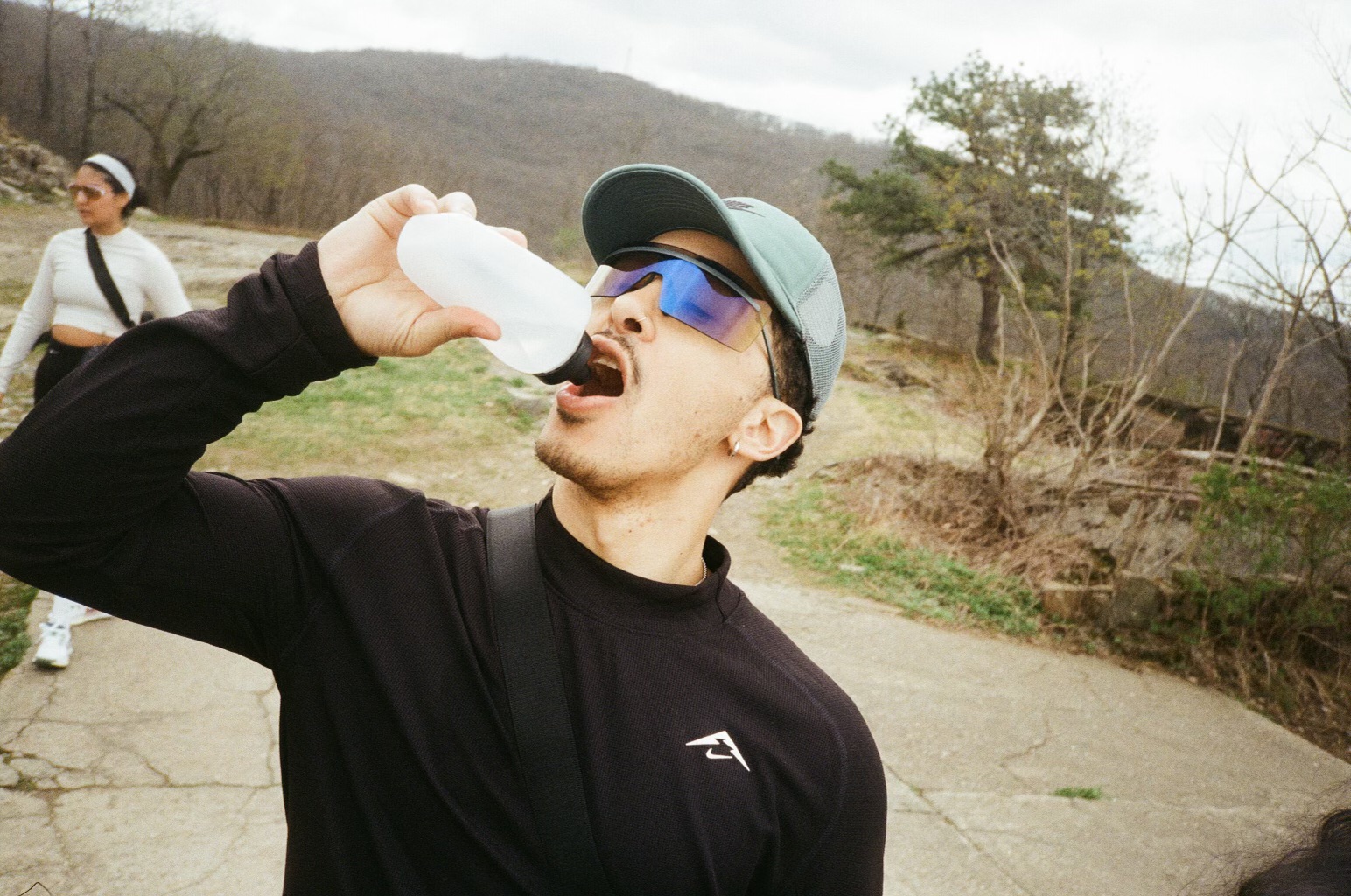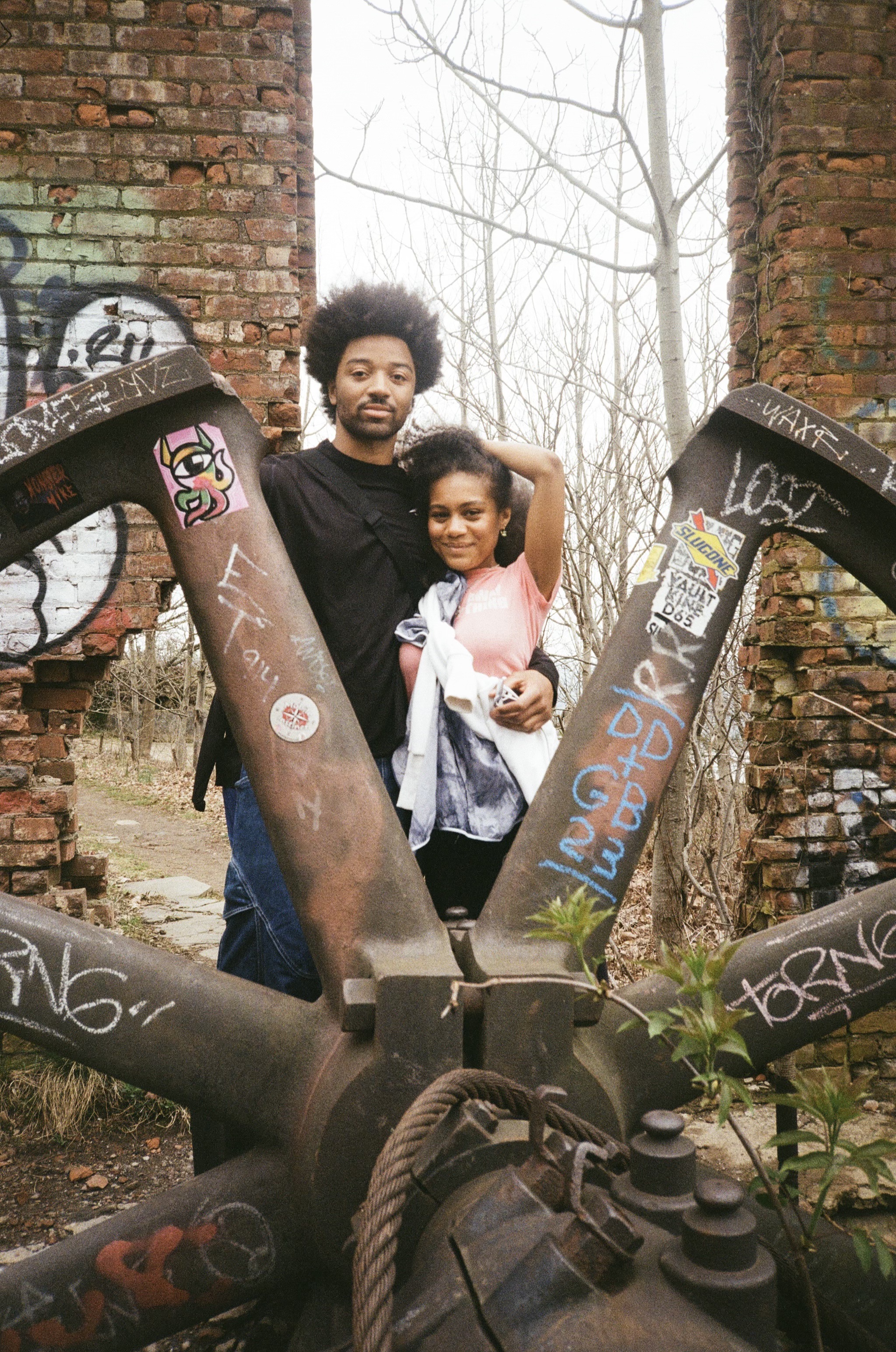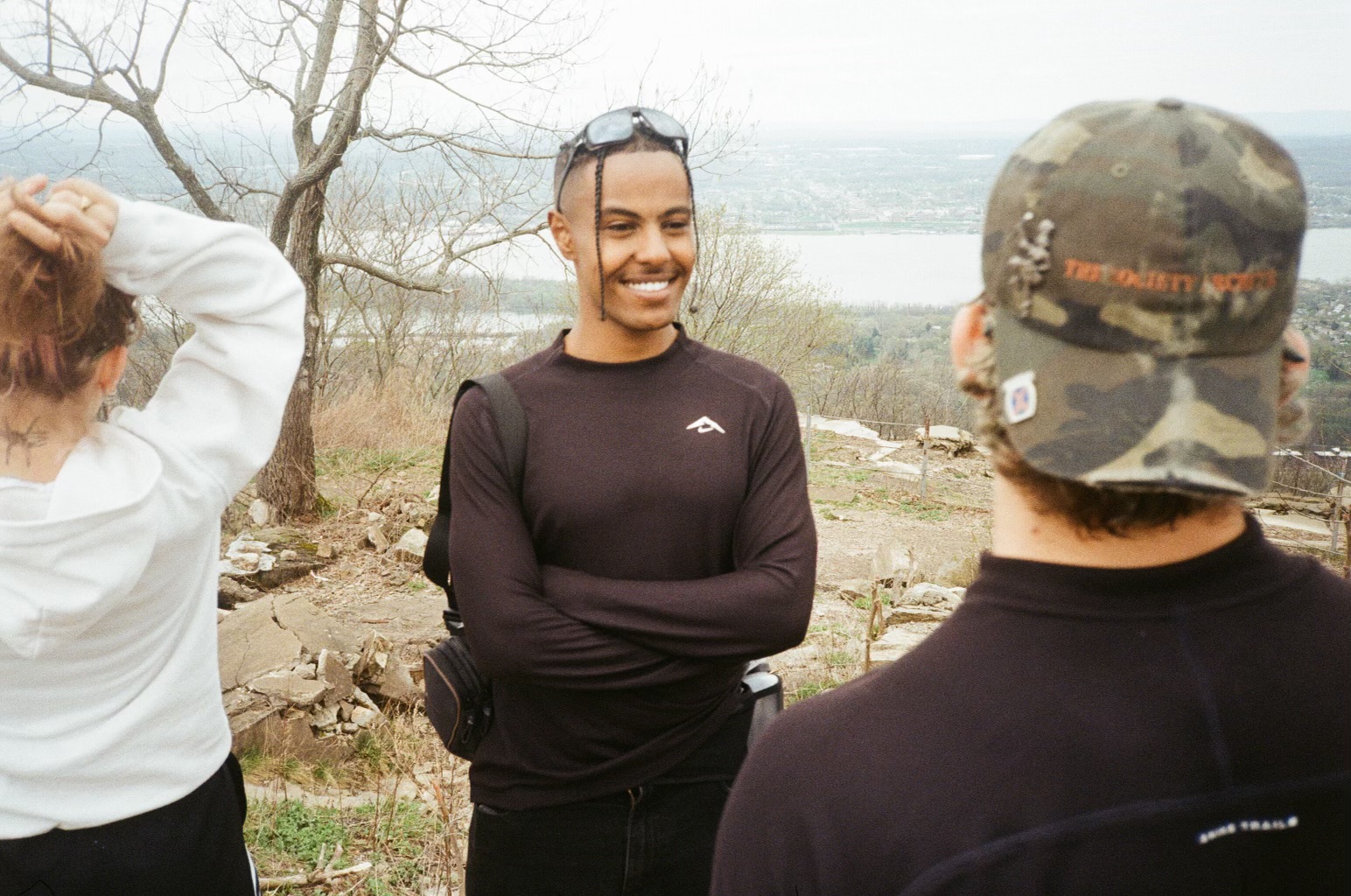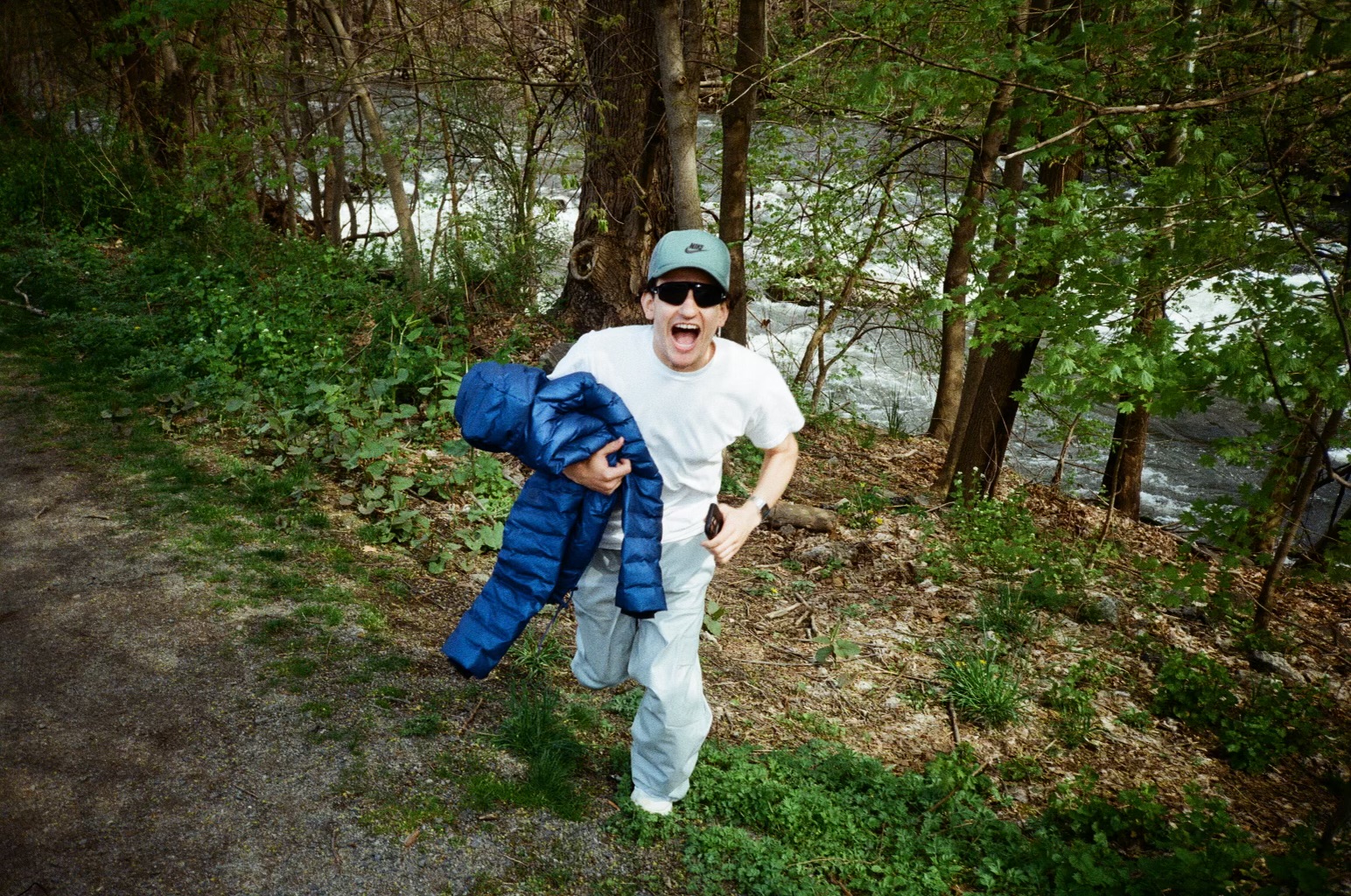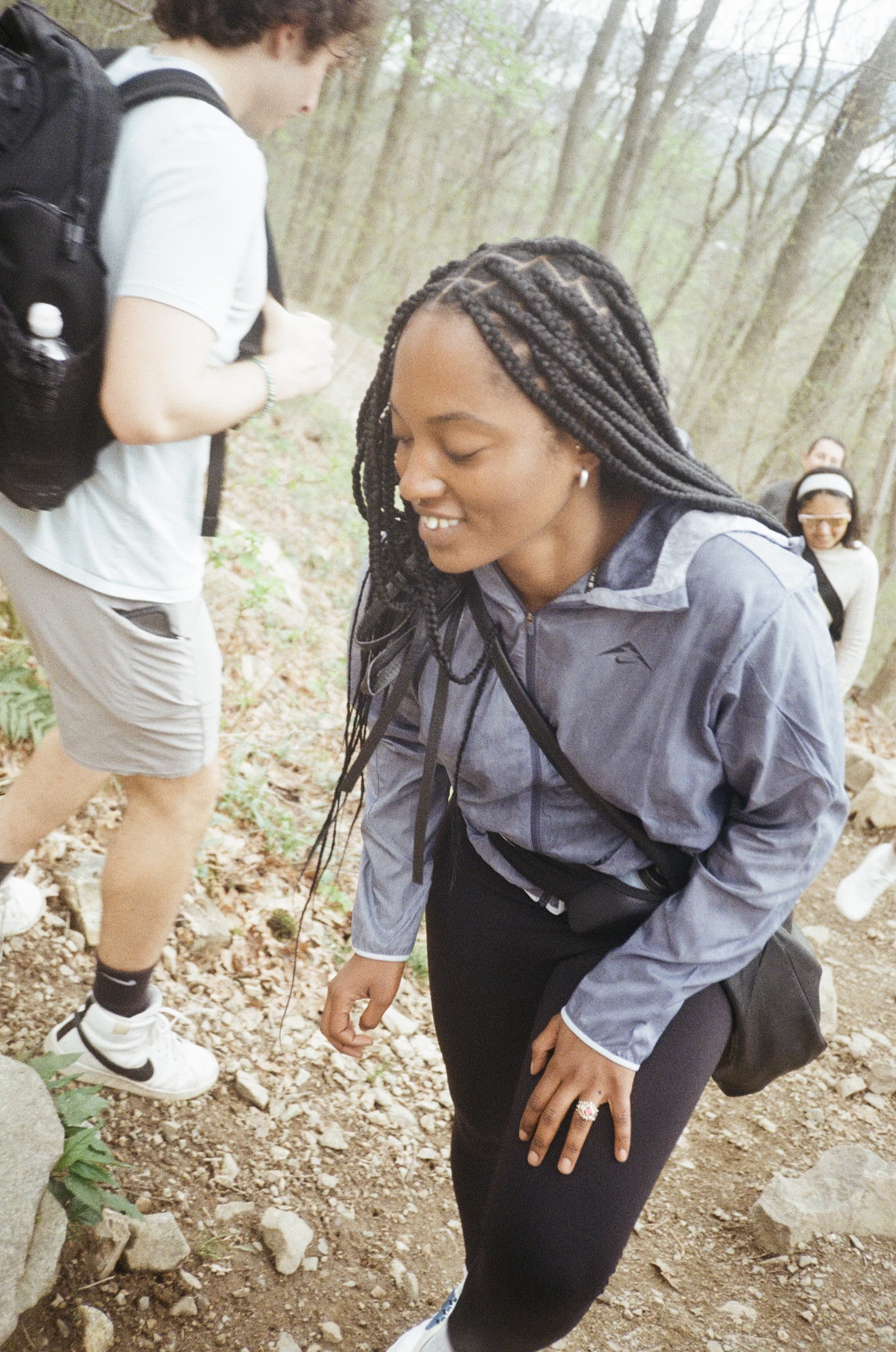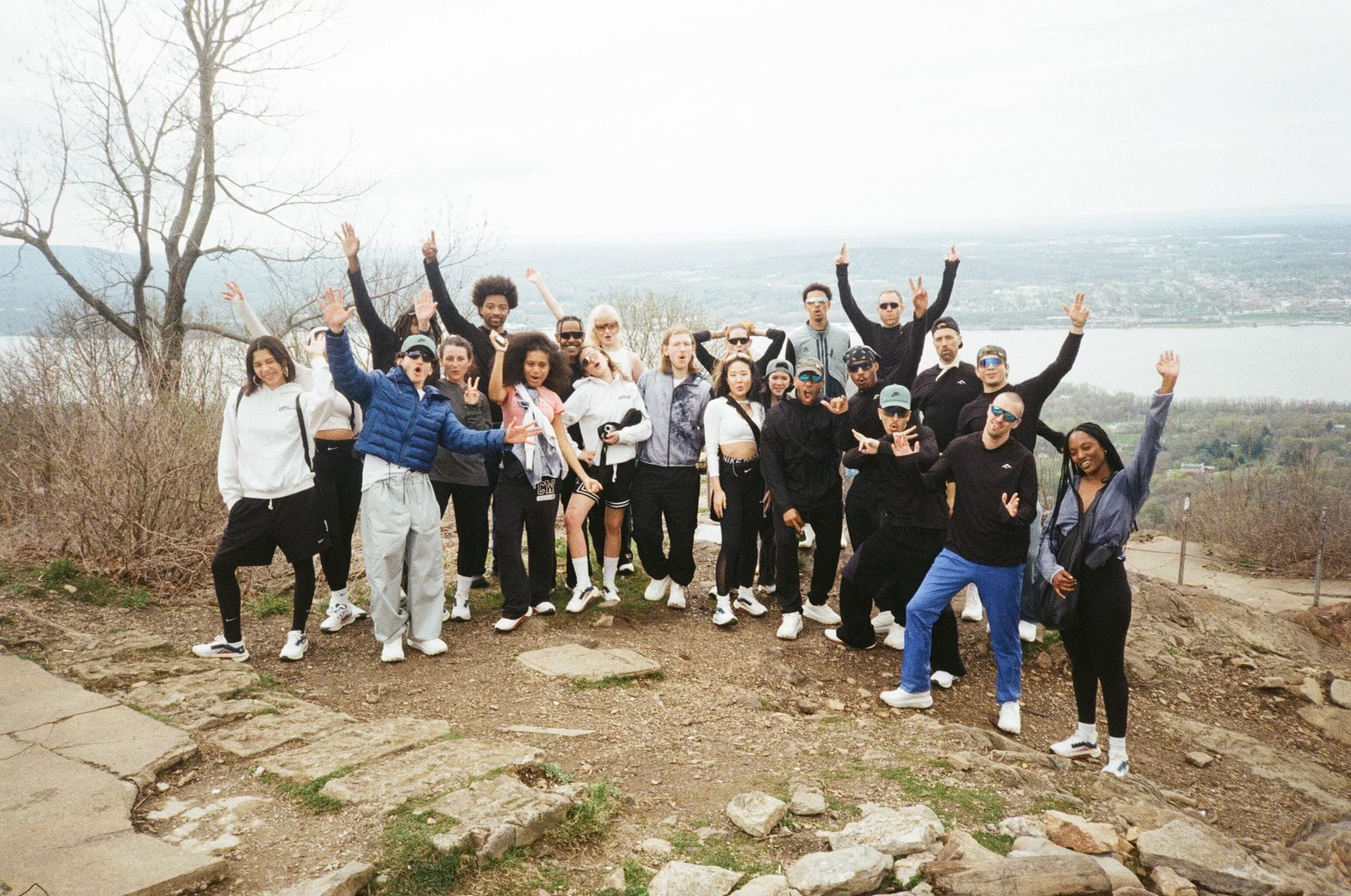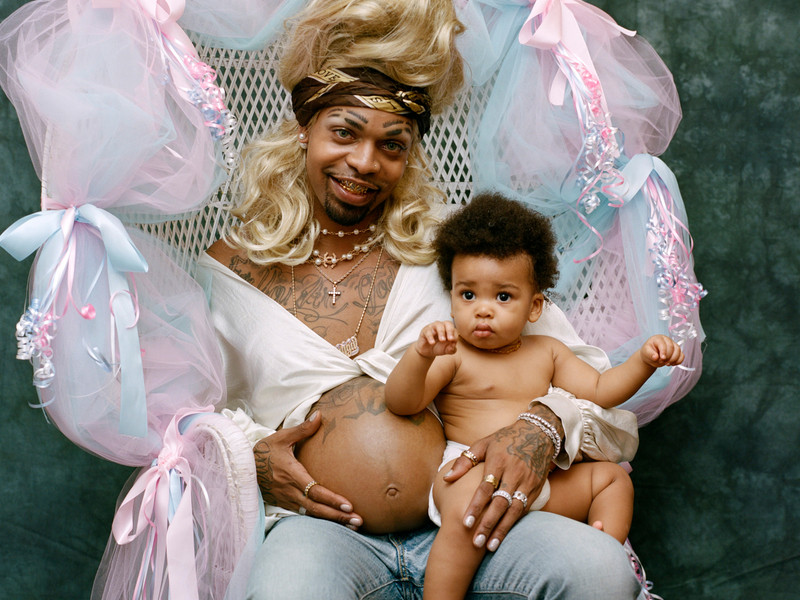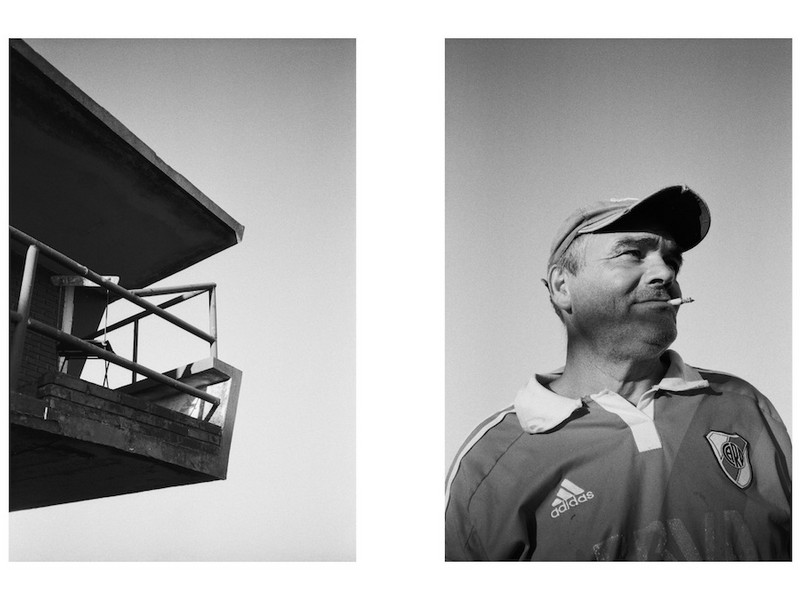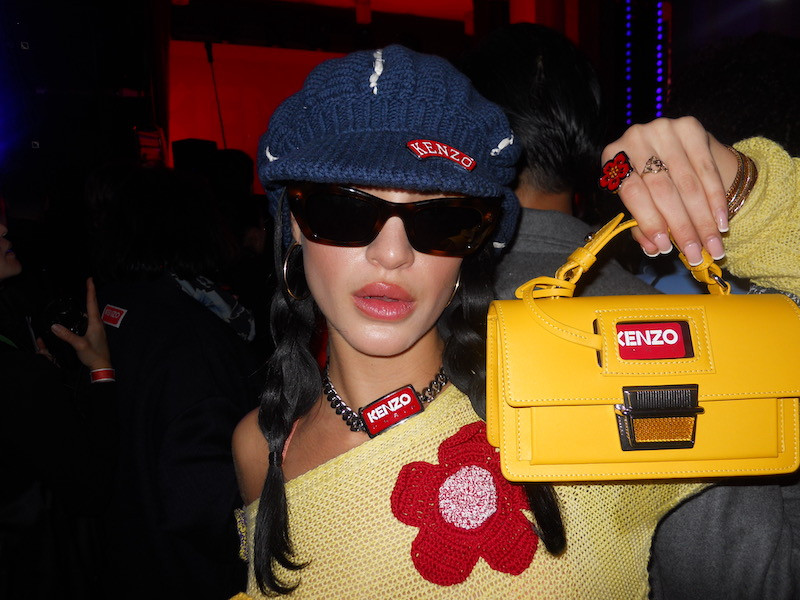Film Diary NYC III: Coldest Winter
The opening night screening at Spectacle Theater was packed with characters from all across the underground film world and New York at large: film critics, filmmakers, cinephiles and passerbys. But Film Diary’s homebase is Millenium Film Workshop, a beloved Bushwick based avant-garde and experimental arts center run by Joe Wakeman. The last night of programming was held at DCTV, a mainstay in New York’s documentary scene since the 1980s.
These are some of my favorites.
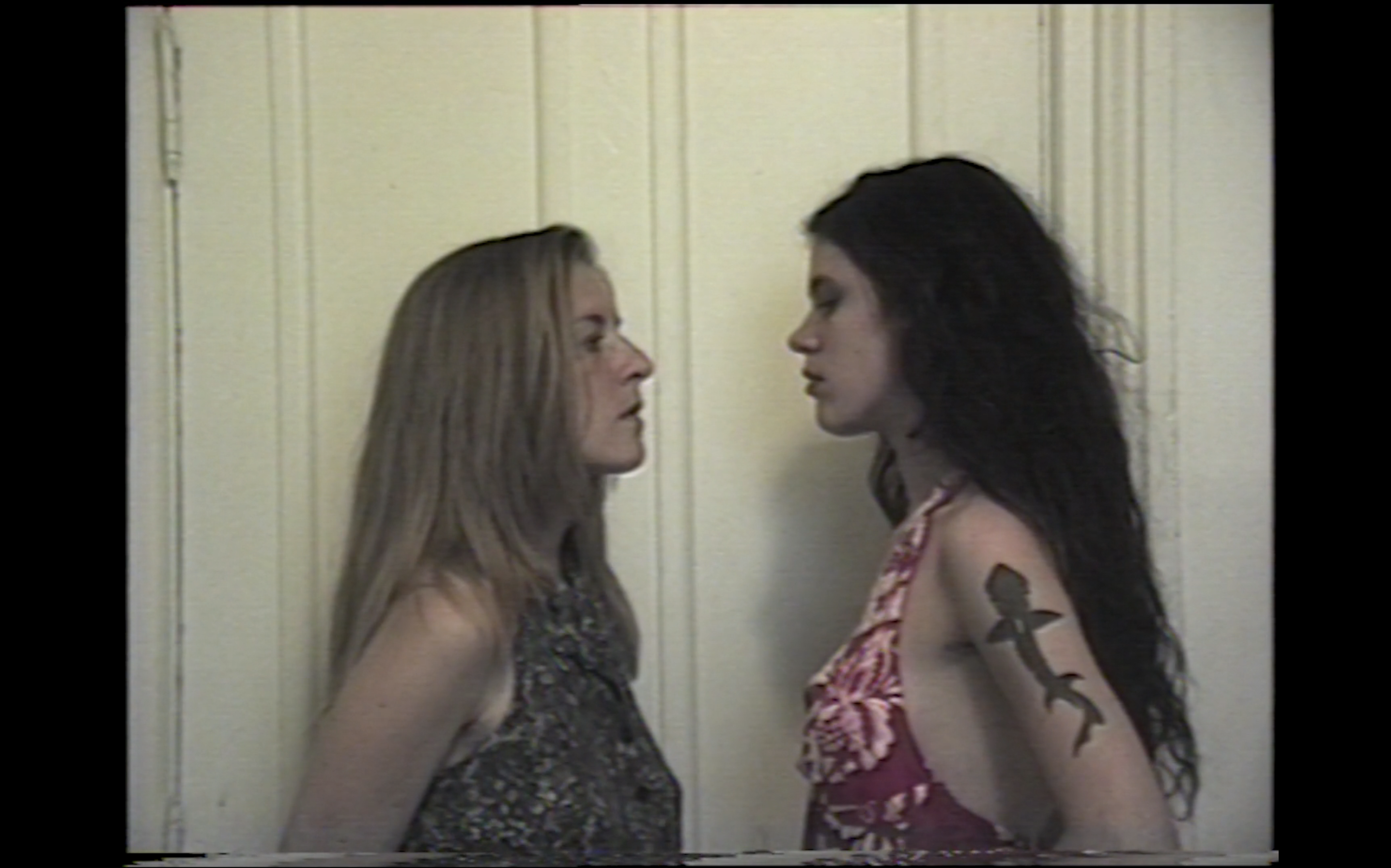
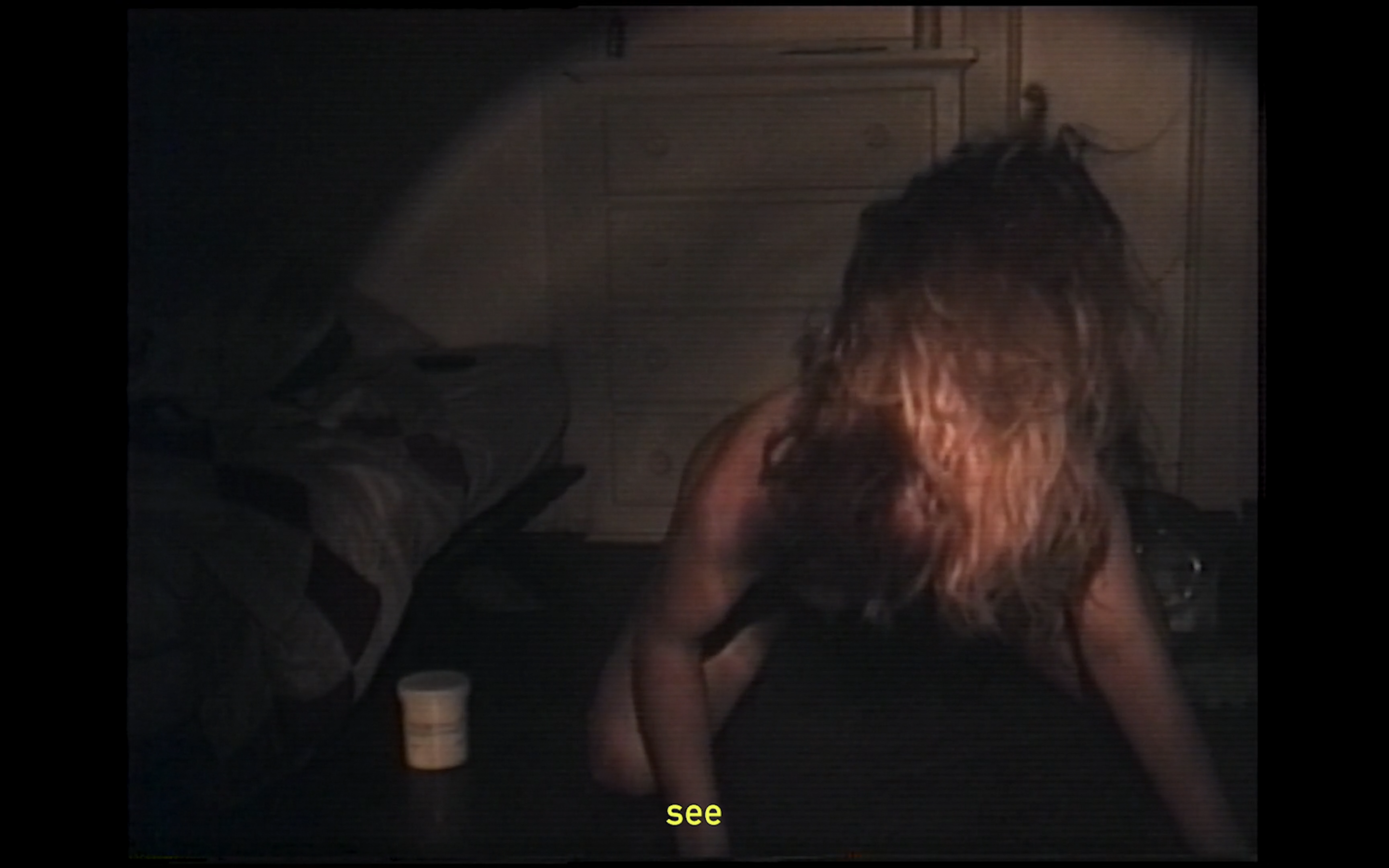
Even God
Liz Roberts returns with her latest offering “Even God”, following 2021’s “Midwaste”. Liz time travels with the audience, meeting her past self from thirty years ago. She compares the footage to “reading an old journal amplified with visuals and sound”.
The first section of the piece titled “The Apartment” revisits Liz’s personal archive of her early twenties spent in the queer, drug infused DIY scene of the midwest. Her work has a tenderness to it and avoids sensationalizing the realities of addiction. The camera set down in her kitchen, we witness the free-spirited and artistic infused meanderings of her friend group.
The second section of the film titled “The Deal” centers on Liz’s failed LA movie deal where they offered to buy the rights to her personal archive. This moment is chronicled with written text from the contract itself in an attempt to grapple with selling one’s own precious memories. Even in the midst of legal terminology and jargon, the film manages to stay arrestingly present and human.
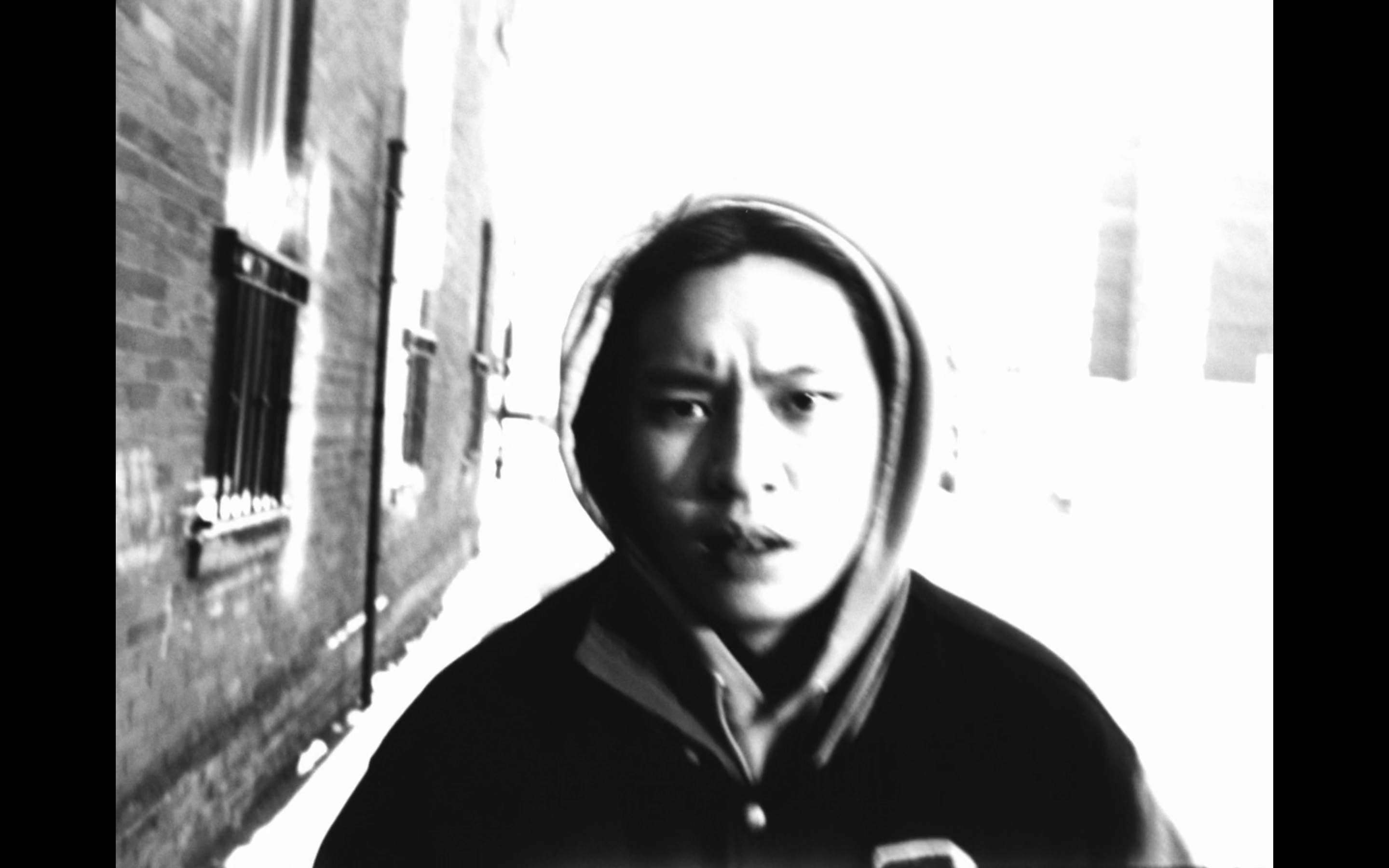
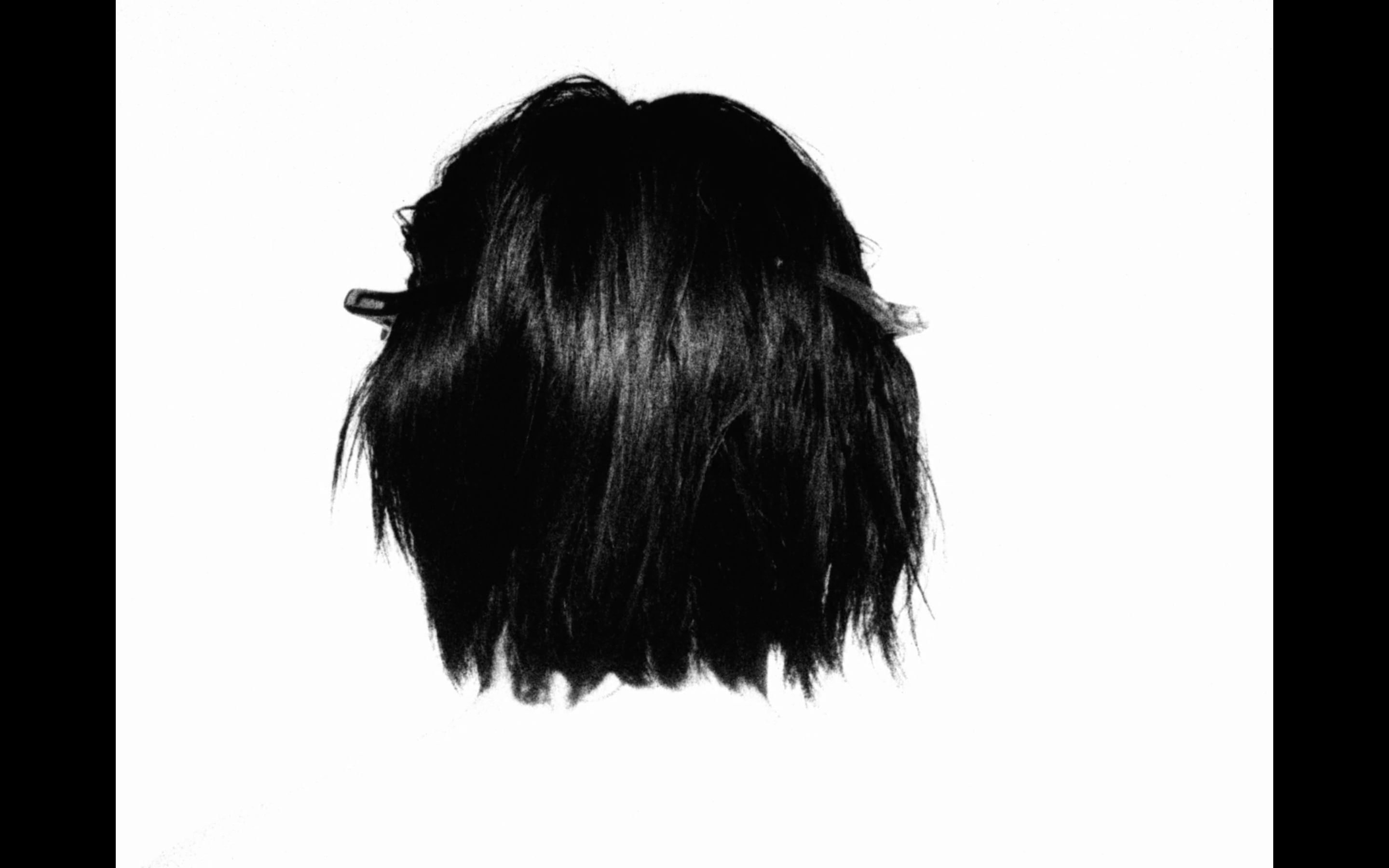
Why Do Ants Go Back To Their Nest?
Toronto based director Alex Lo questions notions of home and place in his auto-fictional film “Why Do Ants Go Back To Their Nest”. The film asks us to consider what home is and to work through our relationship to diaspora and life abroad. The narrator of his piece tries to remedy his homesickness by building a tunnel from Toronto to Hong Kong.
Alex uses a variety of imagescapes to take us through his journey from blurry fast moving scenes that lose all shape to black and white moving portraits of his loved ones in Toronto. These visuals are accented by his poetic monologue and varied sound design which ranges from ambient noise to disorienting jazz music. In the end, Alex masterfully explores the transformative effect of time on the places we love and ourselves.
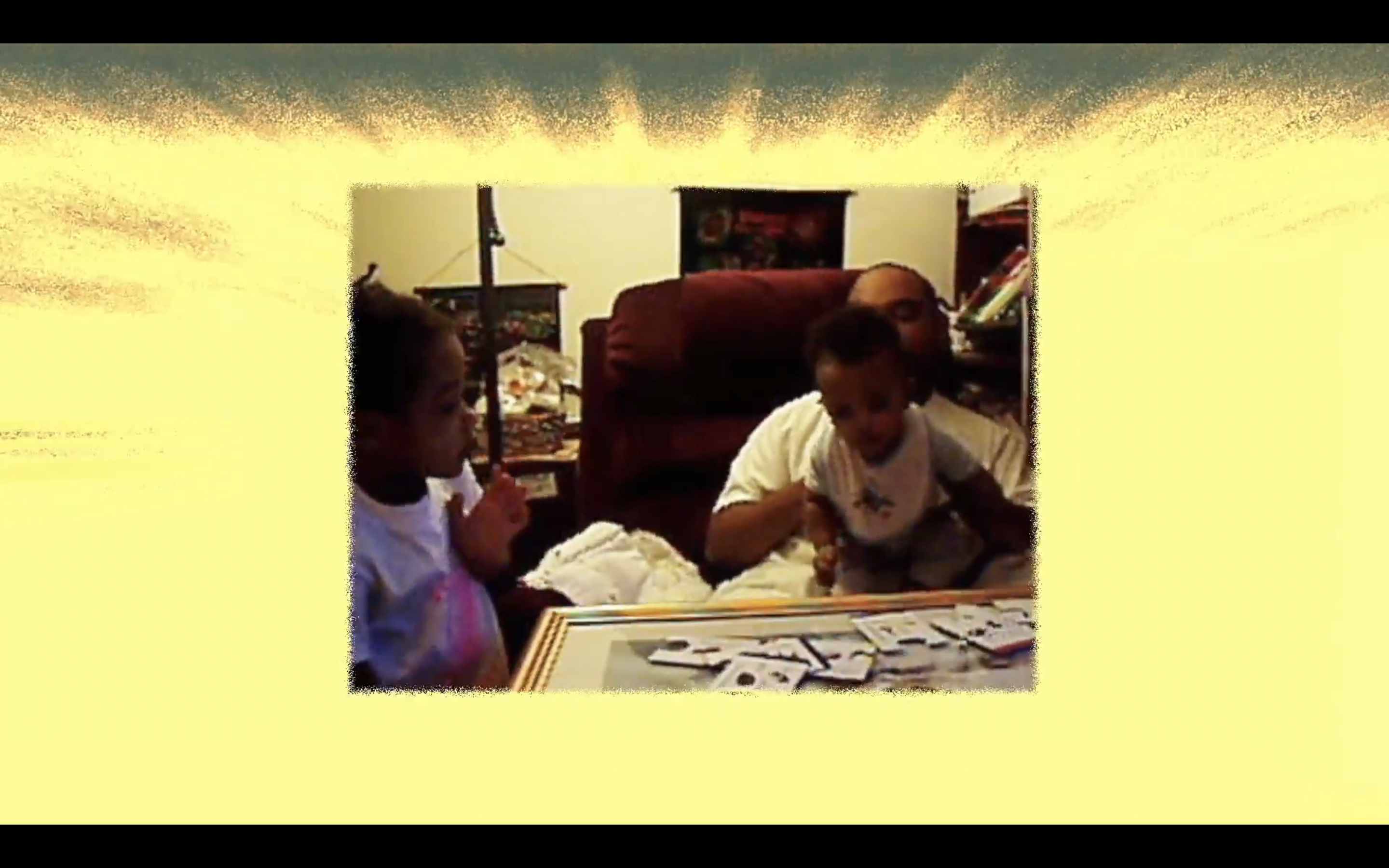
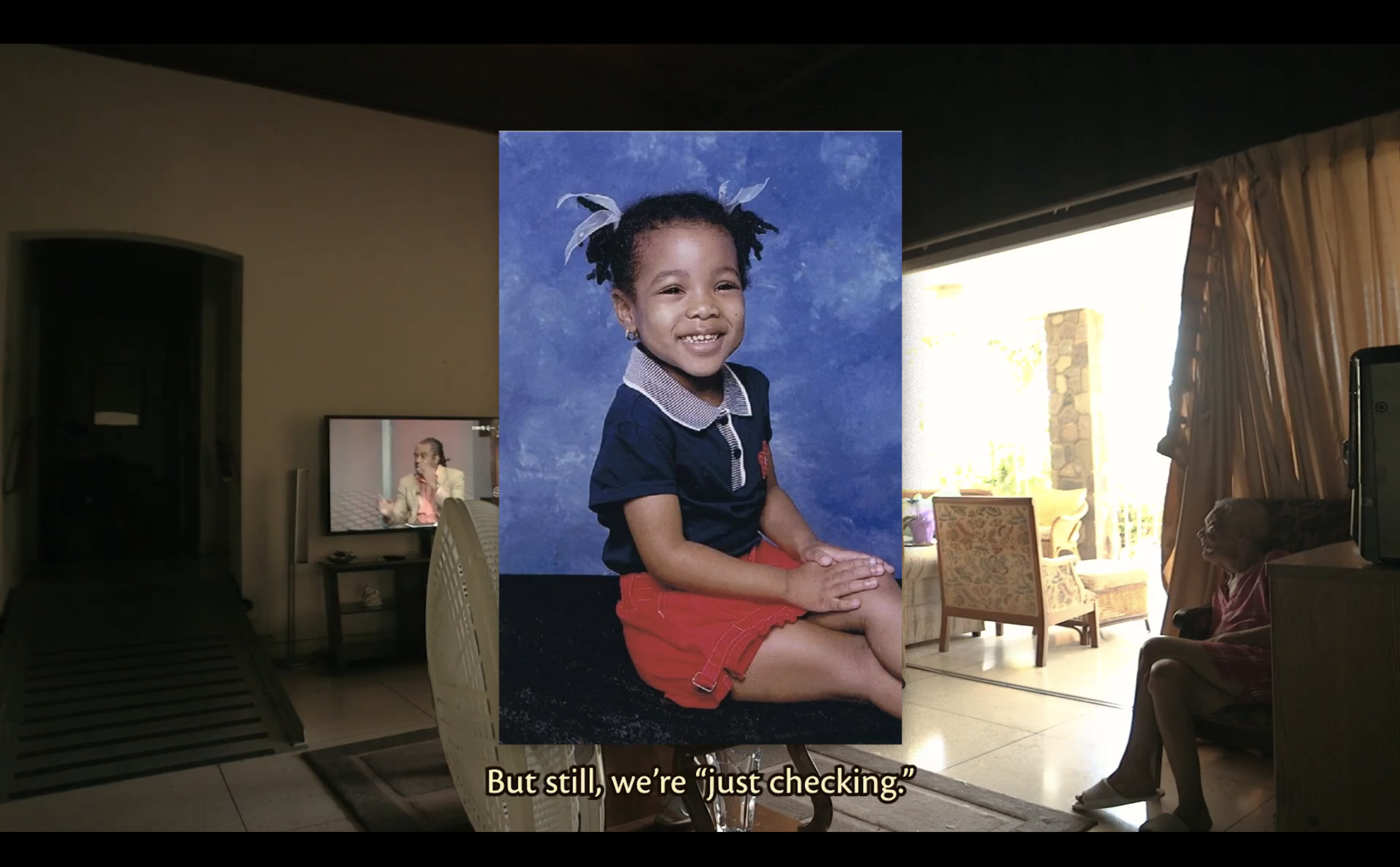
Soon Come Back
Nande Walter’s thesis film “Soon Come Back” is a journey into Jamaica and an odyssey through generations of family history. Outside of her filmmaking work, Nande is an avid researcher and creates a living, breathing family archive through images from the Jamaica civil registry, childhood diary entries and home videos. Most of the film is shot in Jamaica with Nande interviewing and visiting sites from her grandmother’s life. Nande takes beautiful license with these images, distorting them and oftentimes layering photos in magnificent collage. Her piece serves as a testament to Jamaica and its complex history and narratives around kinship.
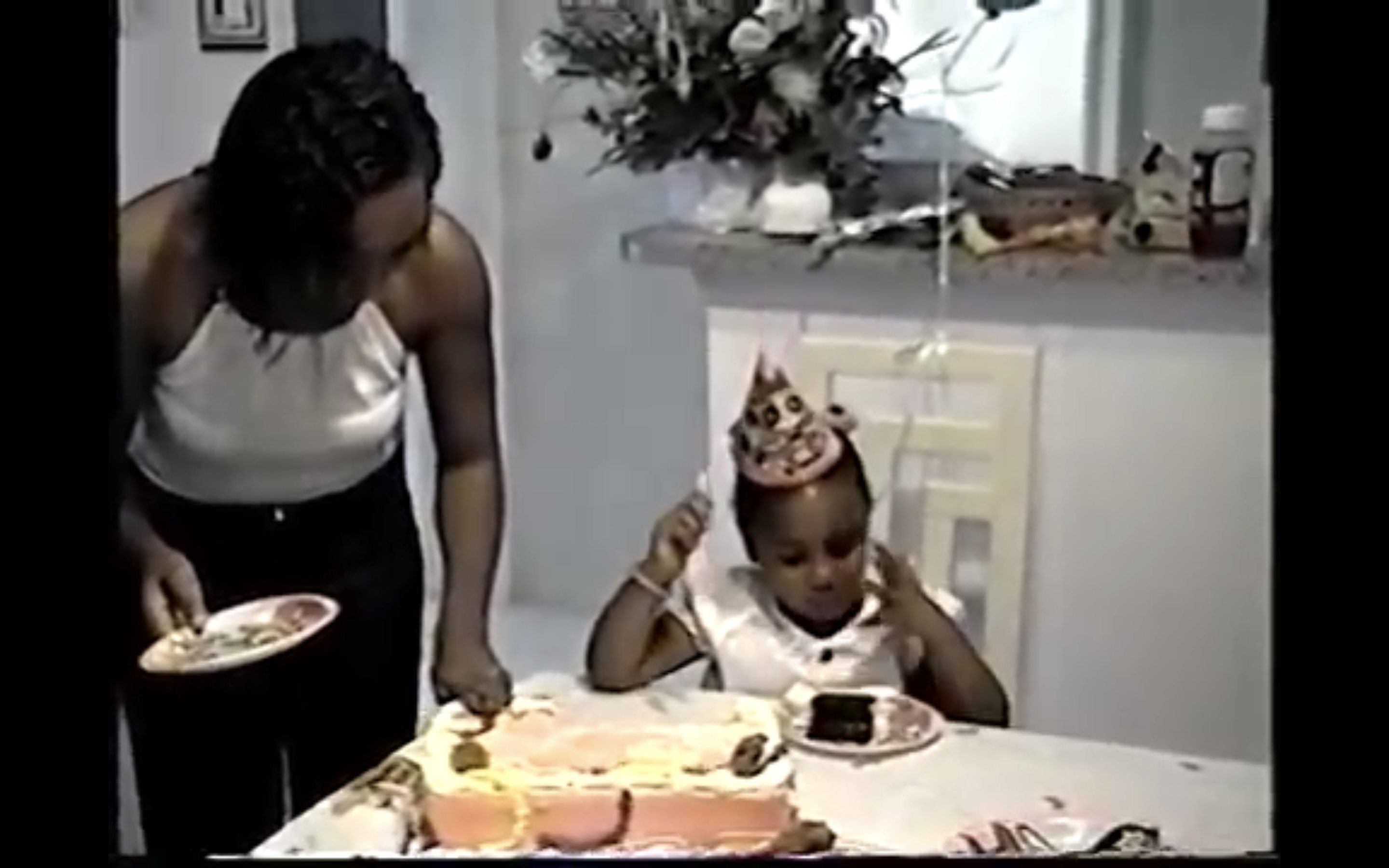
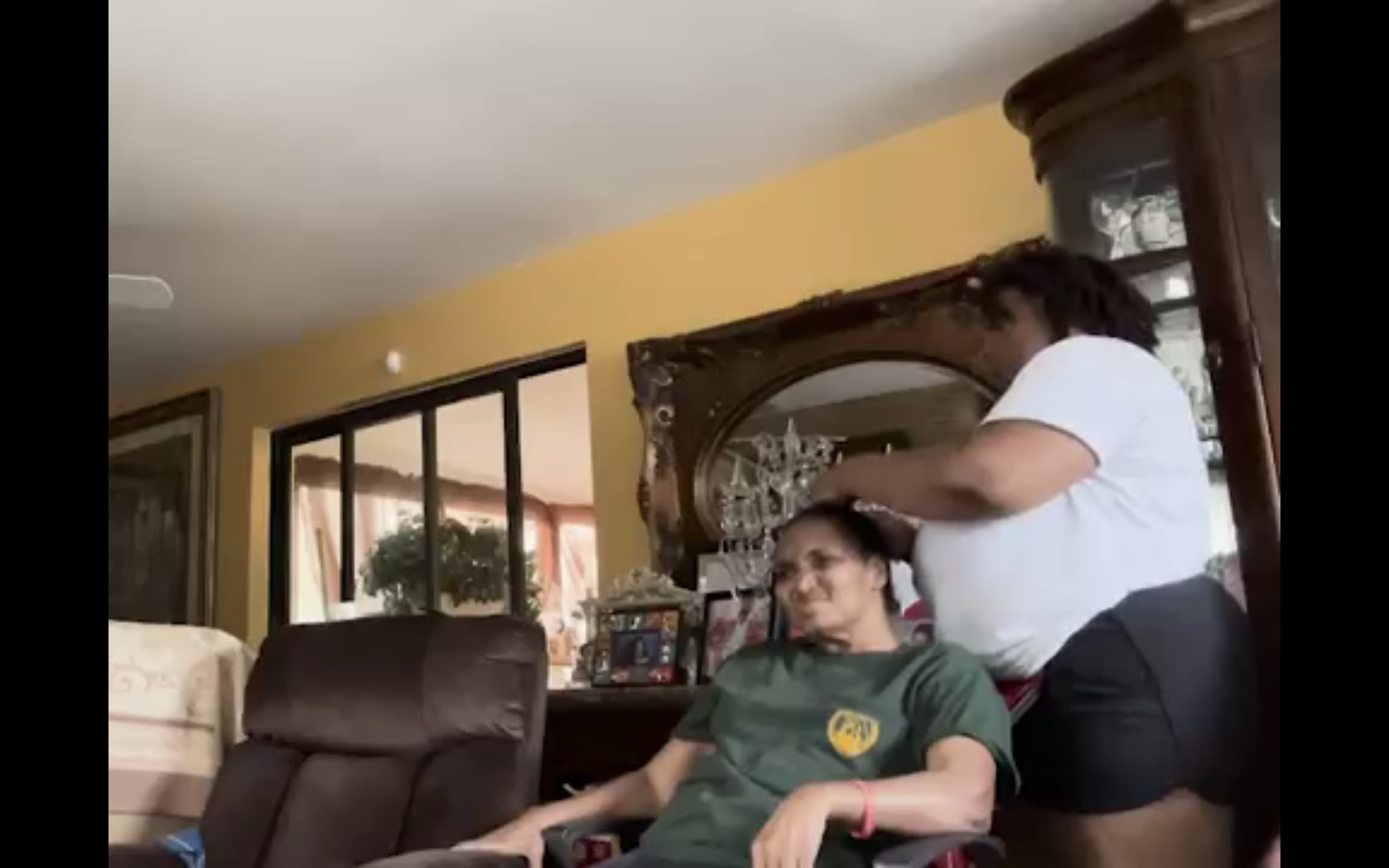
I Am Your Daughter
Jasmine Veronica’s film provides an intimate look into caretaking and its effect on familial dynamics. It begins with a home video of Jasmine celebrating her fourth birthday, surrounded by the quips and laughter of her family. Jasmine documents her relationship to her mother, who she’s taken care of since late adolescence following a medical emergency. She shows us the mundanity of this position from braiding her mother’s hair to talking through their relationship and taking her on walks. The piece ends with the image of Jasmine and her mother singing and dancing, the tenderness felt offscreen.
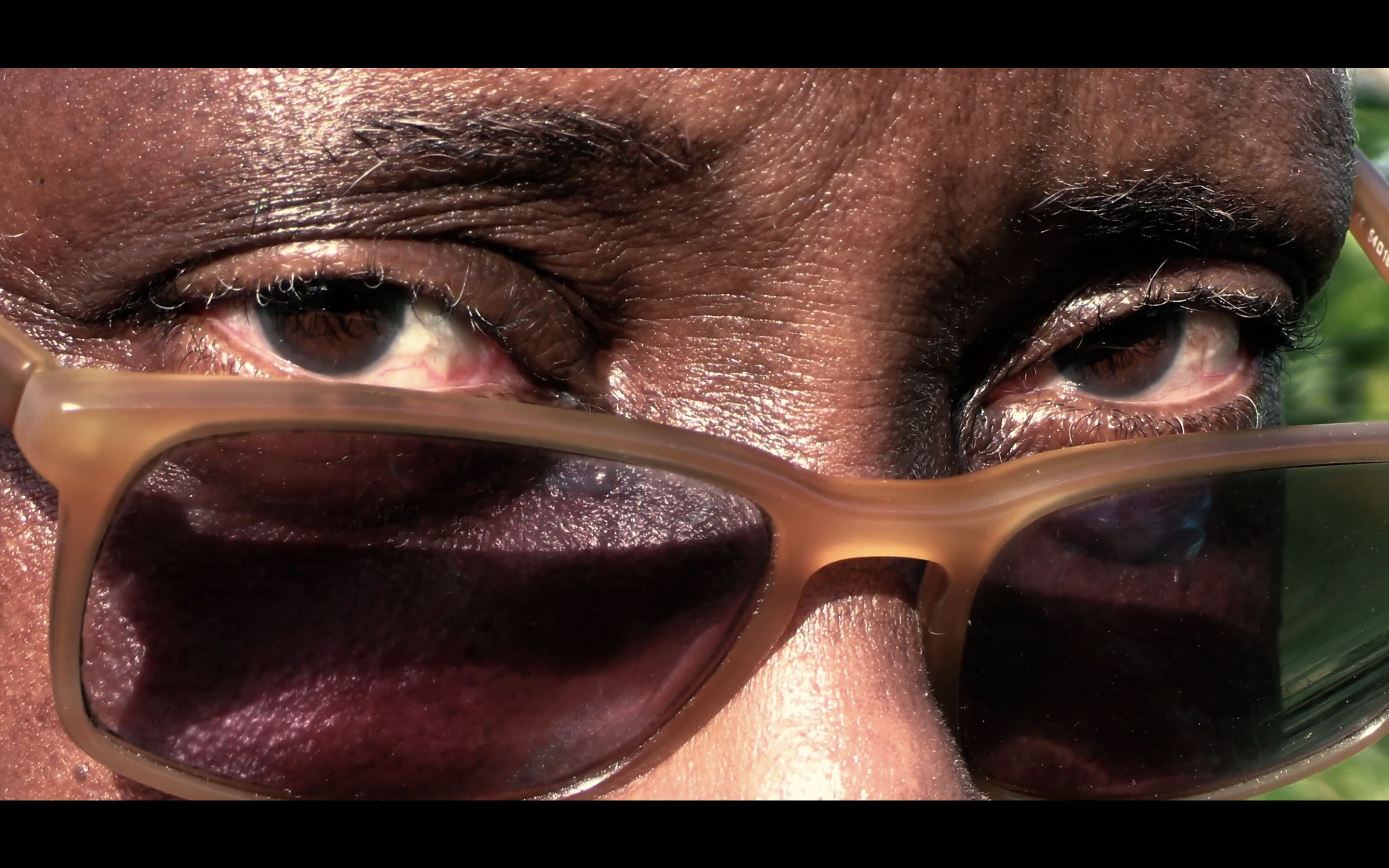
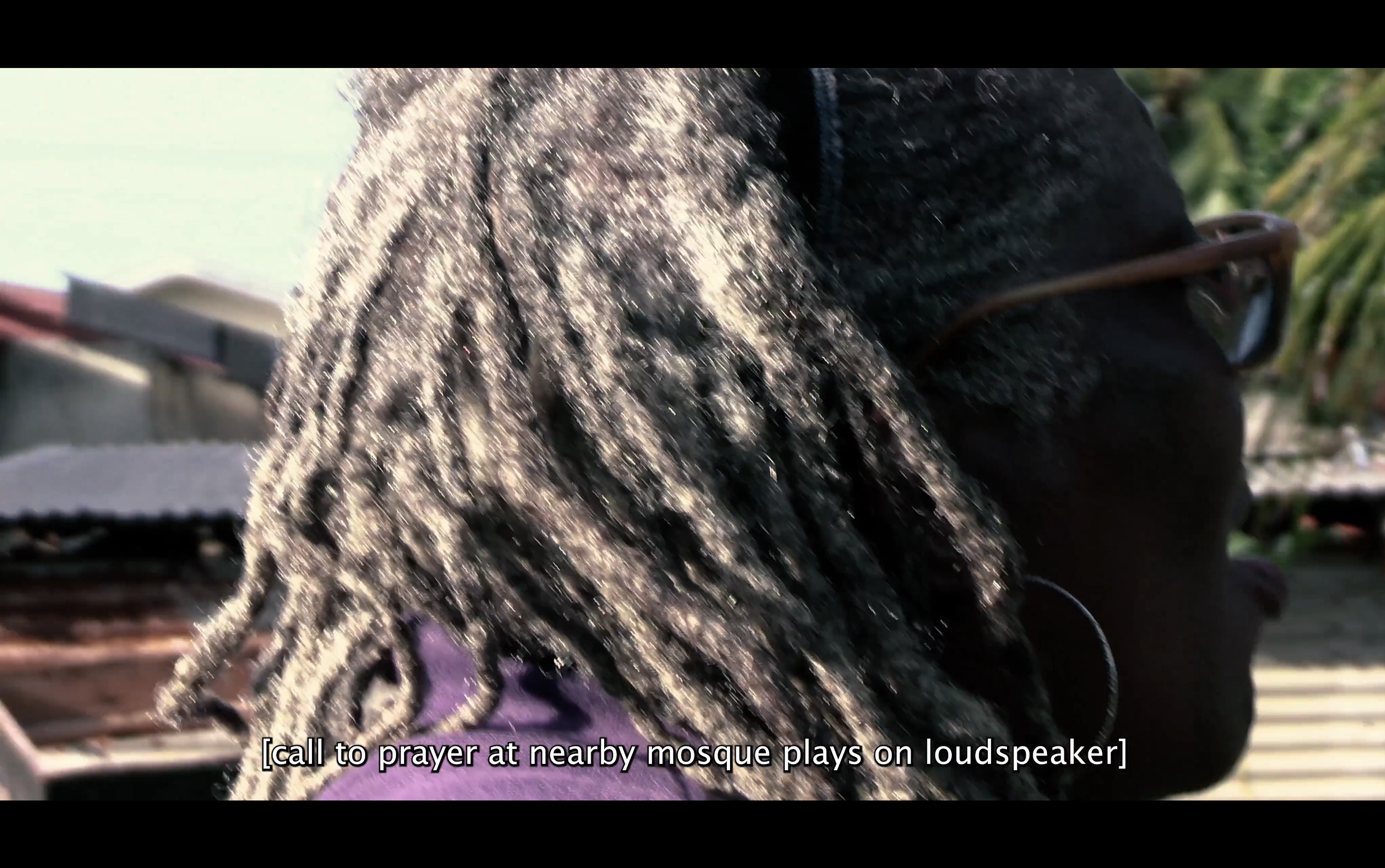
Ca(r)milla
Antidisciplinary artist Kearra Amaya Gopee weaves folklore, documentary and fiction in their piece “Ca(r)milla”. Shot in Carapichaima, Trinidad and Tobago, the piece is an engaging tapestry of Camilla’s daily life, expert testimony from a vampirologist and lush shots of Carapichaima’s community. The film is made in part to work through anticipatory grief following the filmmaker’s grandmother passing in 2021. Kearra uses this vampiric framework to explore ideas of death, immortality and cultural narratives around aging with their mother. Kearra’s mother Camilla Gopee, steals the show as a soucouyant -vampire entrepreneur with a bustling soil business.


How To Save A Dead Friend
Marusya Syroechkovskaya’s feature “How To Save A Dead Friend” is devastating. After the screening, the energy was palpable, we were all in shock and awe. Although the film’s first shots reveal that one of the subjects will die, watching his slow descent is another story. Filmed over the course of 12 years, mostly in Russia, Marusya documents her relationship with Kimi. Their love story is one for the ages but their dynamic slowly changes as Kimi descends deeper and deeper into his depression and drug addiction. Marusya uses a wide variety of mediums from super 8 to camcorders, home video and photos. In the end her film serves as a testament to the tragedy, lack of societal support and medicalization that negatively impacts addicts across the world.

